A Preliminary Survey of Vietnam Ba Ria
Tang Wreck and Comparison with Artefacts from the Belitung Wreck
In 2019 many Tang shipwrecked ceramics started to appear in the antique markets in Vietnam. Many of the artefacts ended up in China and caused quite a stir of excitement in the collectors circle. Subsequently, it was ascertained that the wreck was in the sea near Ba Ria in Southern Vietnam.
The cargo consisted of large quantity of white and lead green/ yellow glaze wares from Northern China kilns. There are also significant quantity of Changsha wares. Other wares in smaller amount included Yue wares, Guangdong Mexian Shuiche (广东梅县水车窑) green glaze bowls and Guangdong green glaze big jars . The cargo composition is quite similar to that from the Belitung wreck. A significant numbers have similar vessel forms and decorative stylles. However, in the case of Belitung wreck, Changsha wares predominated. Overall, those from the Belitung wreck are of higher quality.
In 2019 many Tang shipwrecked ceramics started to appear in the antique markets in Vietnam. Many of the artefacts ended up in China and caused quite a stir of excitement in the collectors circle. Subsequently, it was ascertained that the wreck was in the sea near Ba Ria in Southern Vietnam.
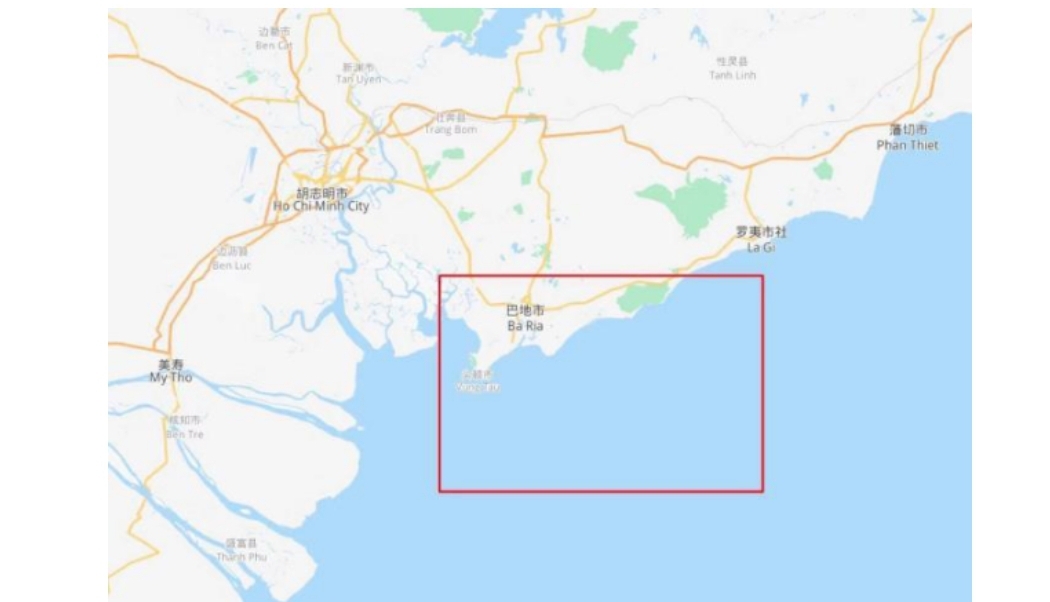 |
| Location of the Tang Wreck |
The cargo consisted of large quantity of white and lead green/ yellow glaze wares from Northern China kilns. There are also significant quantity of Changsha wares. Other wares in smaller amount included Yue wares, Guangdong Mexian Shuiche (广东梅县水车窑) green glaze bowls and Guangdong green glaze big jars . The cargo composition is quite similar to that from the Belitung wreck. A significant numbers have similar vessel forms and decorative stylles. However, in the case of Belitung wreck, Changsha wares predominated. Overall, those from the Belitung wreck are of higher quality.
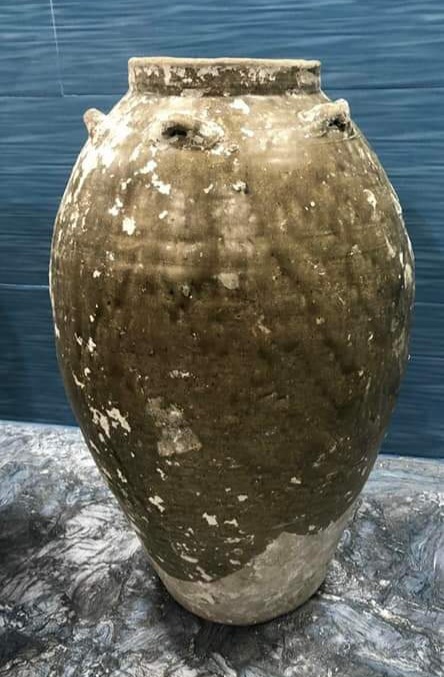 |
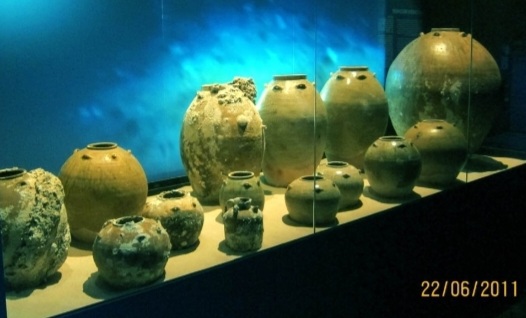 |
| Ba Ria wreck Guangdong green glaze jar | Belitung wreck Guangdong big and small green glaze jars |
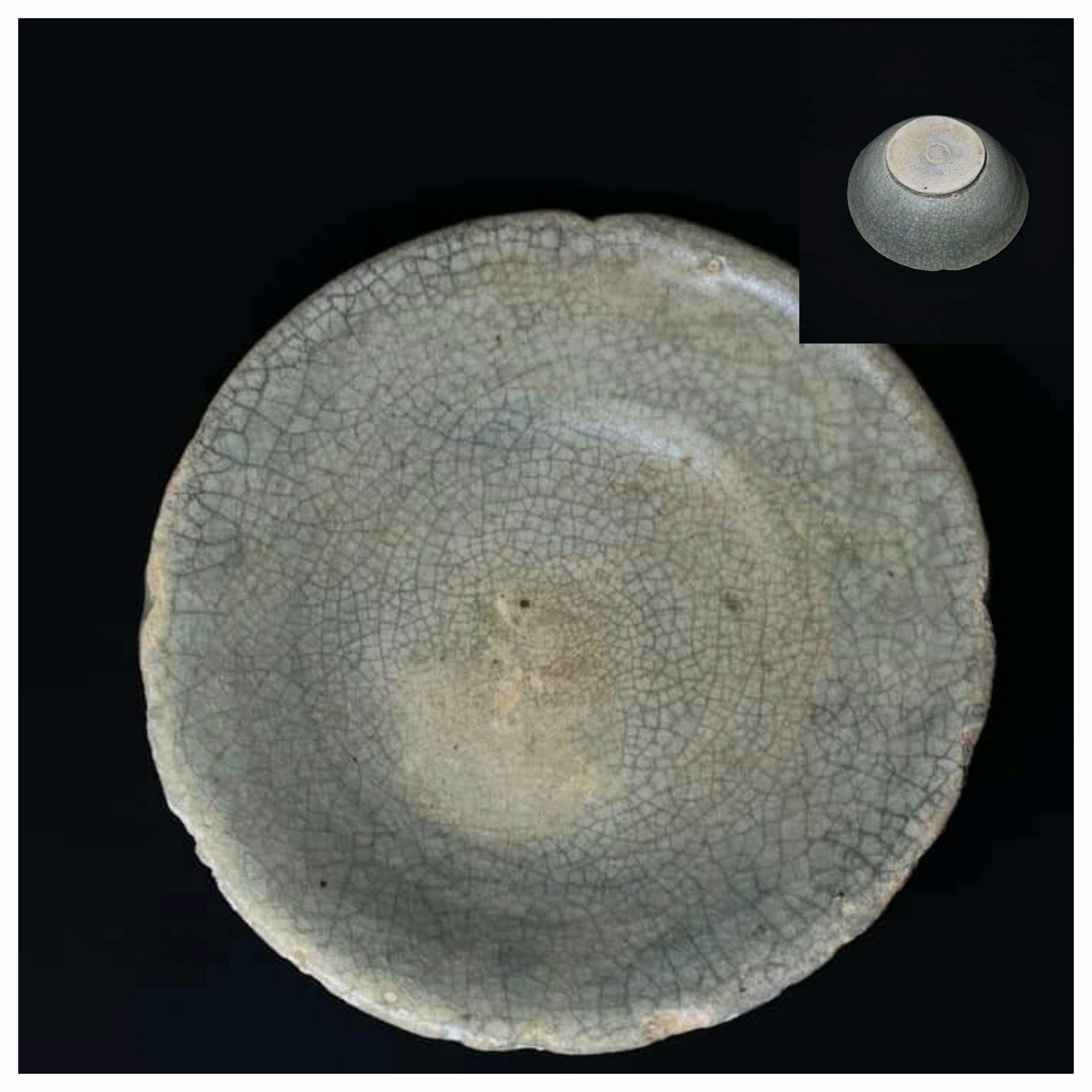 |
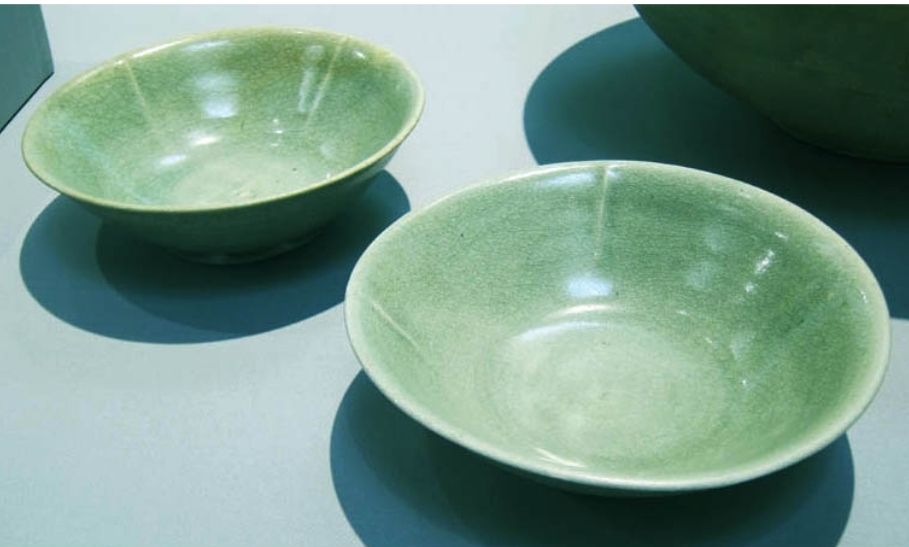 |
| Ba Ria wreck green glaze bowl from Guangdong Mexian Shuiche kiln | Belitung wreck green glaze bowls from Mexian Shuiche kiln |
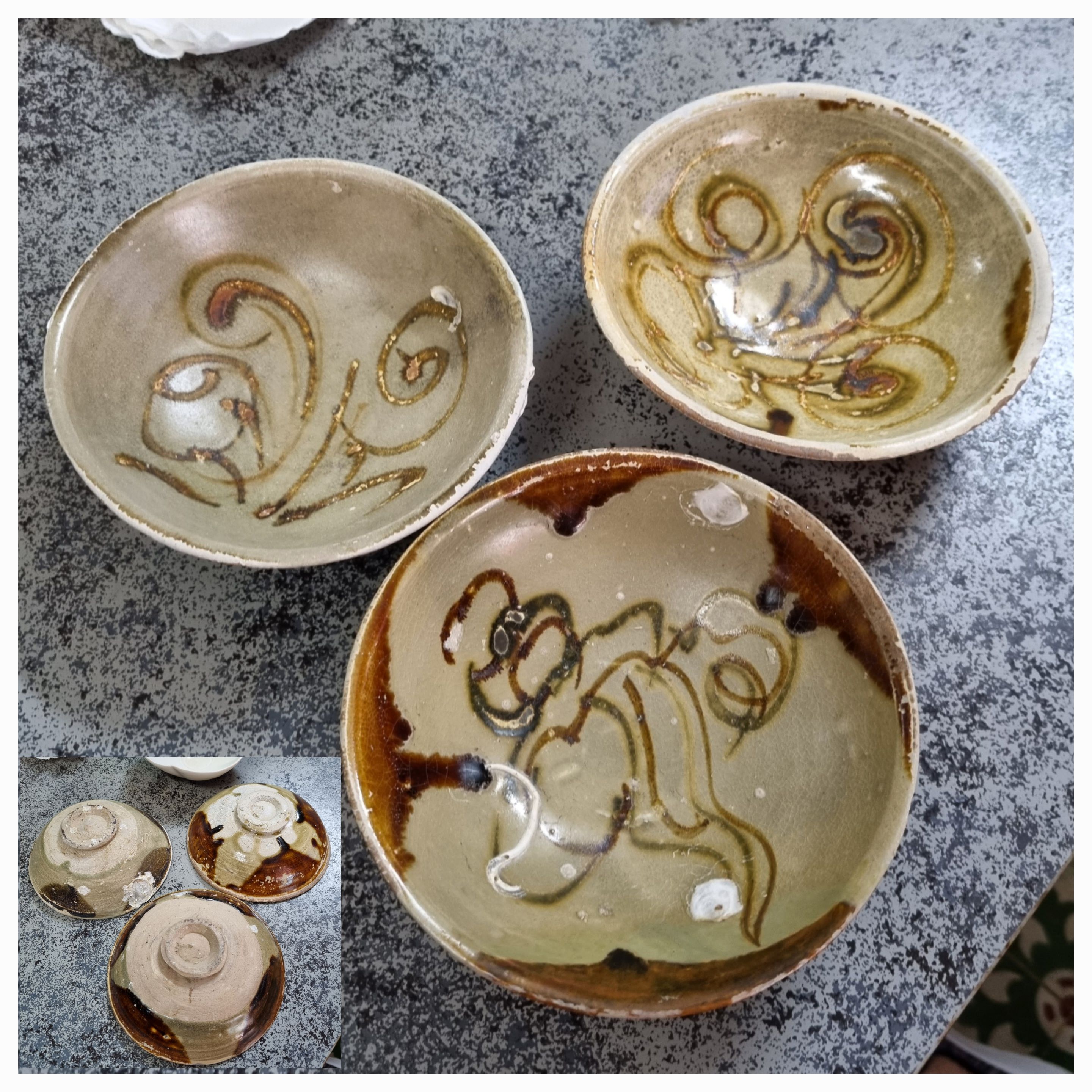 |
|
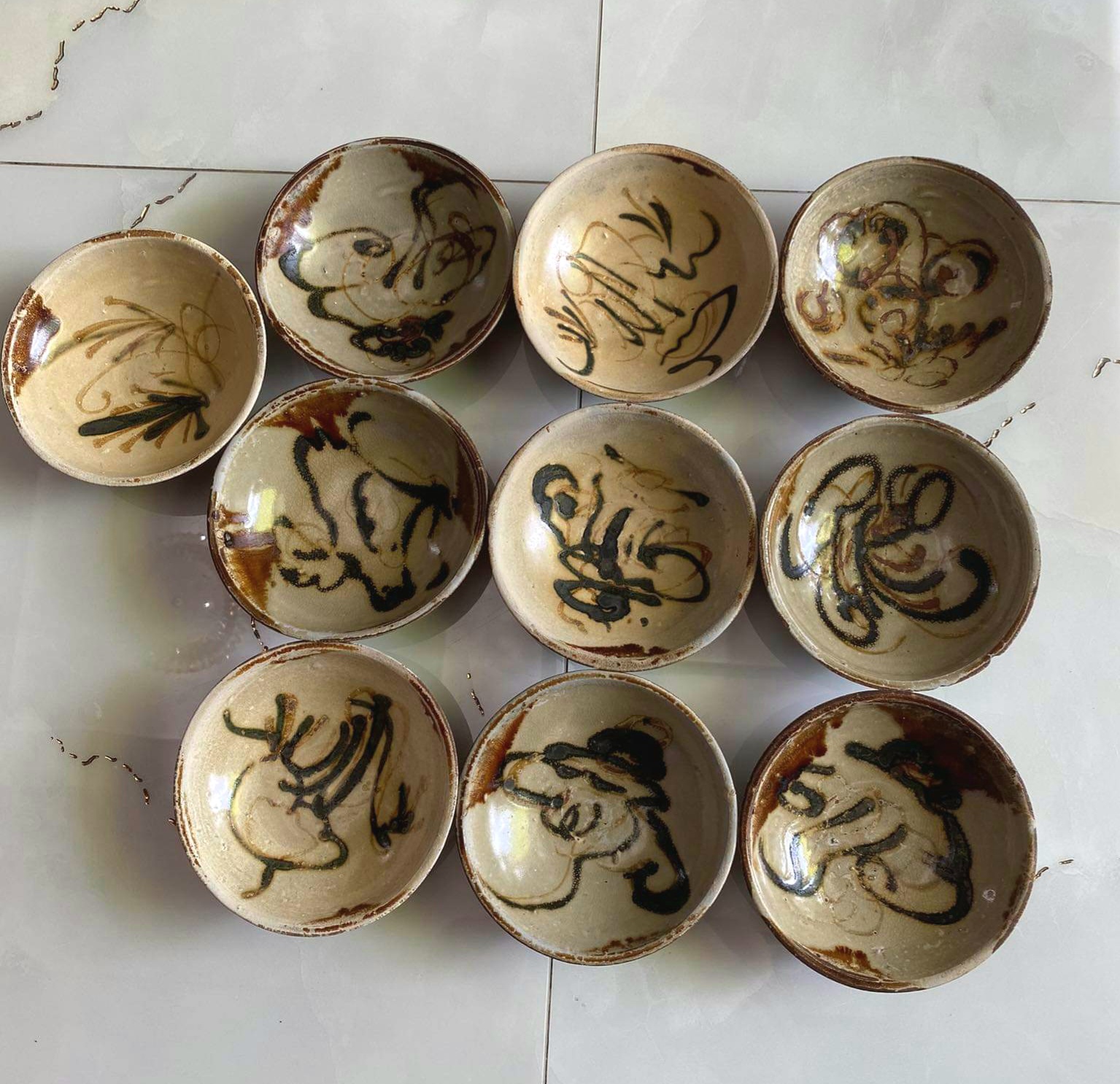 |
|
| In comparison, the
painted decoration on the Changsha bowls from the Ba Ria wreck
(Left) is more poorly executed compared with that from the
Belitung wreck (Right). The range of motifs from the
Belitung wreck is also much more varied. |
|
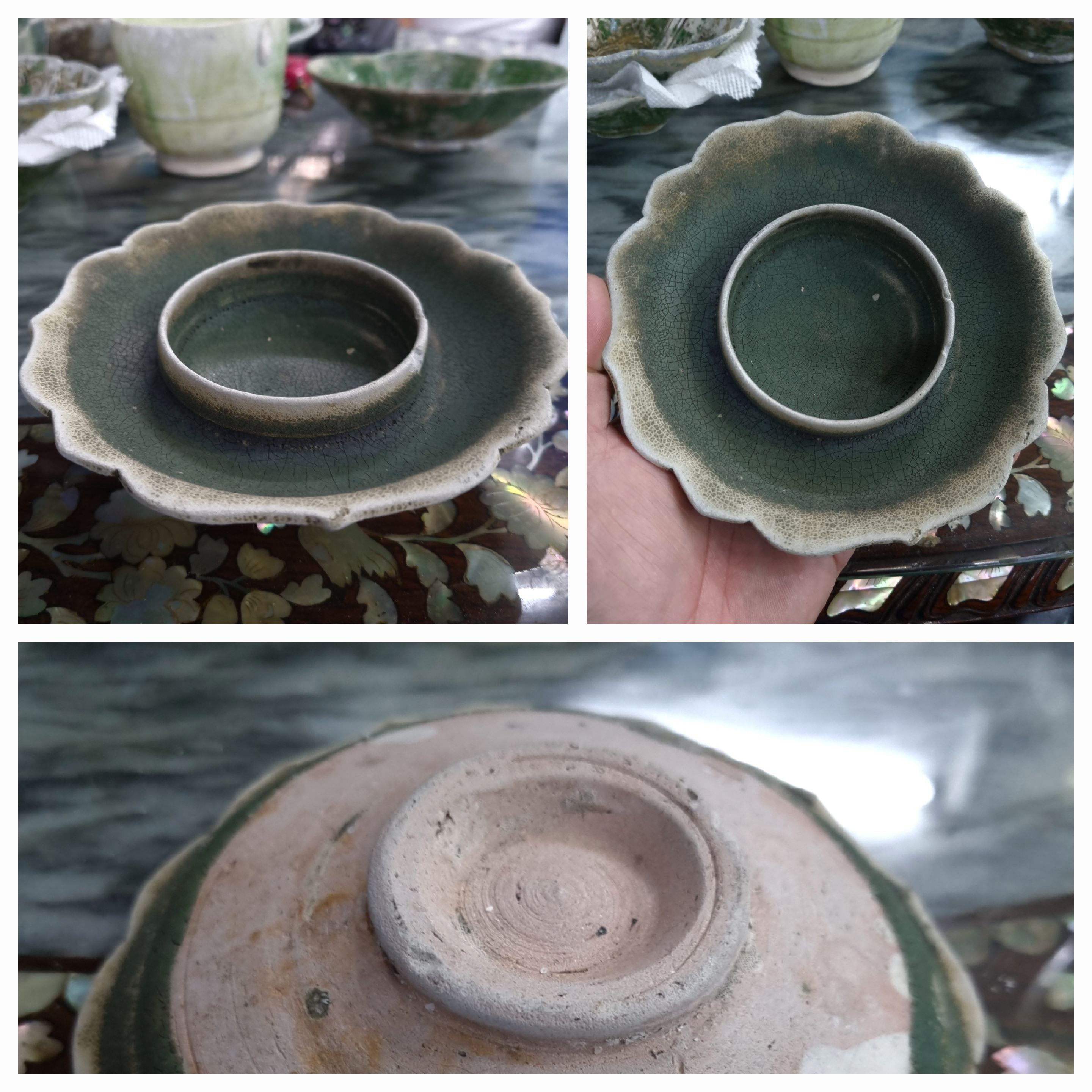 |
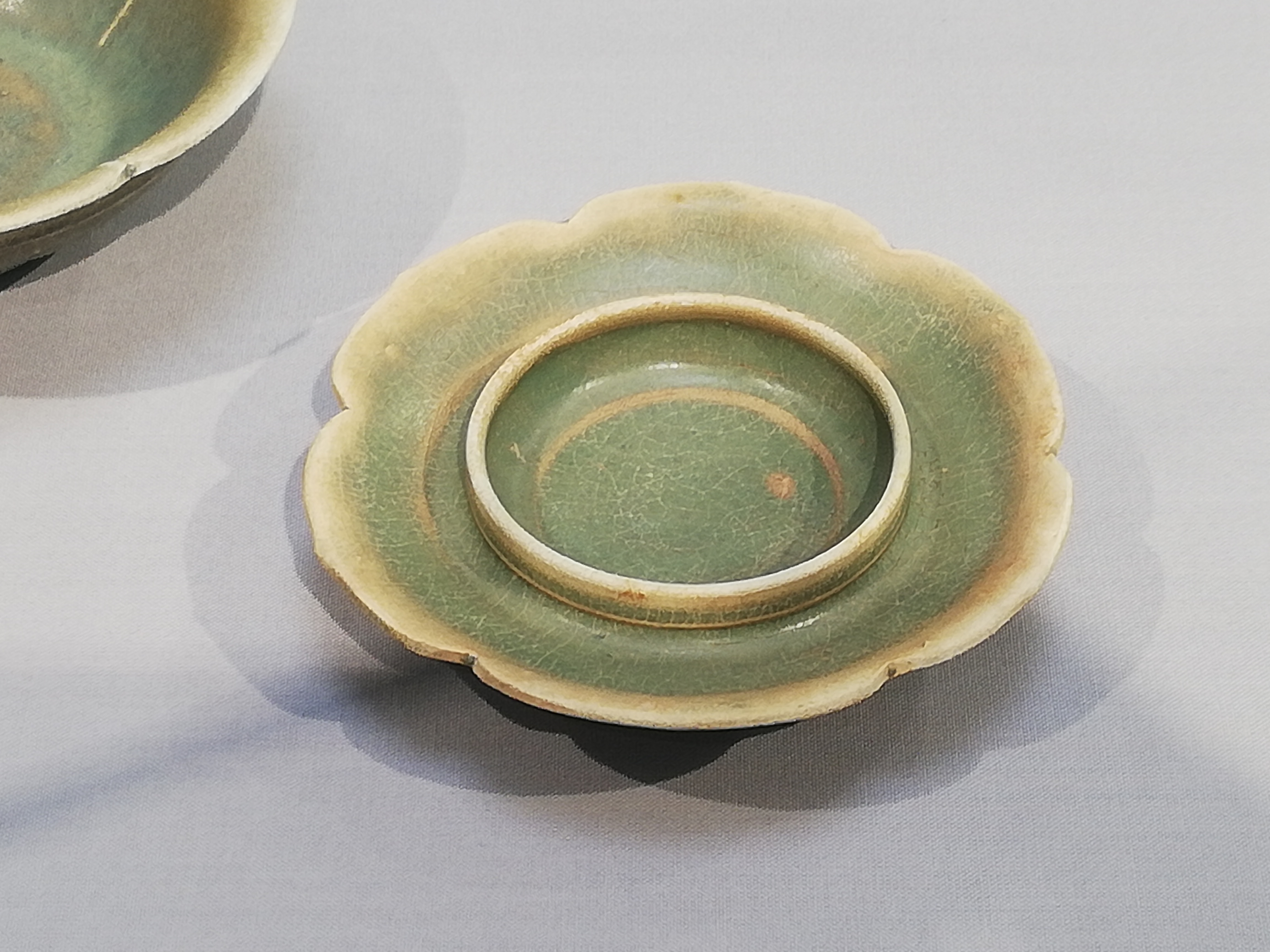 |
| Ba ria Wreck Bluish glaze Changsha cupstand | Belitung Wreck Bluish galze Changsha cupstand |
 |
|
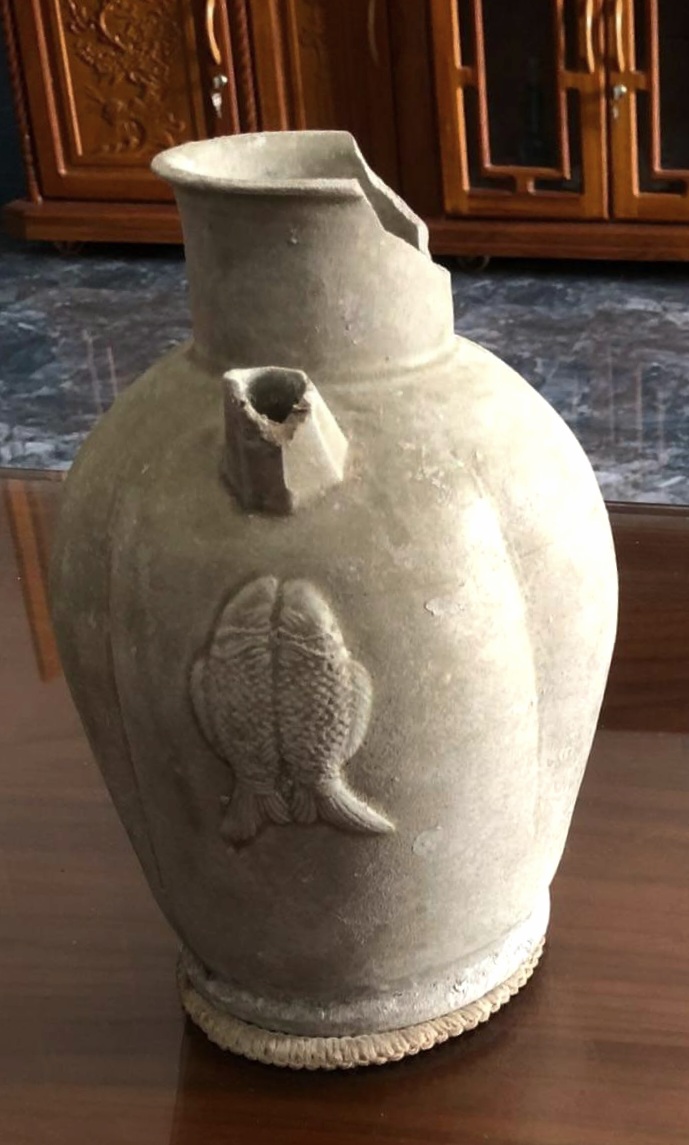 |
|
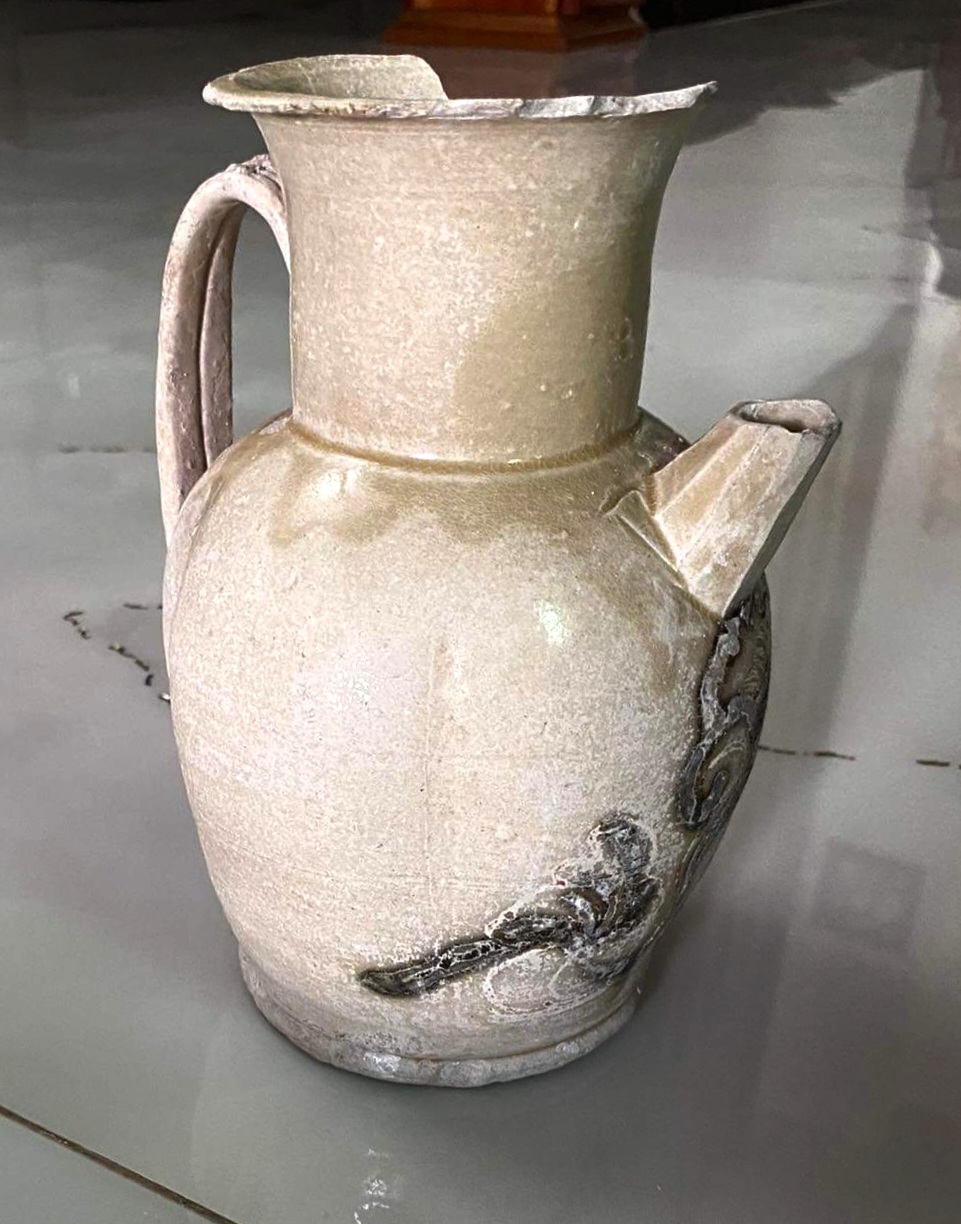 |
|
 |
|
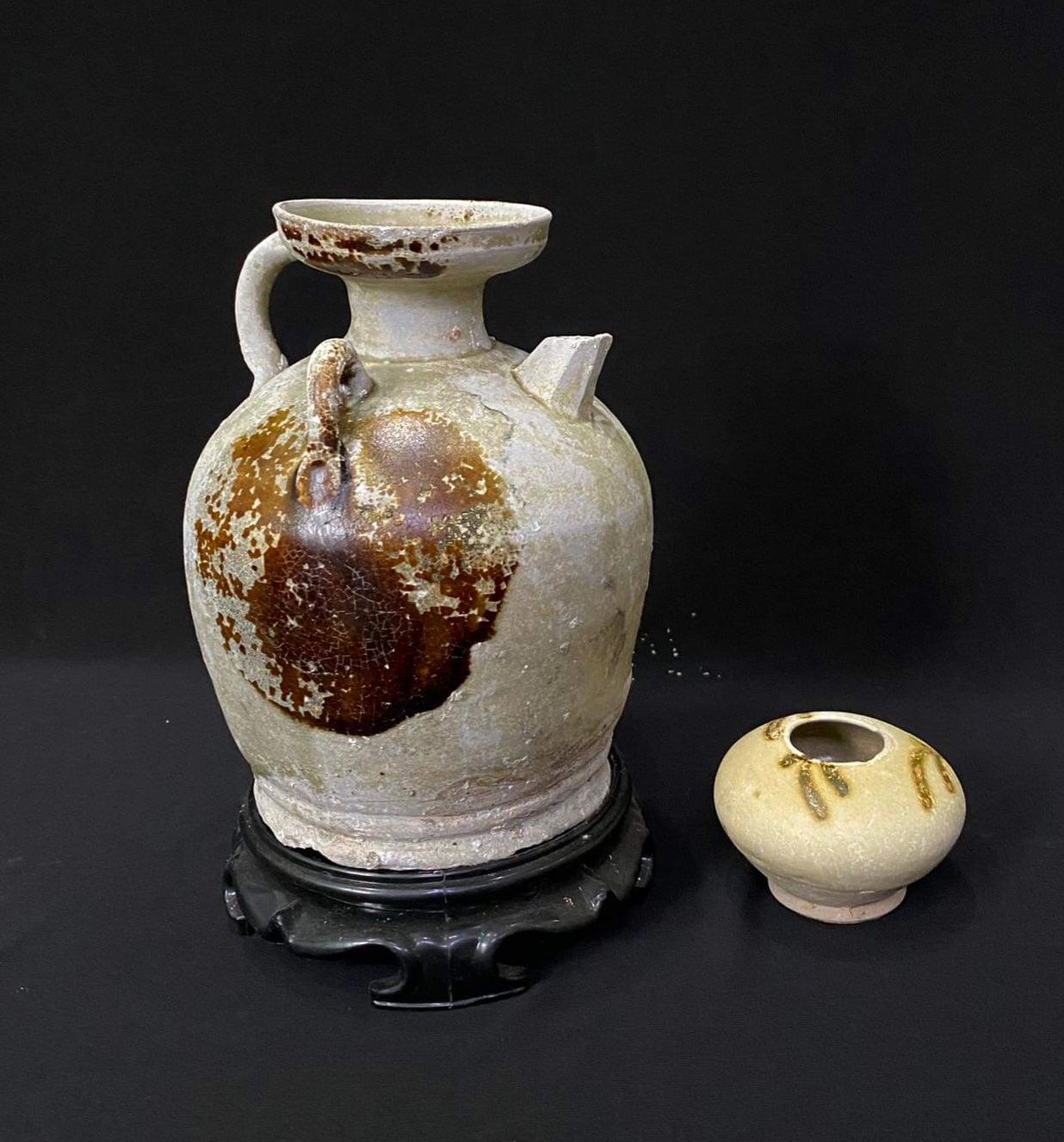 |
|
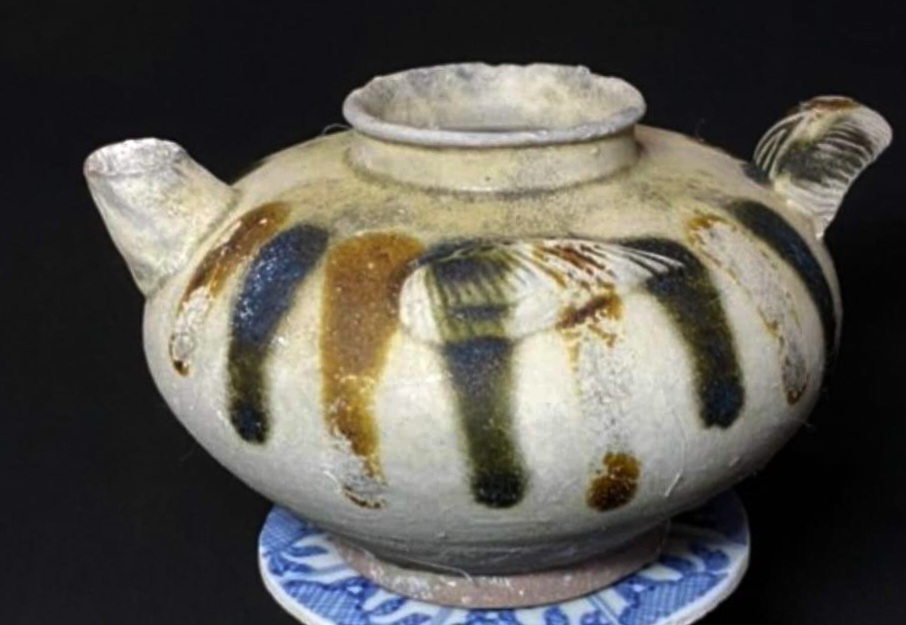 |
|
| Various form of Changsha ewers and small pots are also found in the Ba Ria wreck. Comparable examples were also found in the Belitung wreck. (Photo Credit: Thien Tong) | |
 |
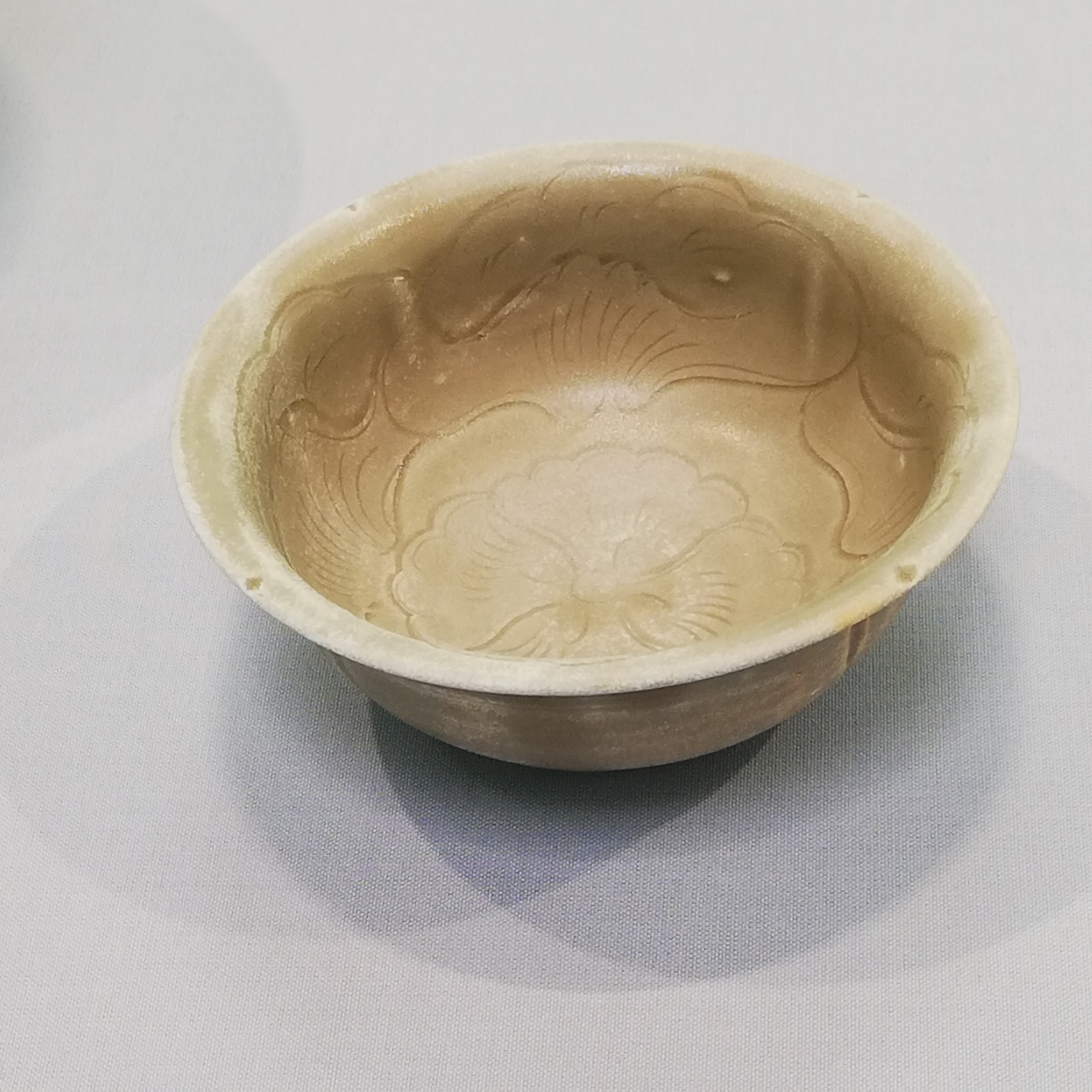 |
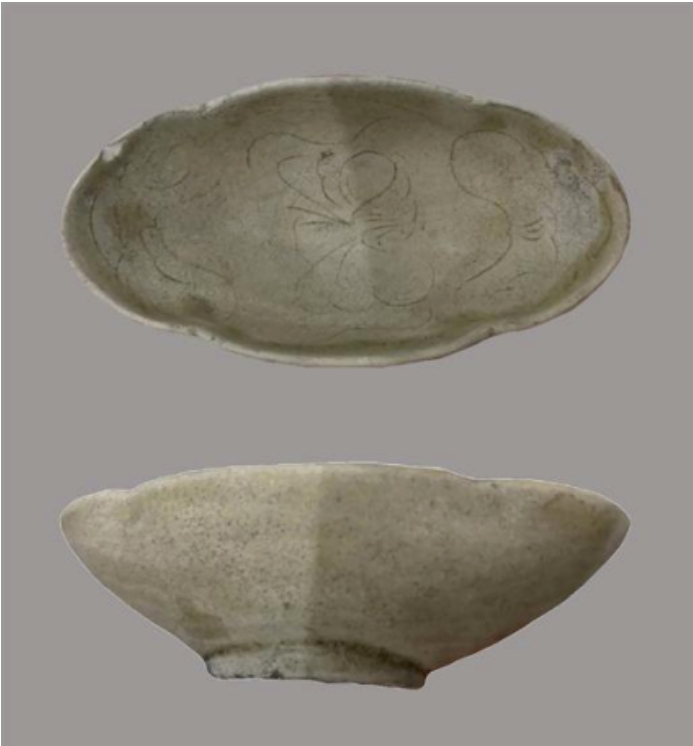 |
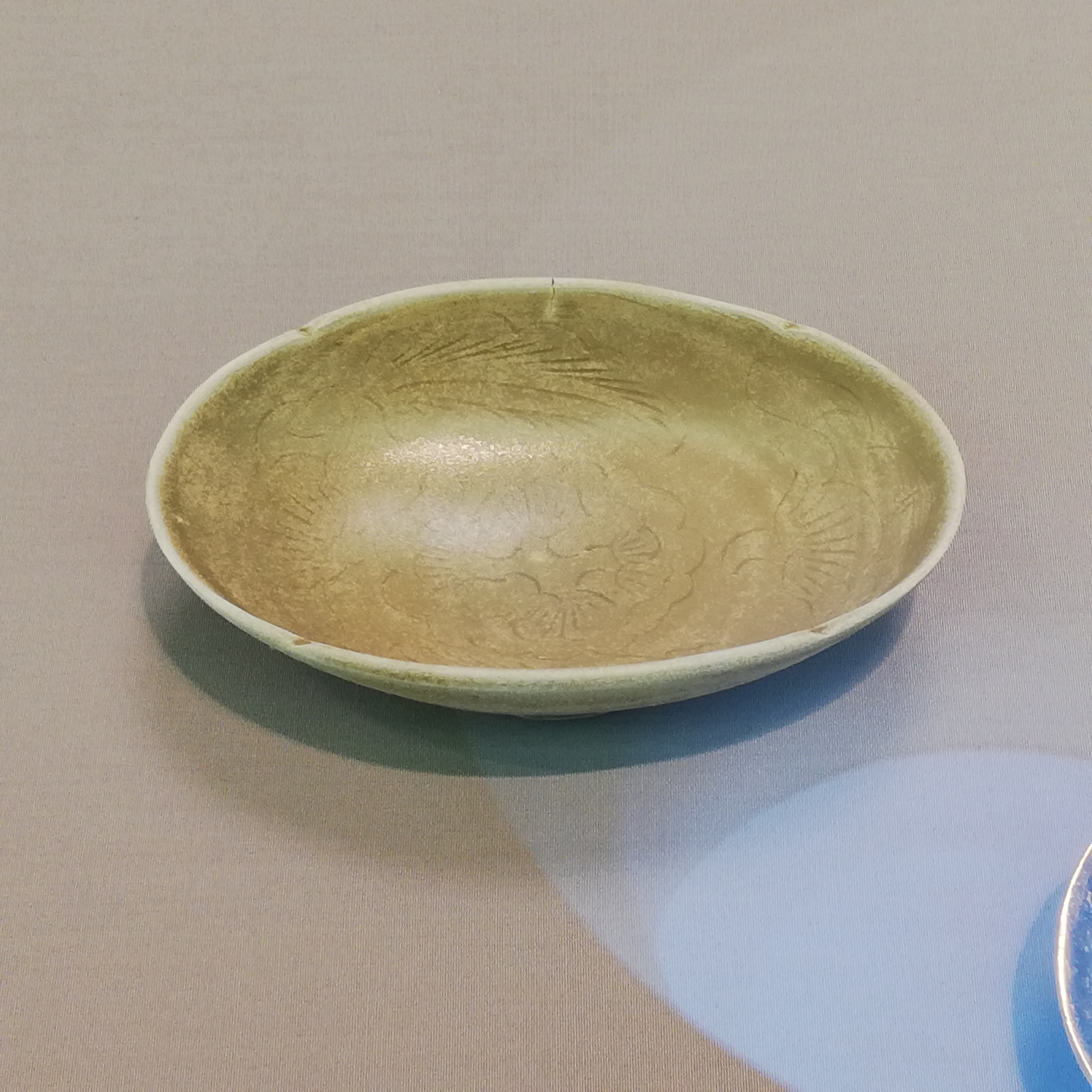 |
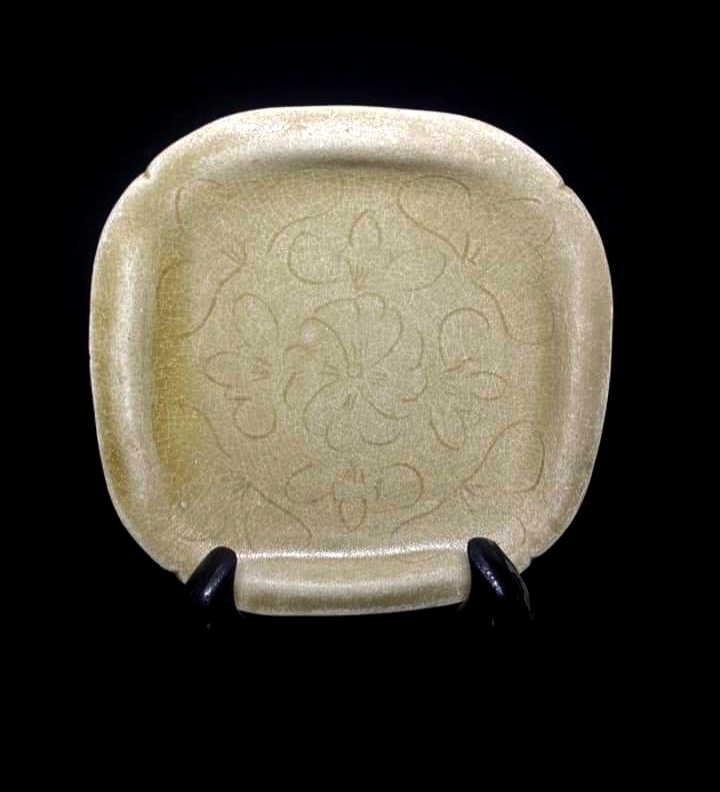 |
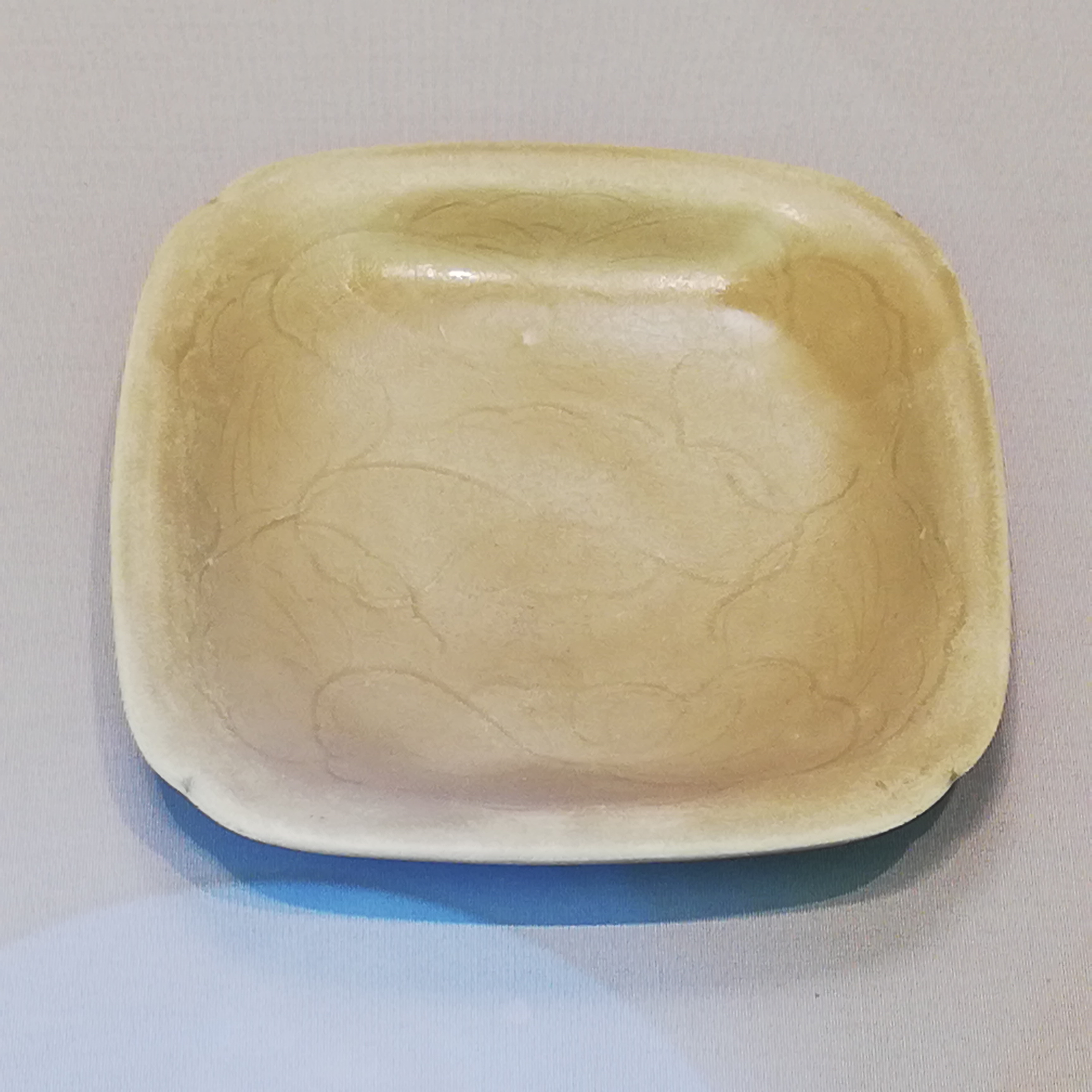 |
 |
 |
| Comparable Yue wares from Ba Ria (left) and Belitung wreck | |
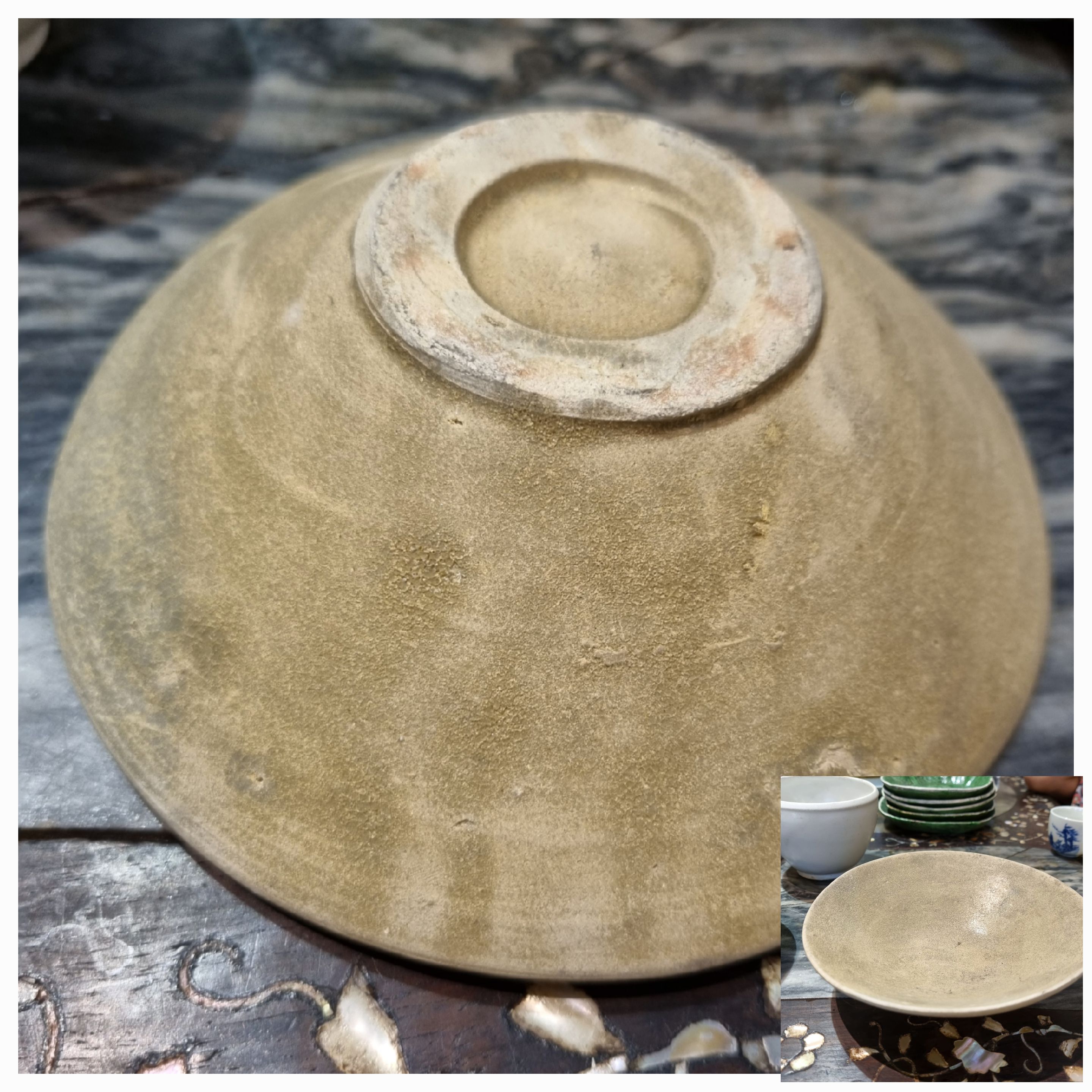 |
| Ba Ria wreck Yue Yu bi base bowl. Similar bowls were also found in the Belitung wreck |
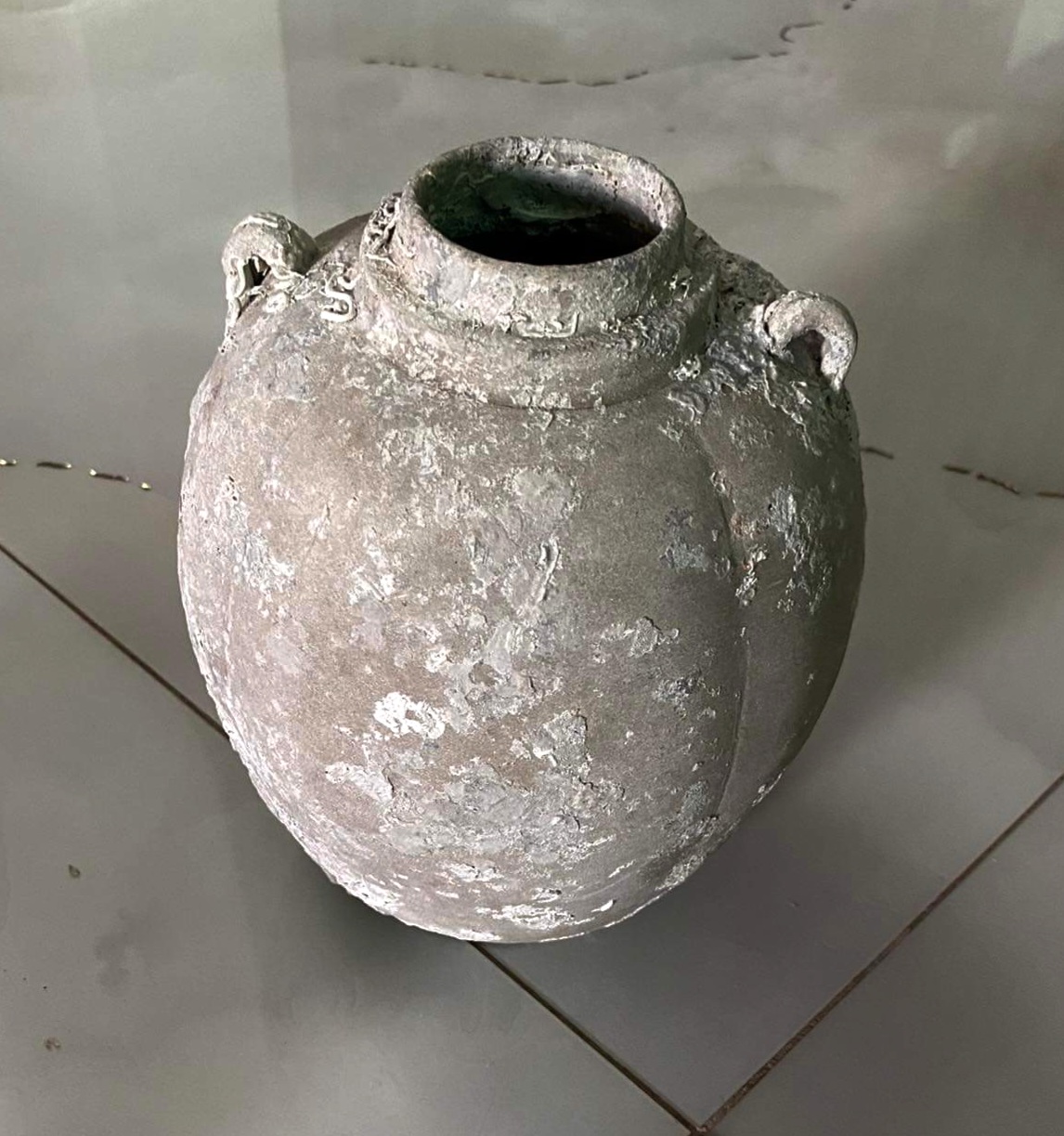 |
| Ba Ria wreck Yue jar with cover missing |
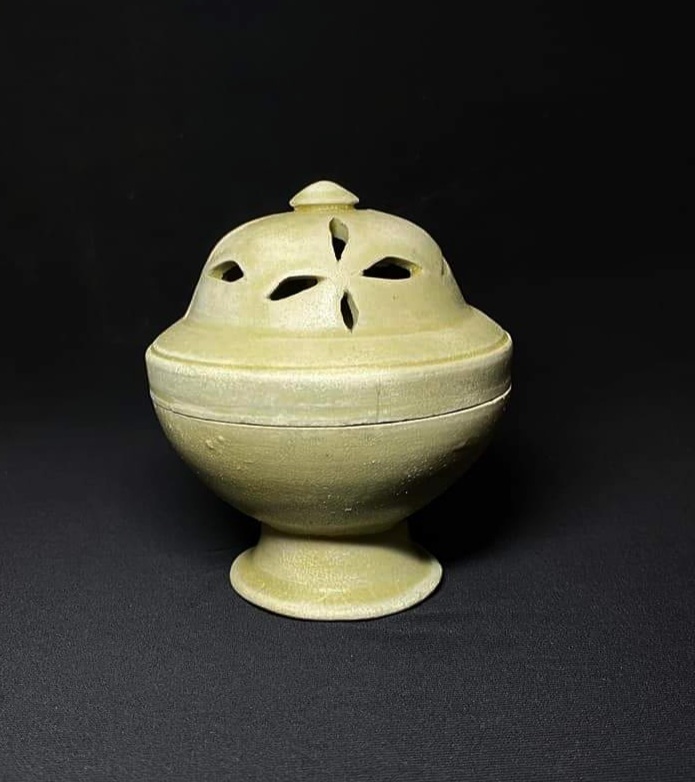 |
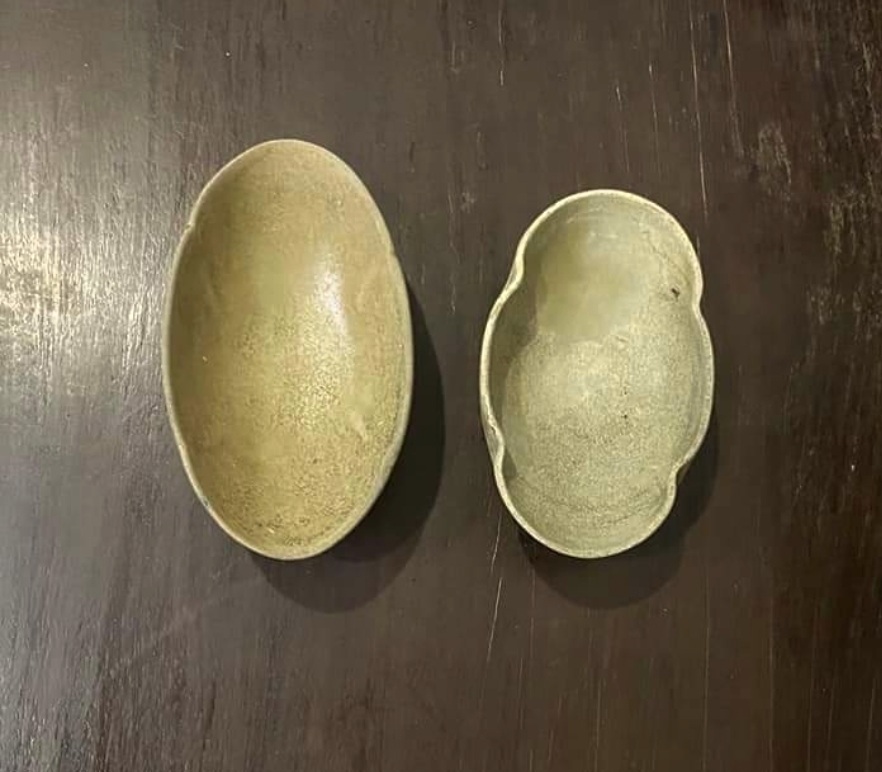 |
| Ba Ria wreck Yue Censer and oval shaped cups. (Photo credit: Thien Tong) |
Northern kiln white glaze wares were found in large quanity in the Ba Ria wreck. There are also more variety of forms as compared to the Belitung wreck which has relatively few white wares mainly from Xing and Henan Gongxian kilns. A white glaze bowl with folded rim from Ba Ria wreck was donated to the Bejing University by a Chinese collector. Scientific analysis was conducted and it was determined that it was not from Xing or Gongxian kiln. However, the white glaze bowls from the Ba Ria wreck came in a range of quality and the probability that they originated from several different Northern China kilns could not be ruled out.
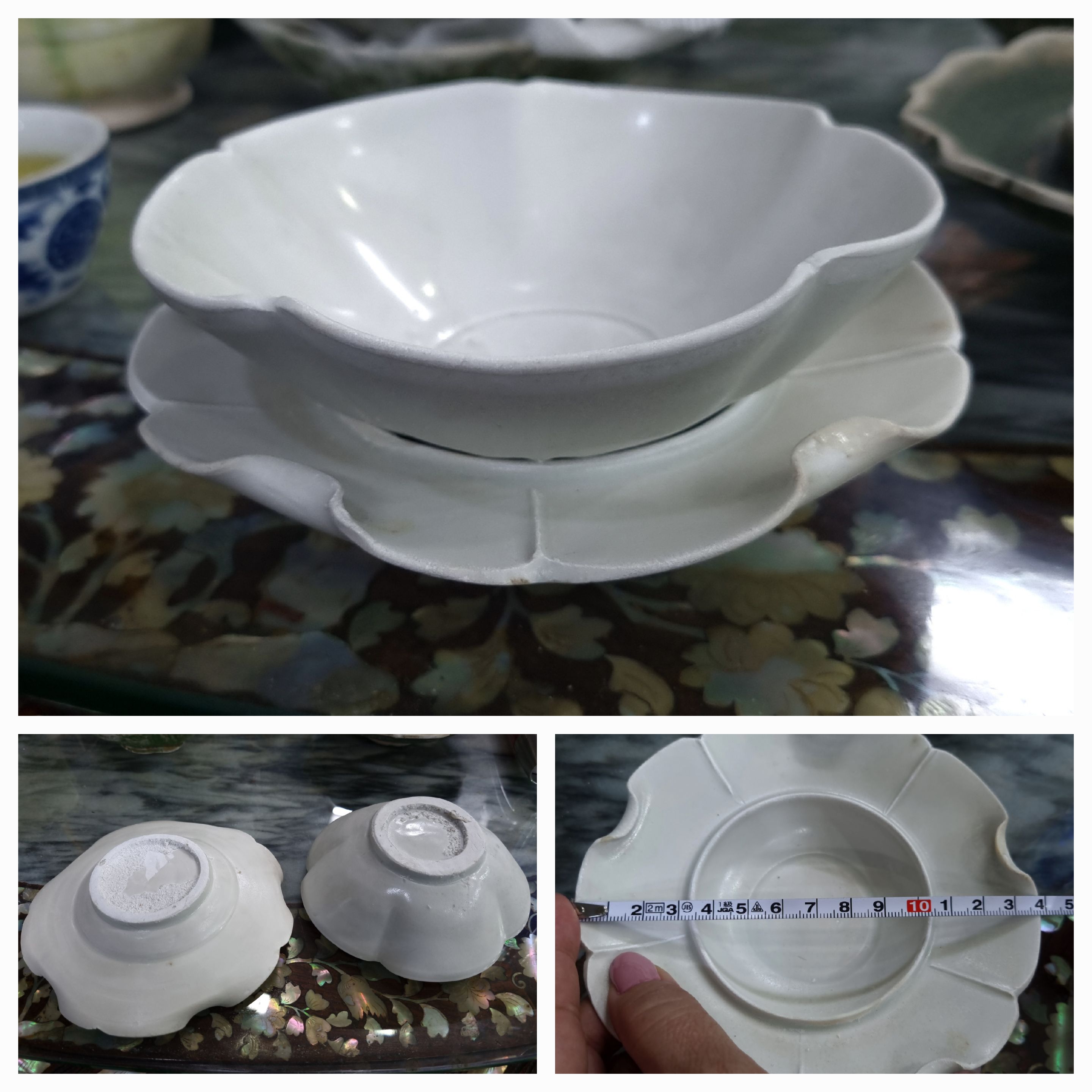 |
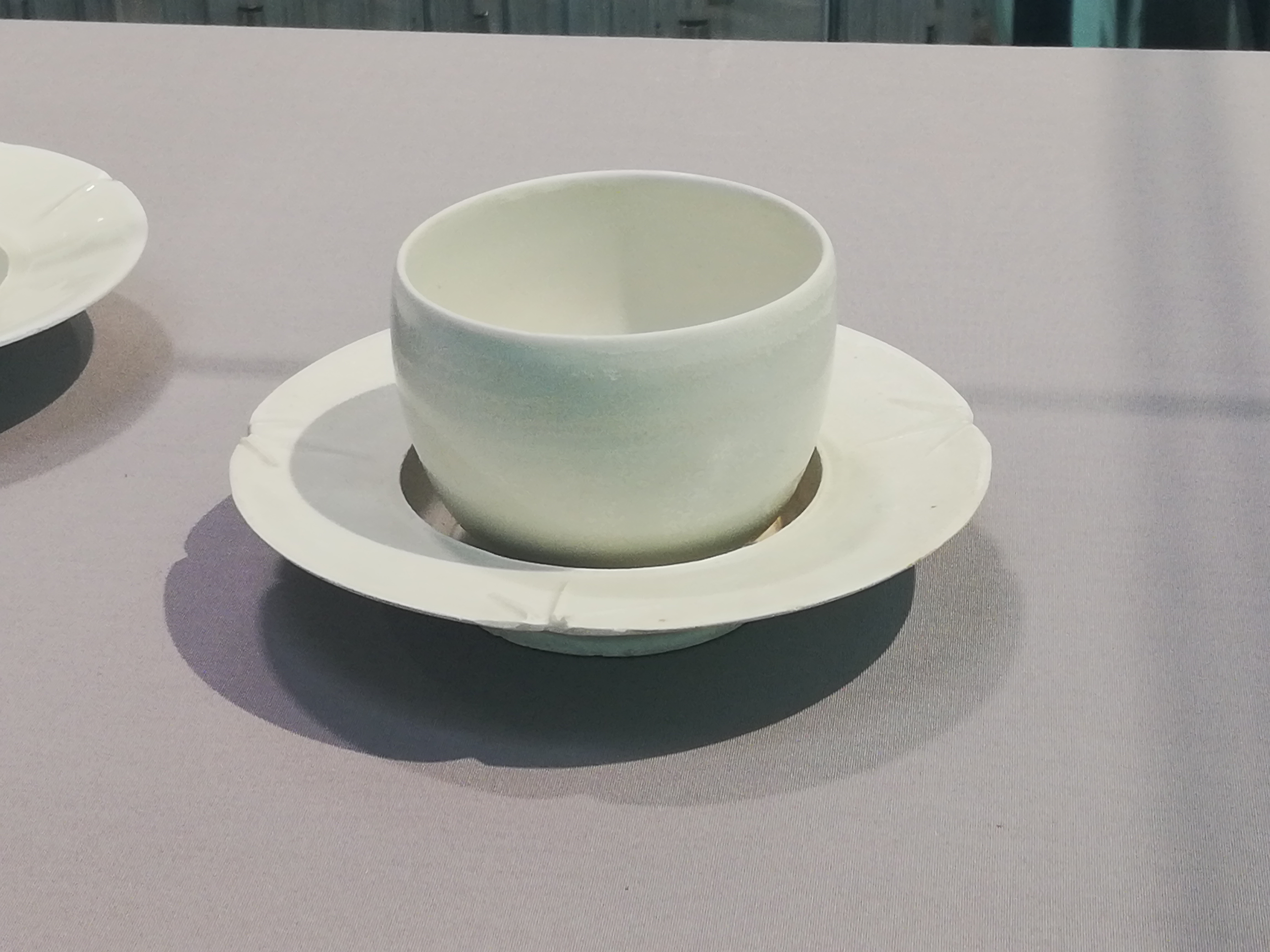 |
| Comparison of cup and cup/stand set from Ba Ria (left) and Belitung wreck. | |
 |
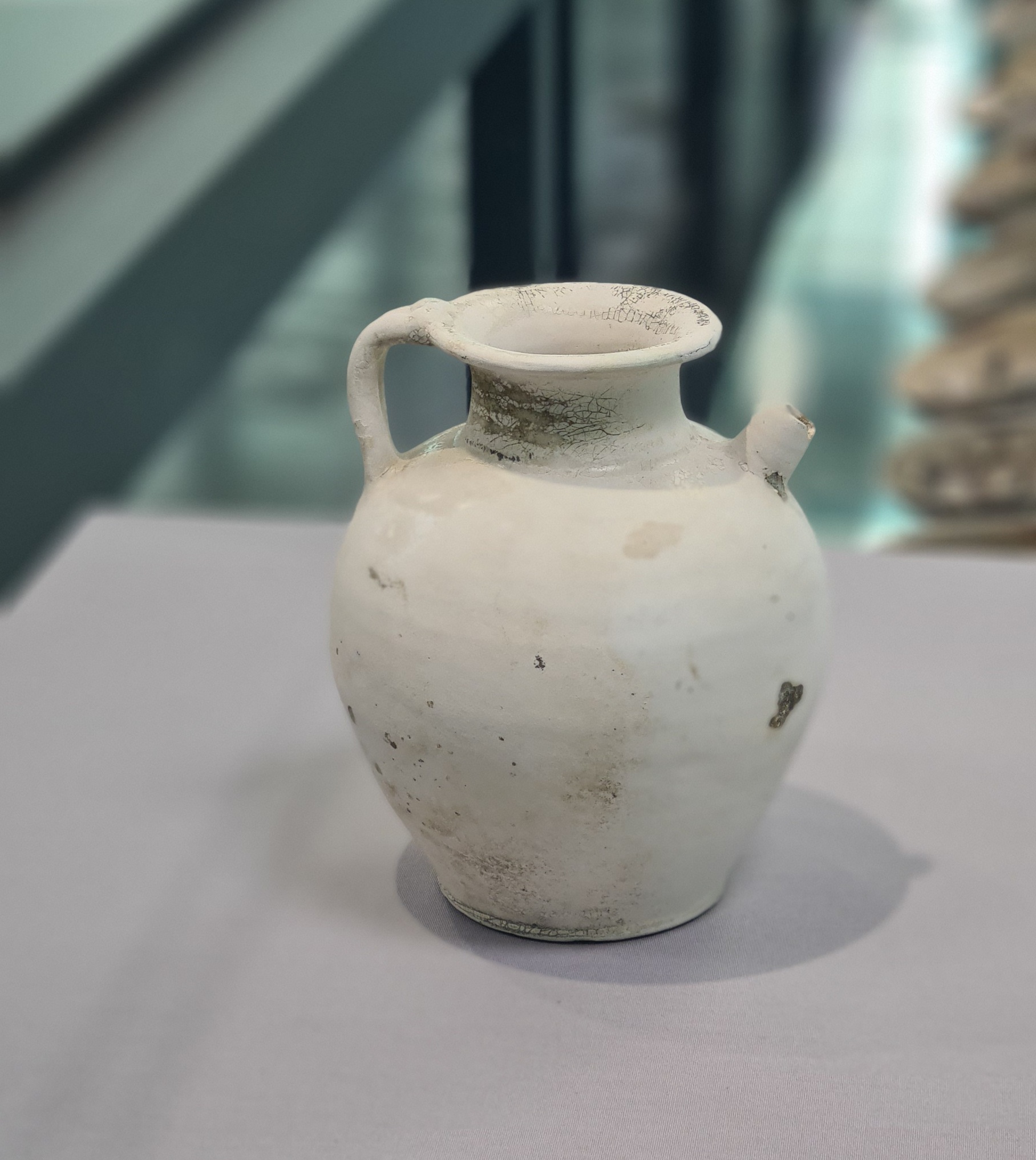 |
| Comparison of White
glaze ewer from Ba Ria (left) and Belitung wreck. The ewer
from the Ba Ria wreck has a more elongated body which pointed to
later dating than that from the Belitung wreck. By the 5
Dynasties period, such ewer form is generally even more slender. |
|
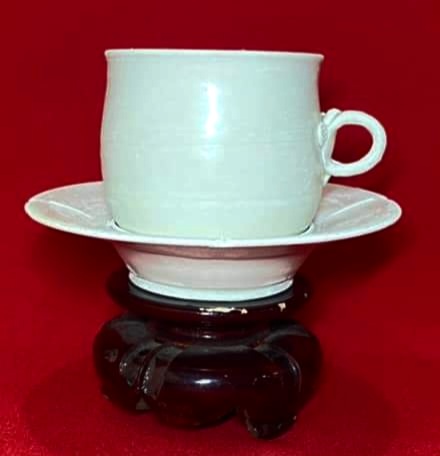 |
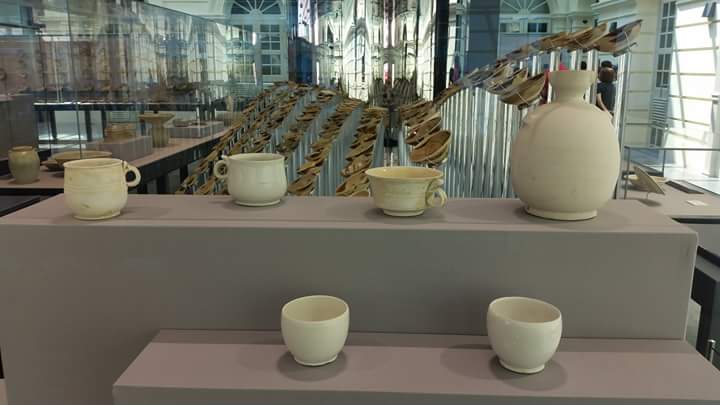 |
 |
|
| Comparison of cup form from the Ba Ria (left) and Belitung Wreck. | |
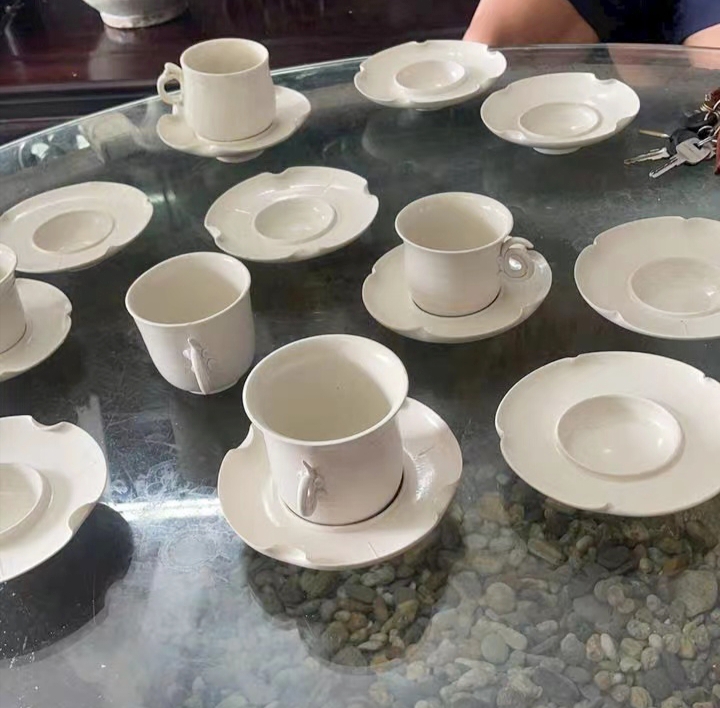 |
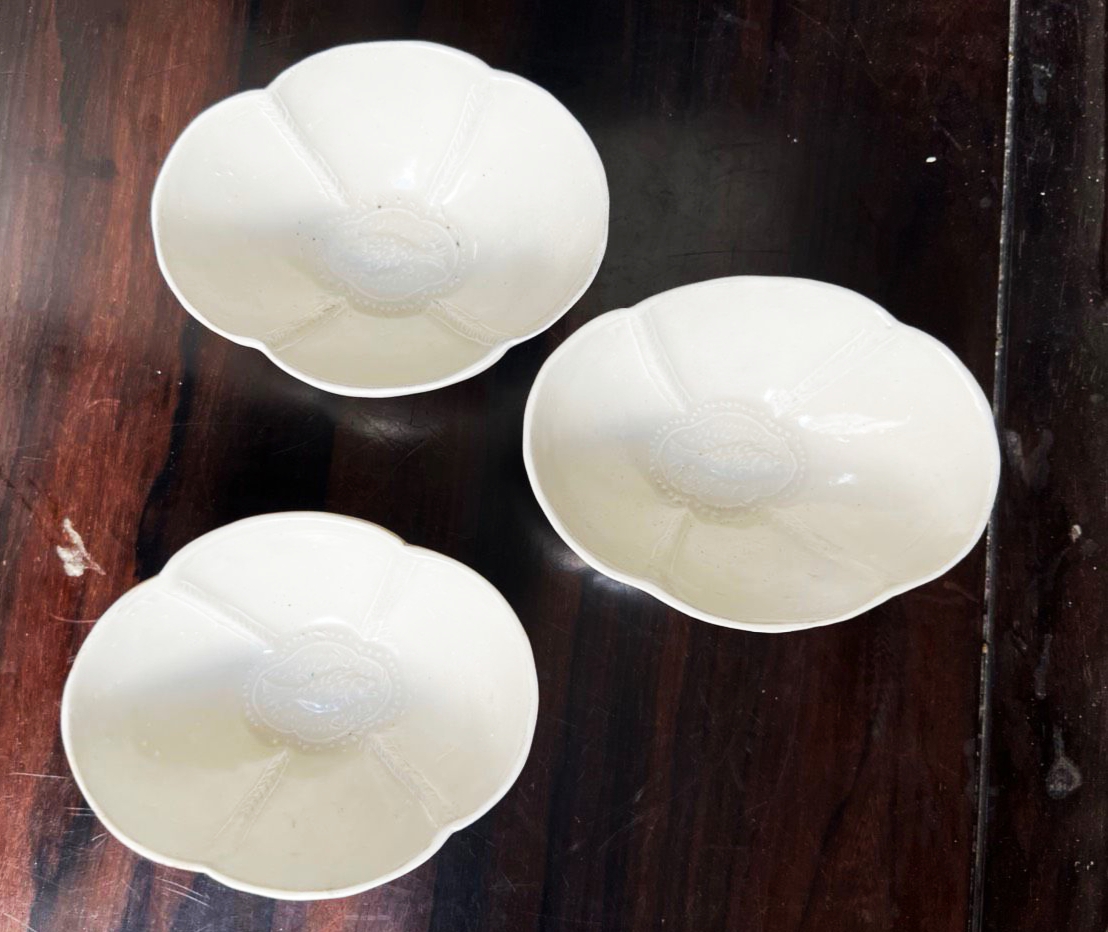 |
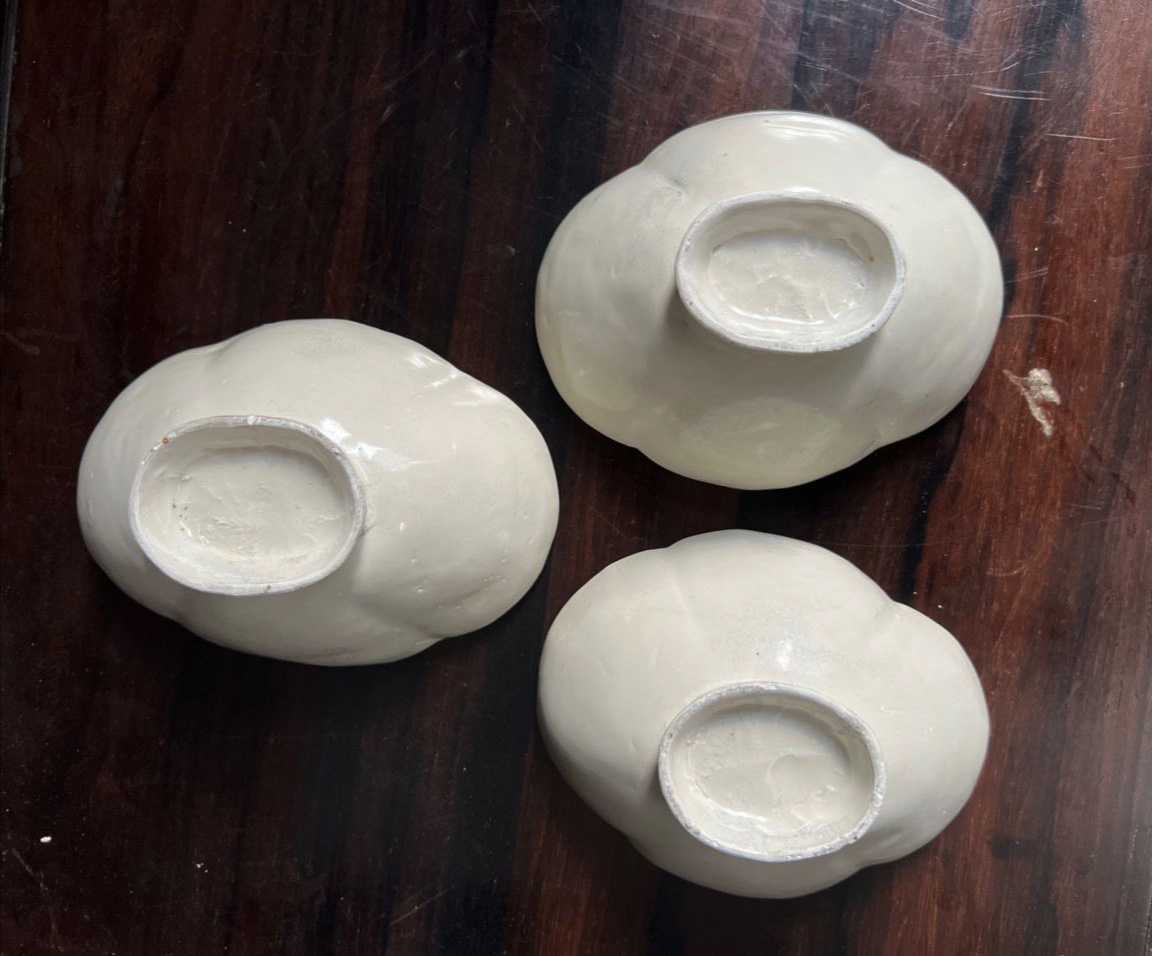 |
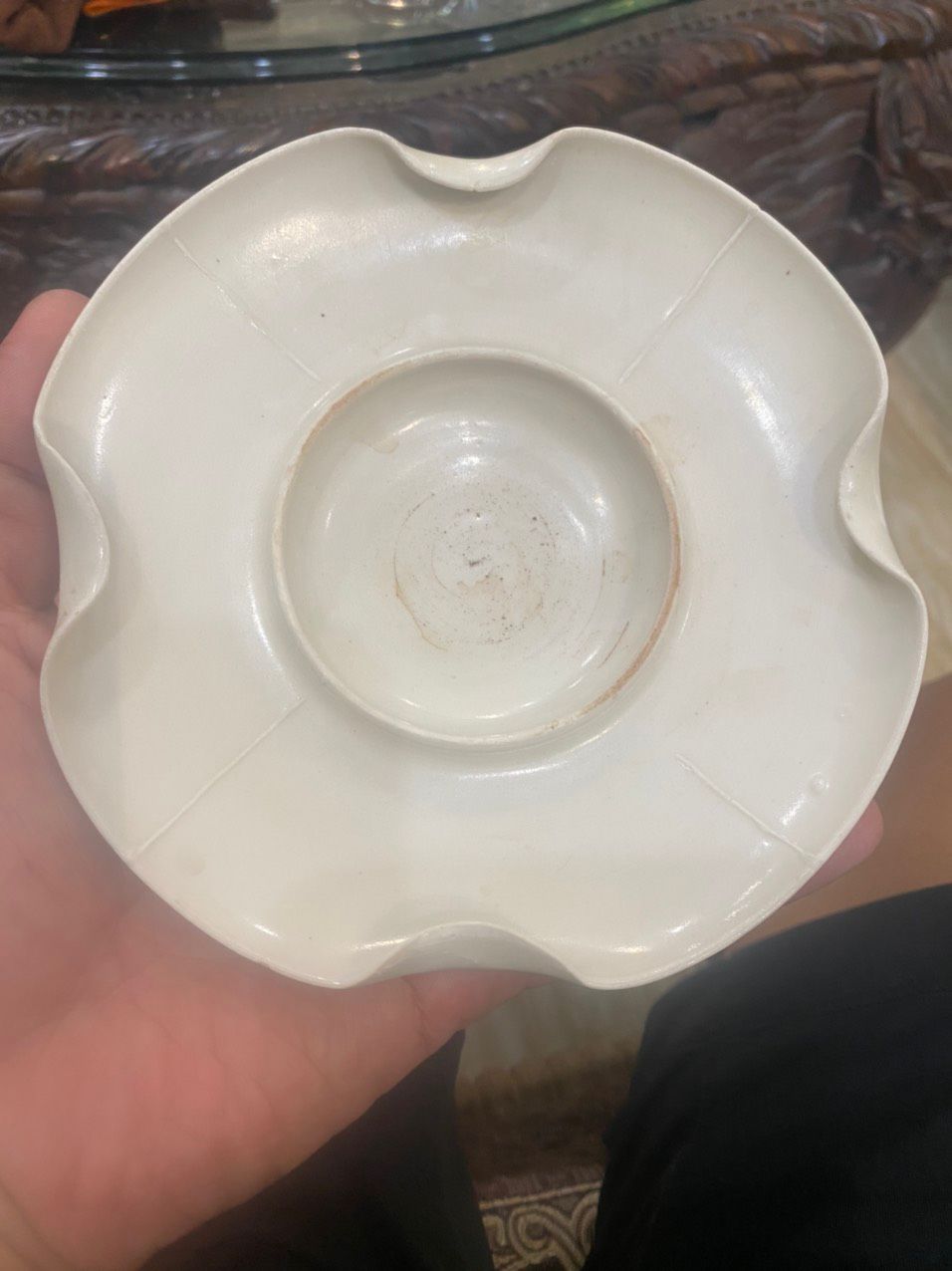 |
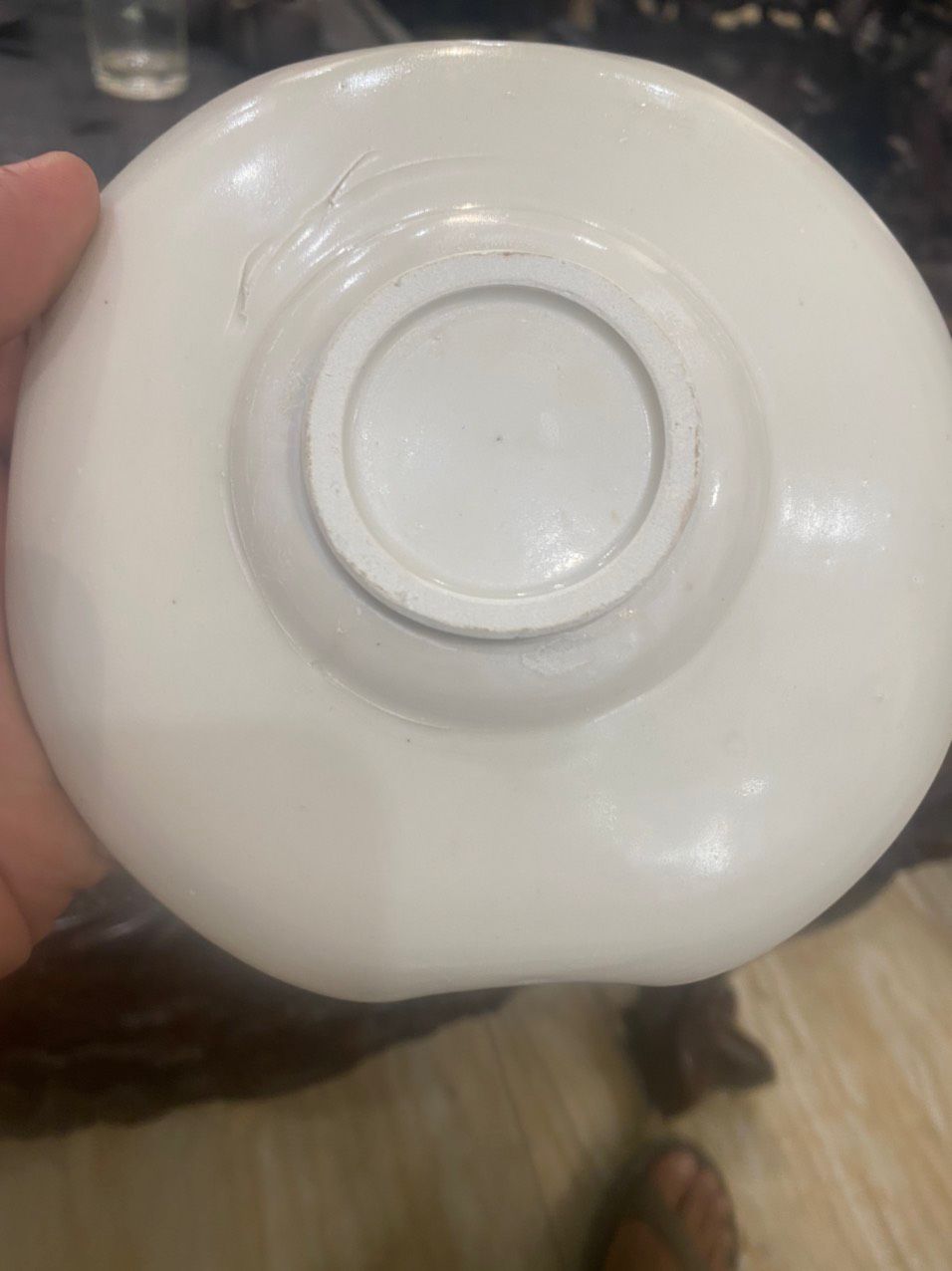 |
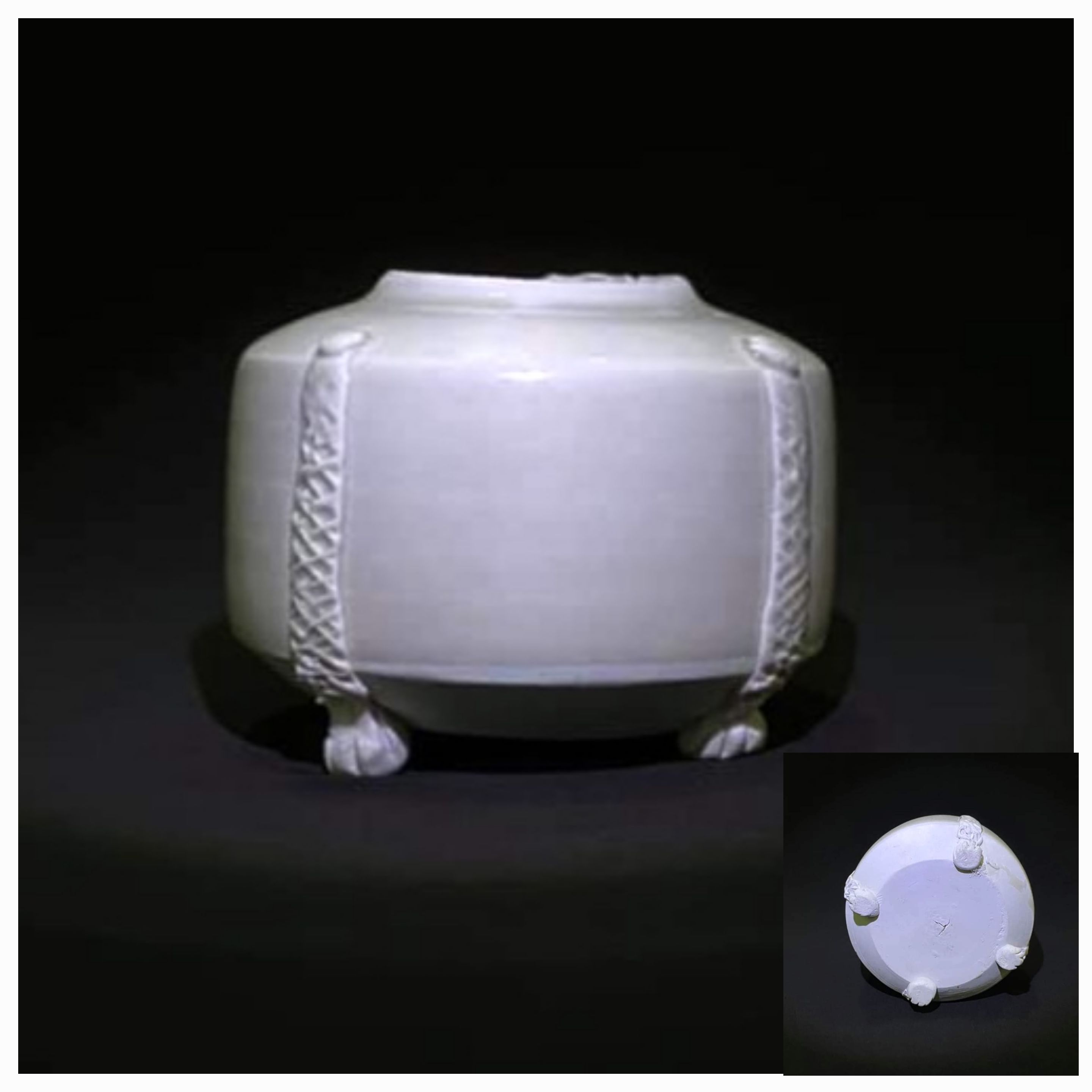 |
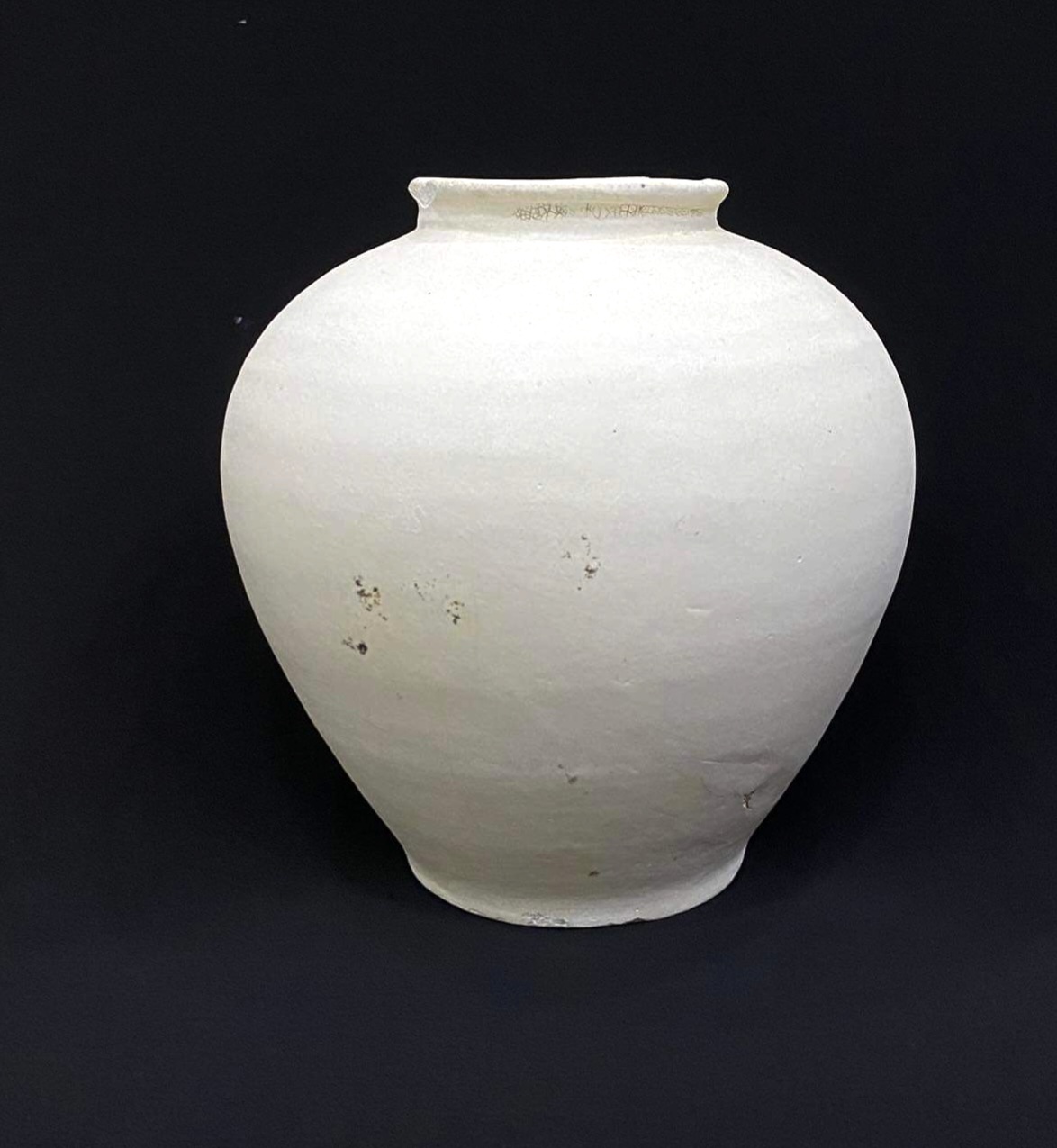 |
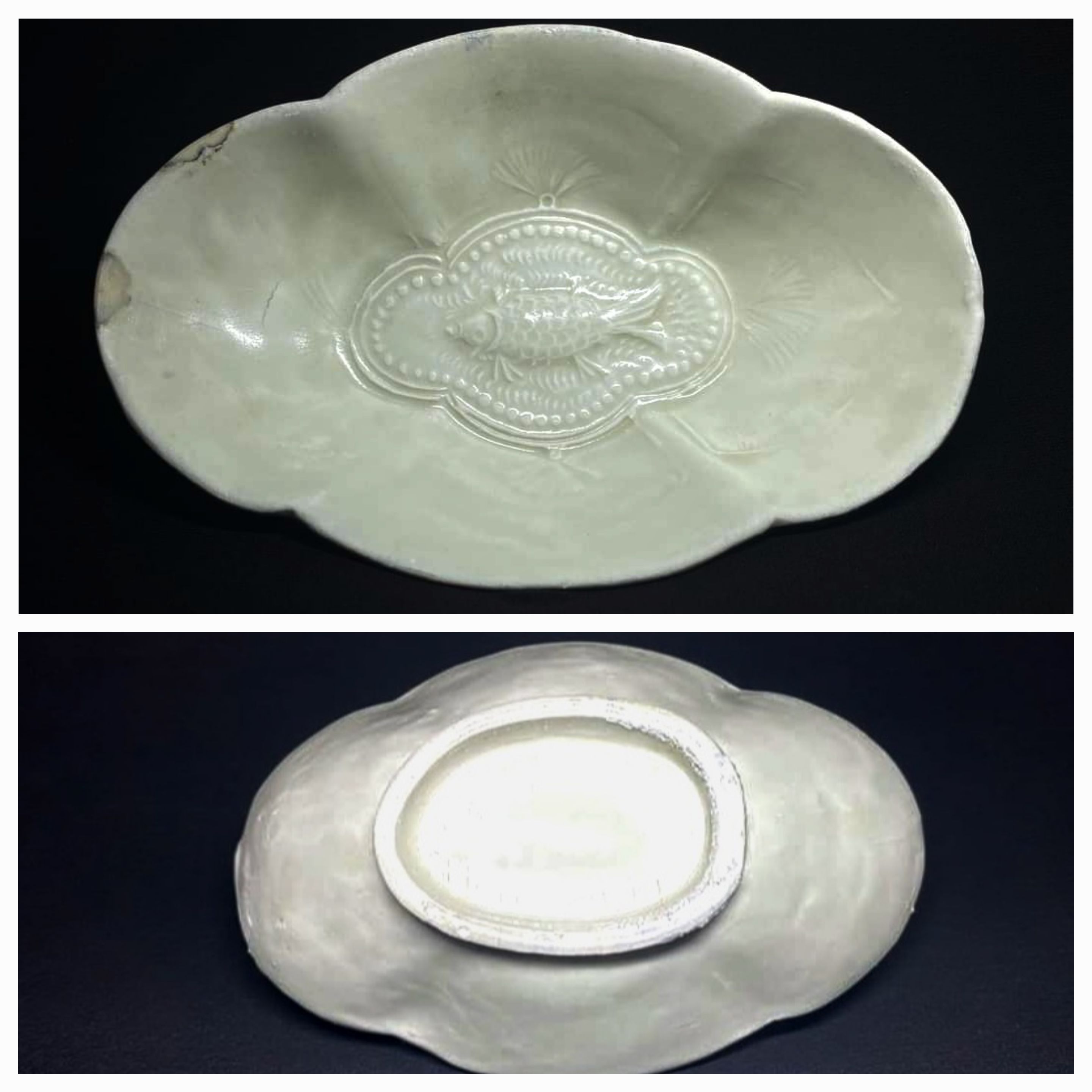 |
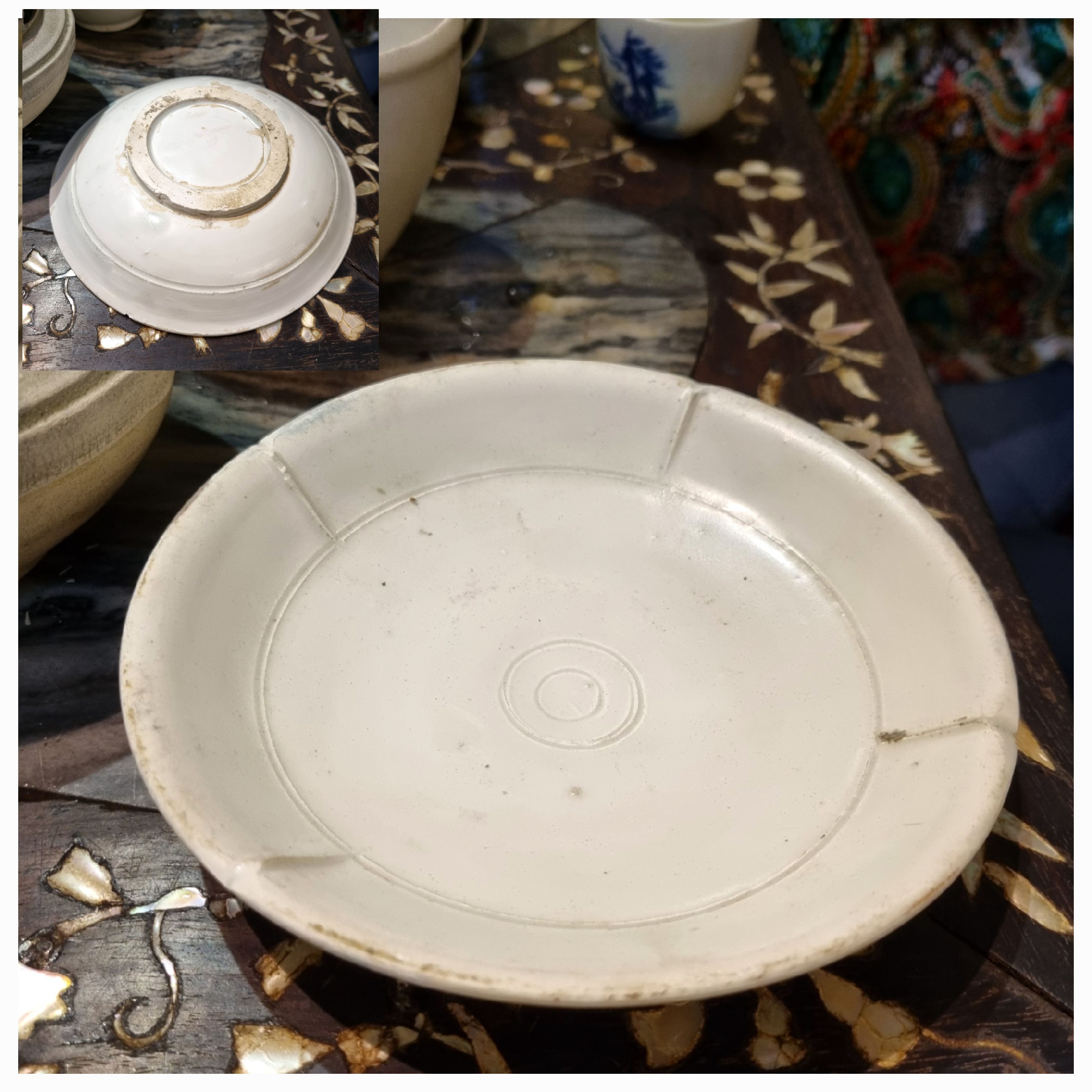 |
| Some other white glaze wares from the Ba Ria wreck |
Among the white wares that I have seen so far, there are two rare pieces. The first is a lidded jar with elaborate applique Islamic influenced geometric decoration.The other is a white glaze an ox-driven carriage with two human figures, one inside the carriage and another beside the ox. A similar but even more elaborate piece was found in Yangzhou in 1992.
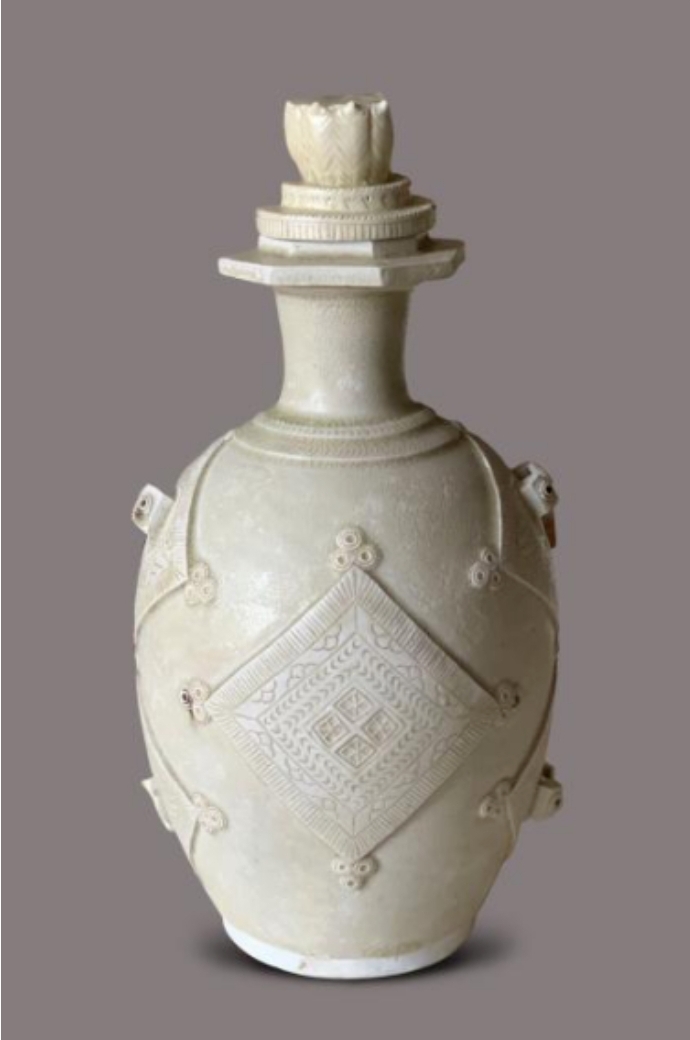 |
|
| Rare white glaze jar with elaborate applique Islamic influenced geometric decoration from Ba Ria wreck | |
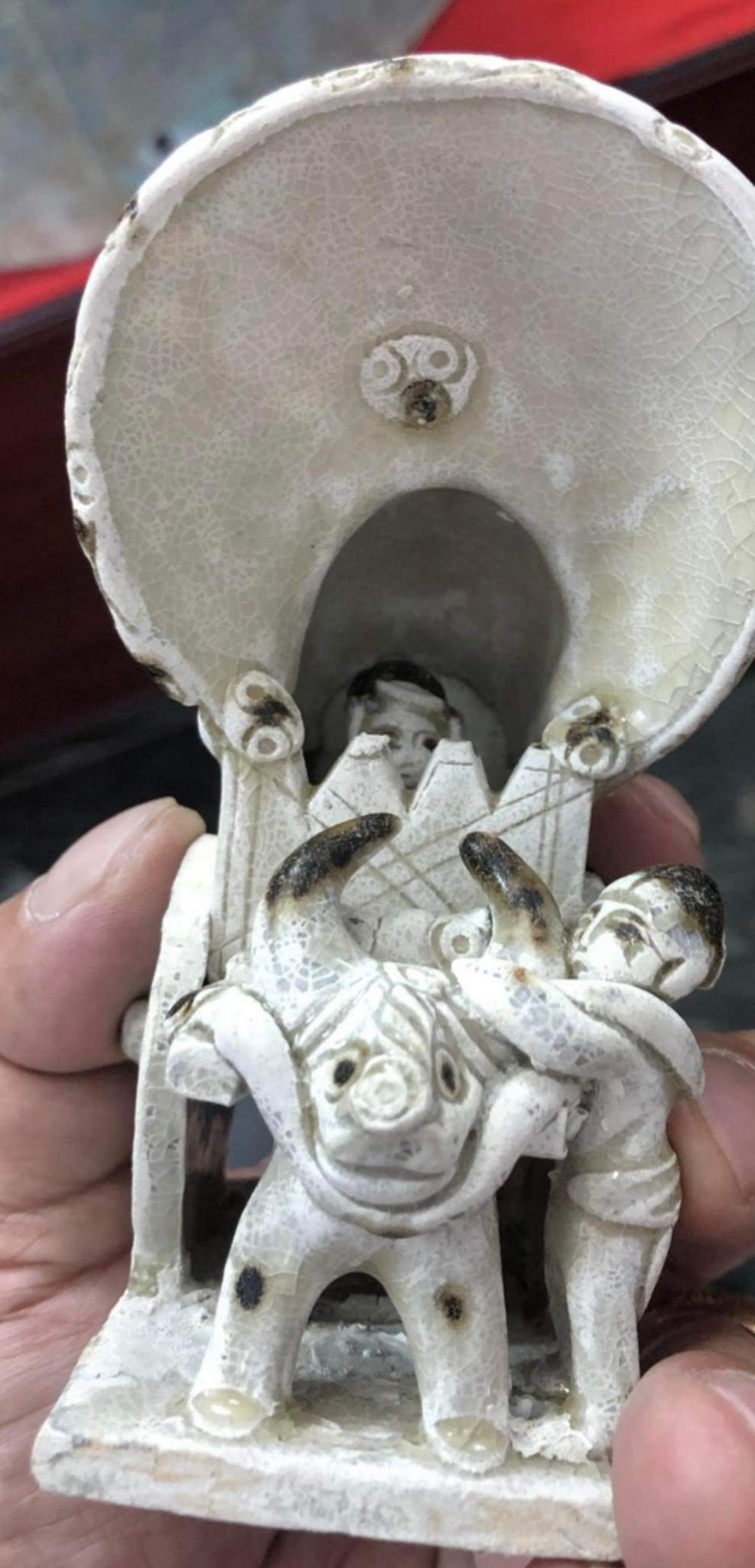 |
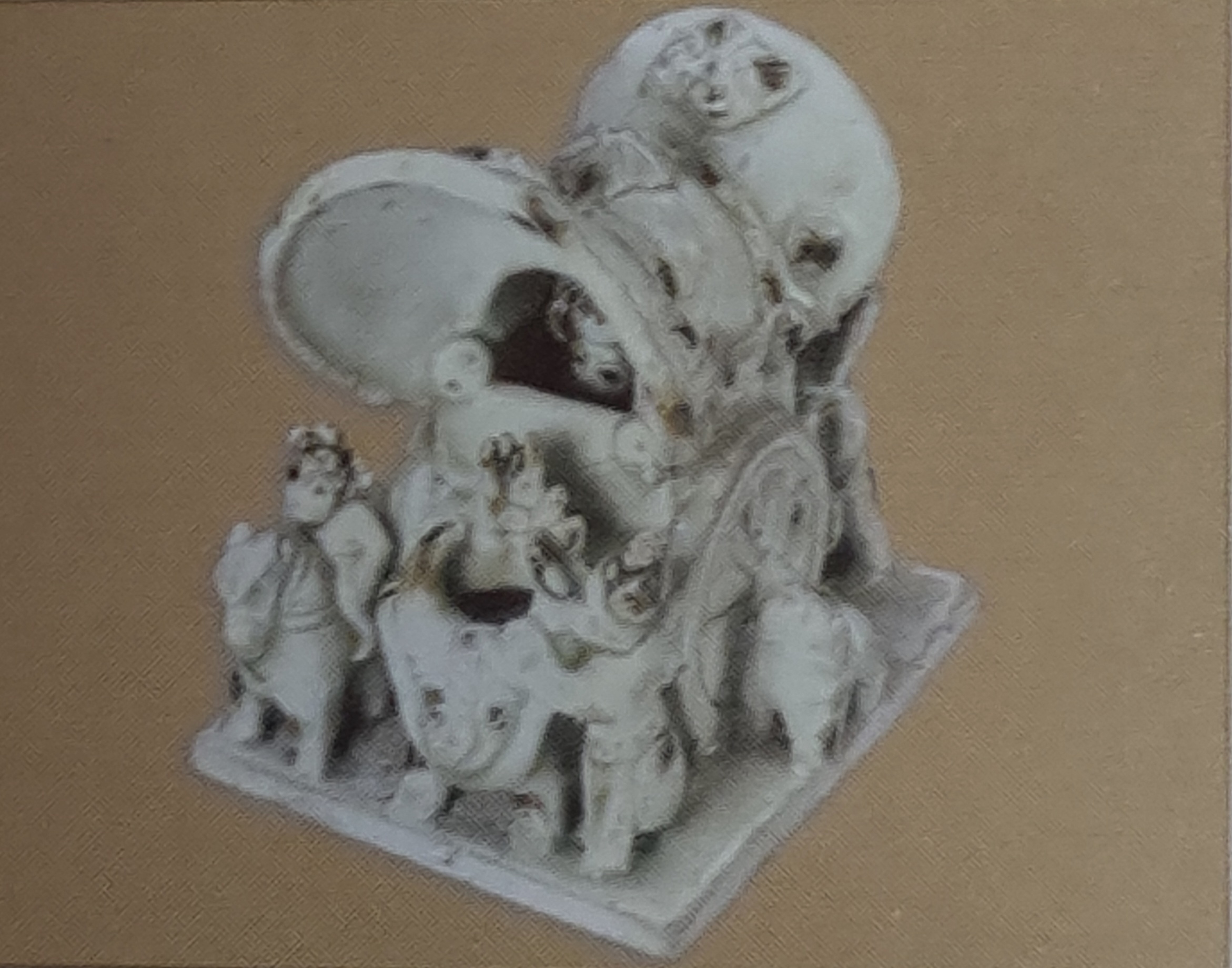 |
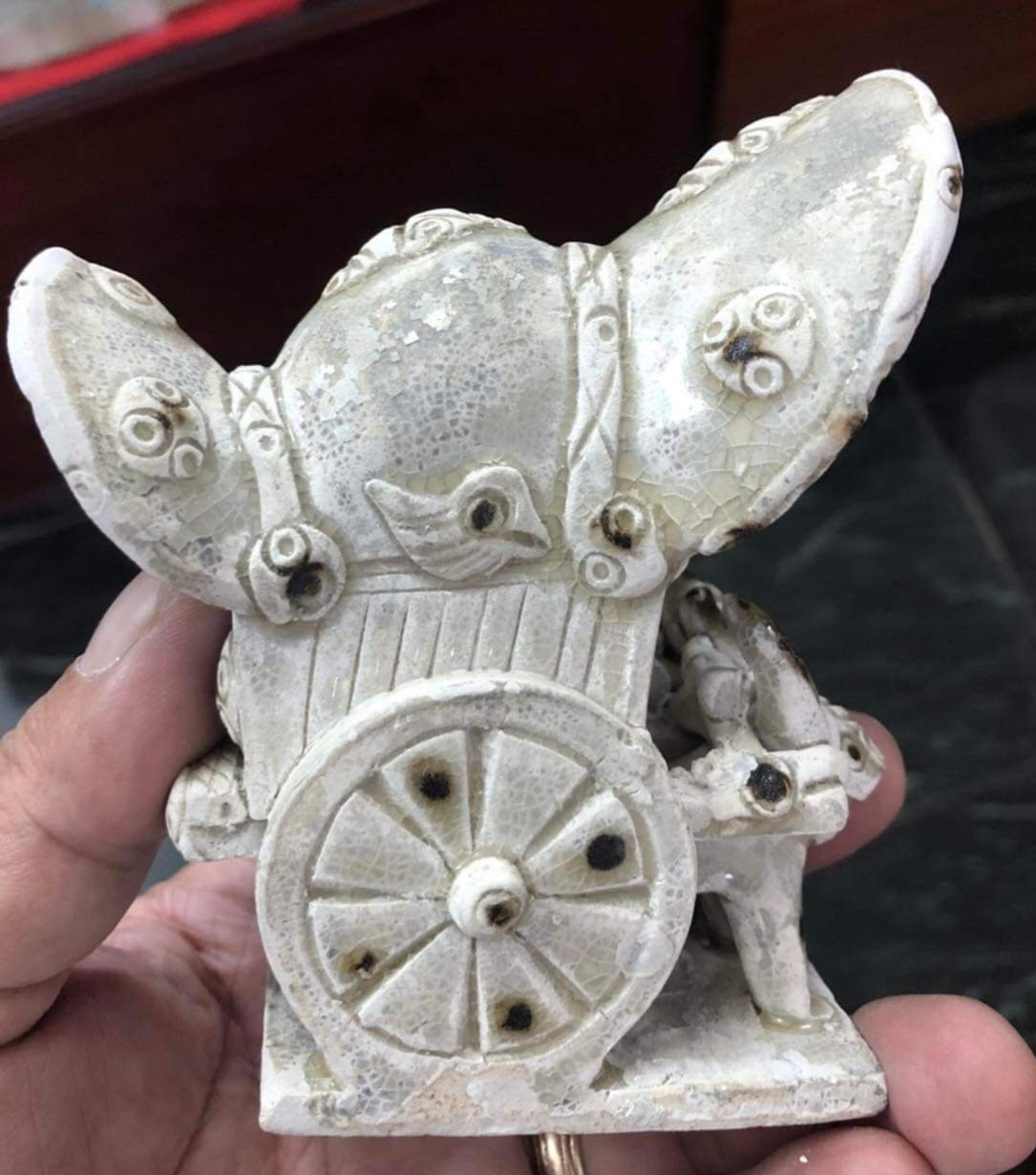 |
|
| A rare ox-driven carriage and human figures was found in Ba Ria wreck. A similar (on the right) but more elaborate piece was found in Yangzhou in 1992. | |
White glaze bowls form the bulk of the white wares from the Ba Ria wreck. There are also more varieties as compared with those from the Belitung wreck.
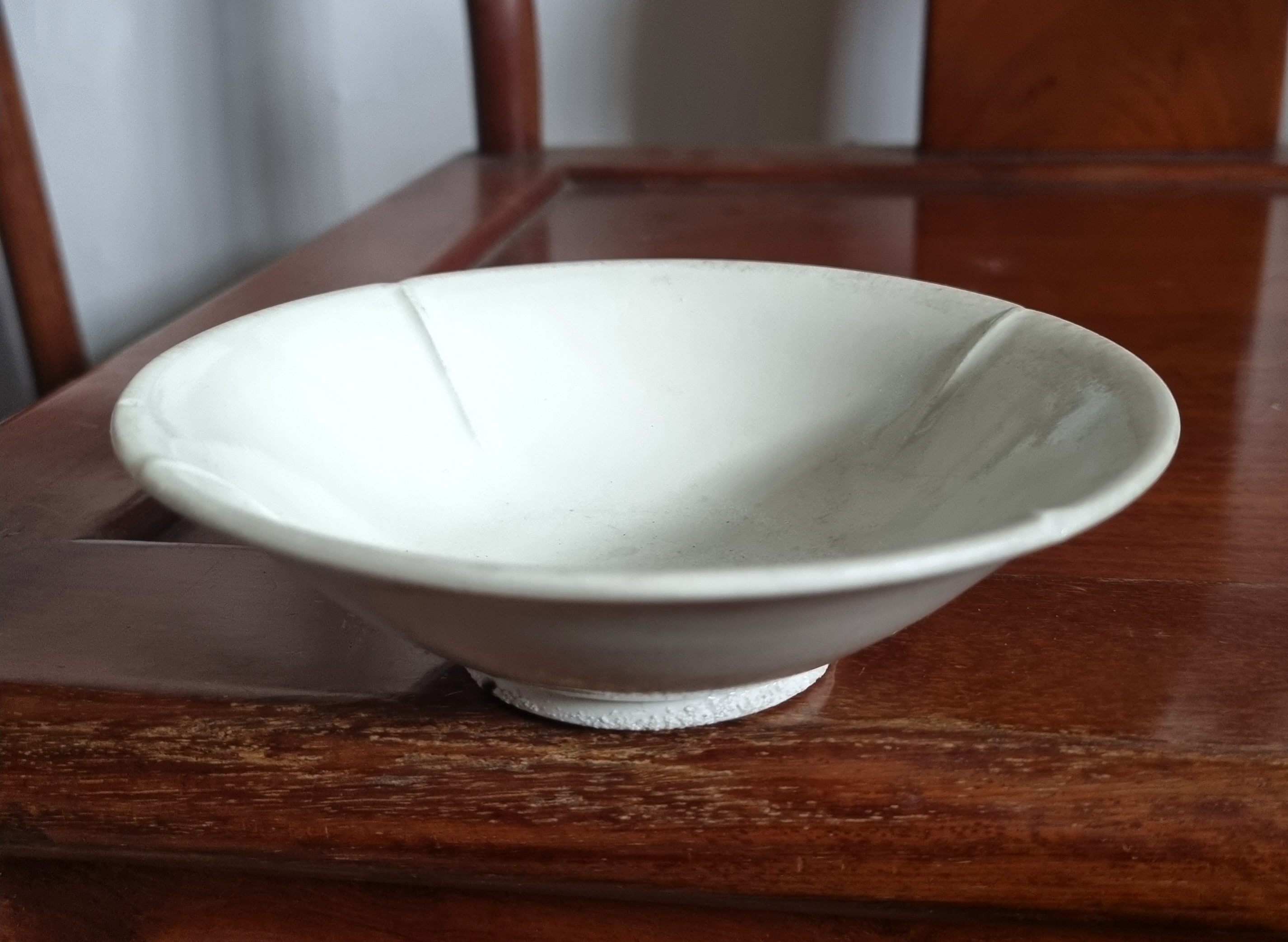 |
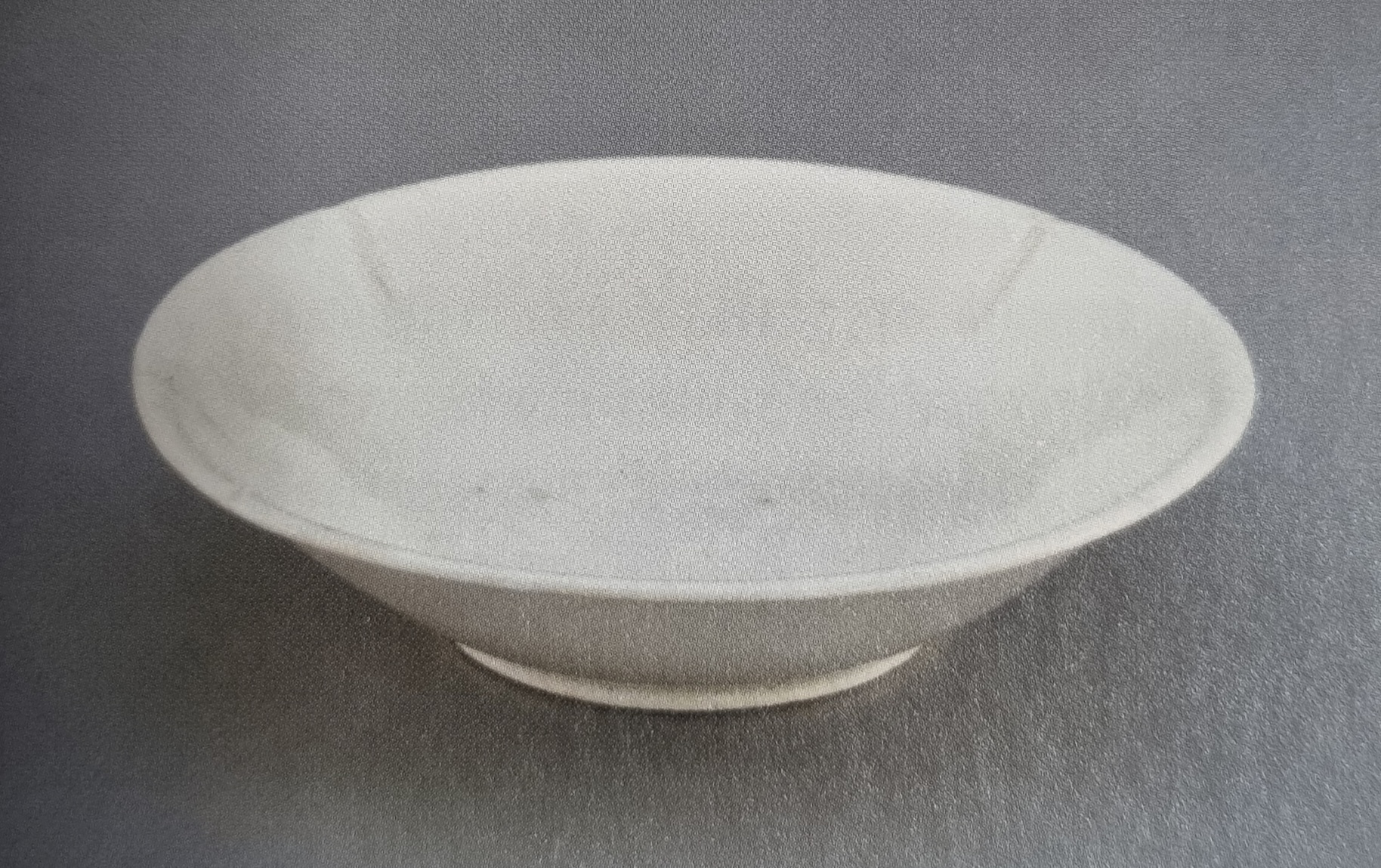 |
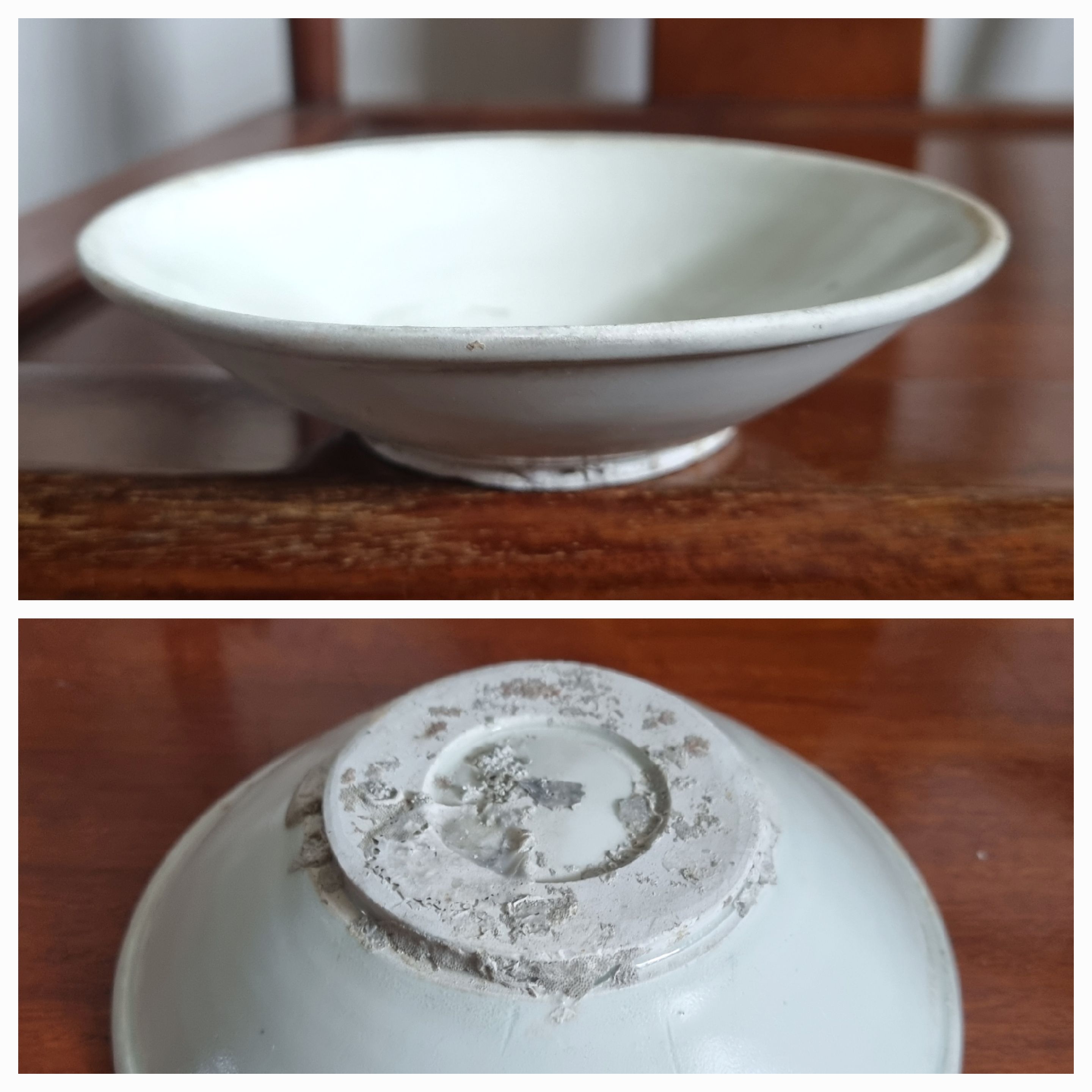 |
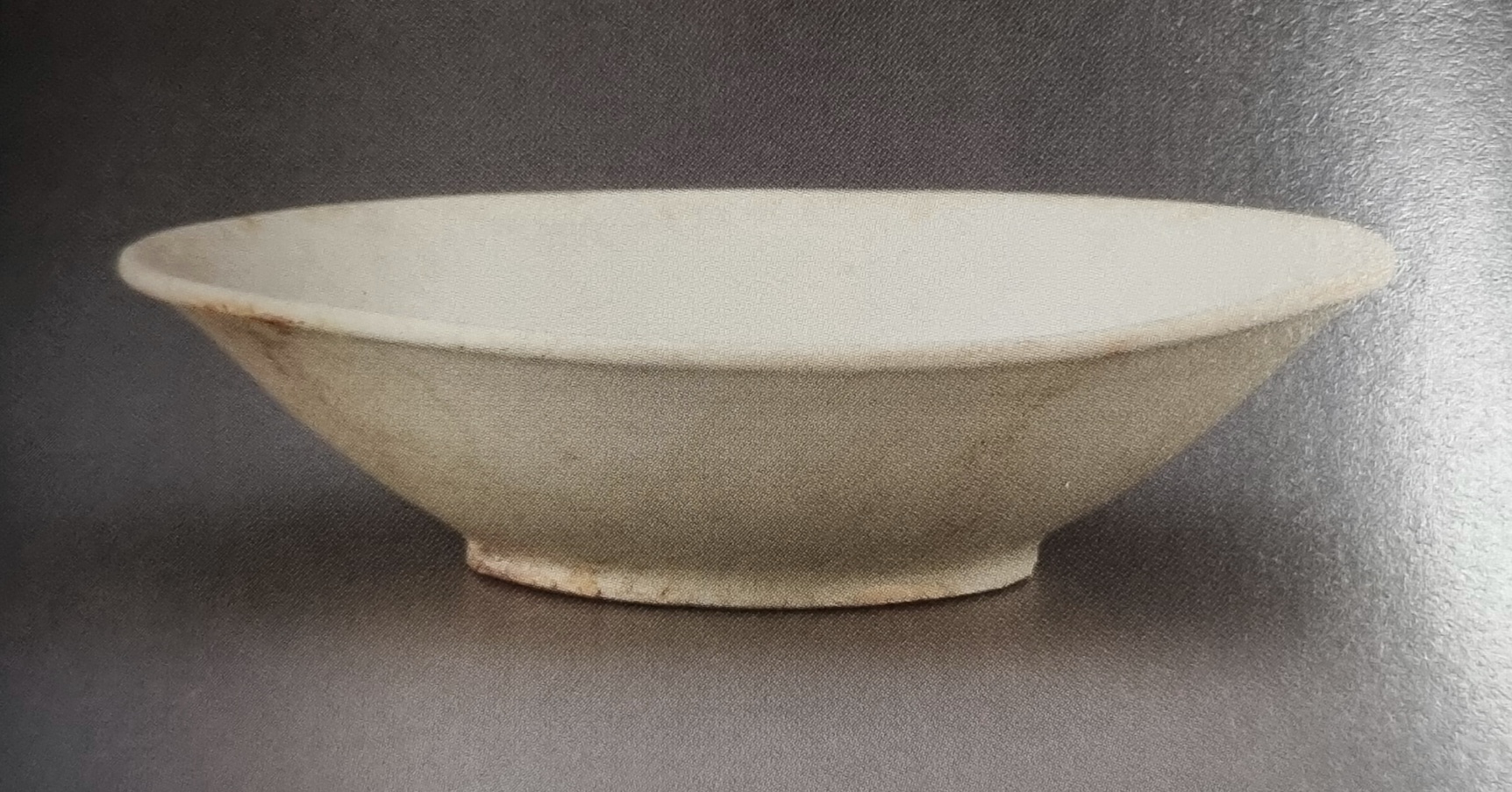 |
| Comparable white glaze bowls from the Ba Ria (left) and Belitung wreck | |
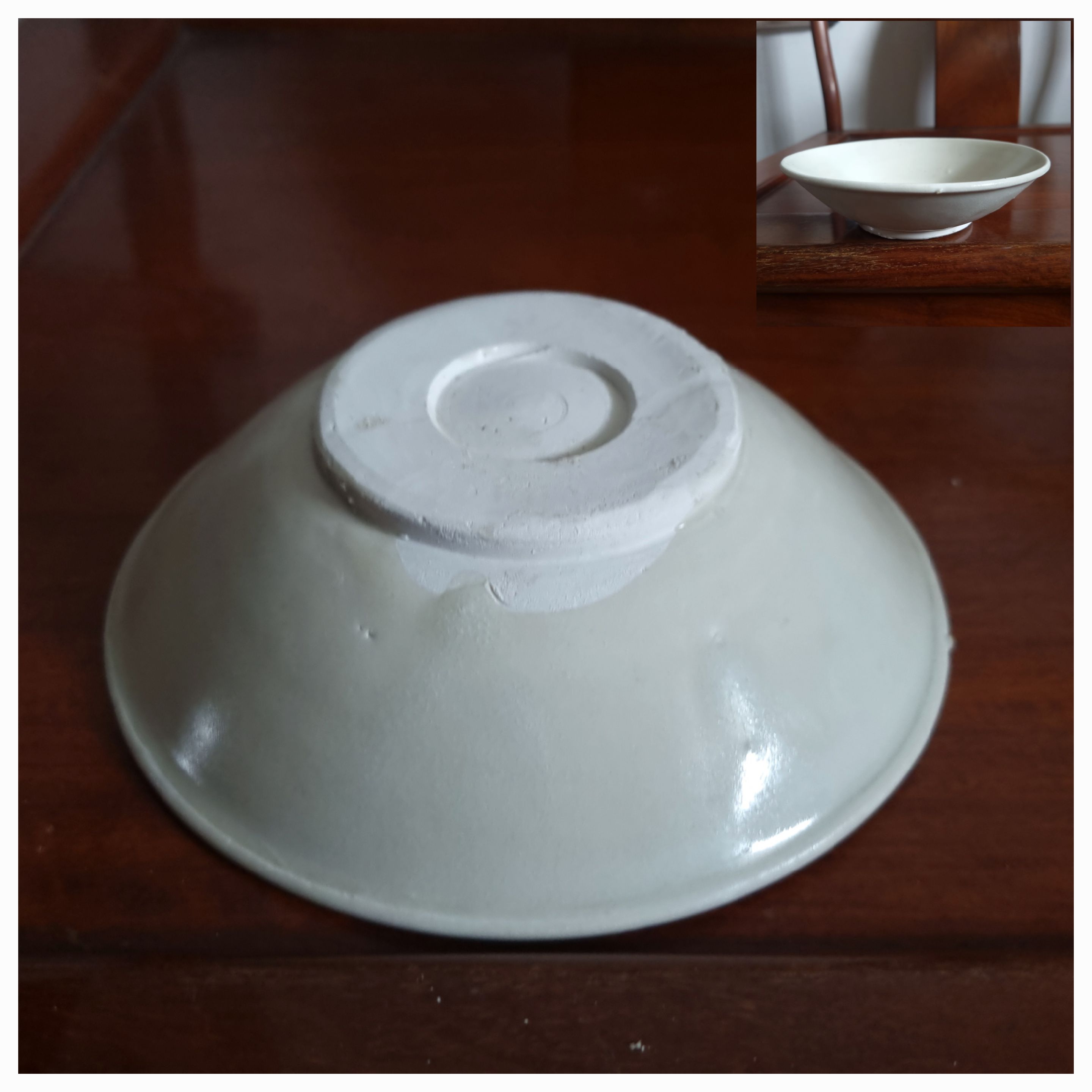 |
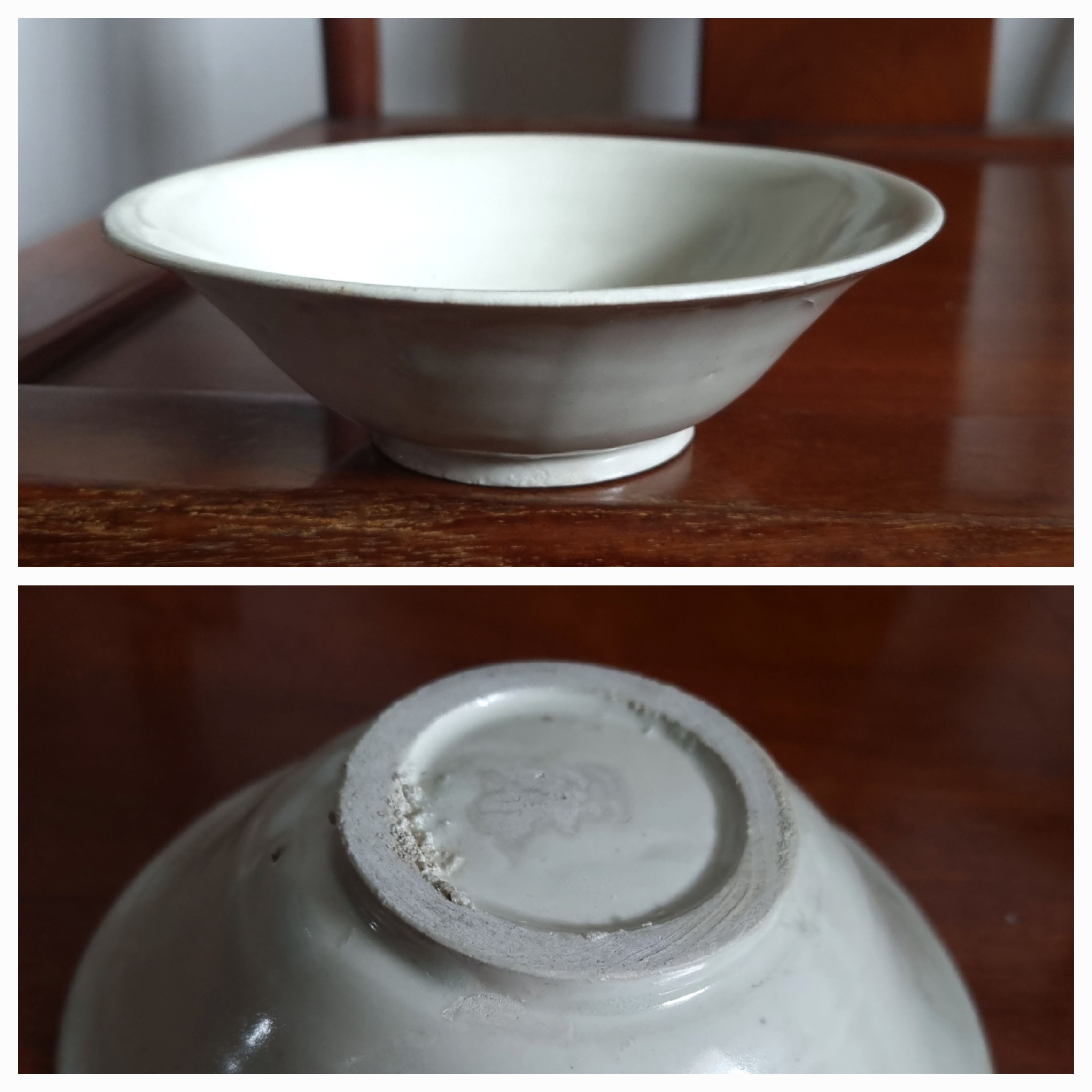 |
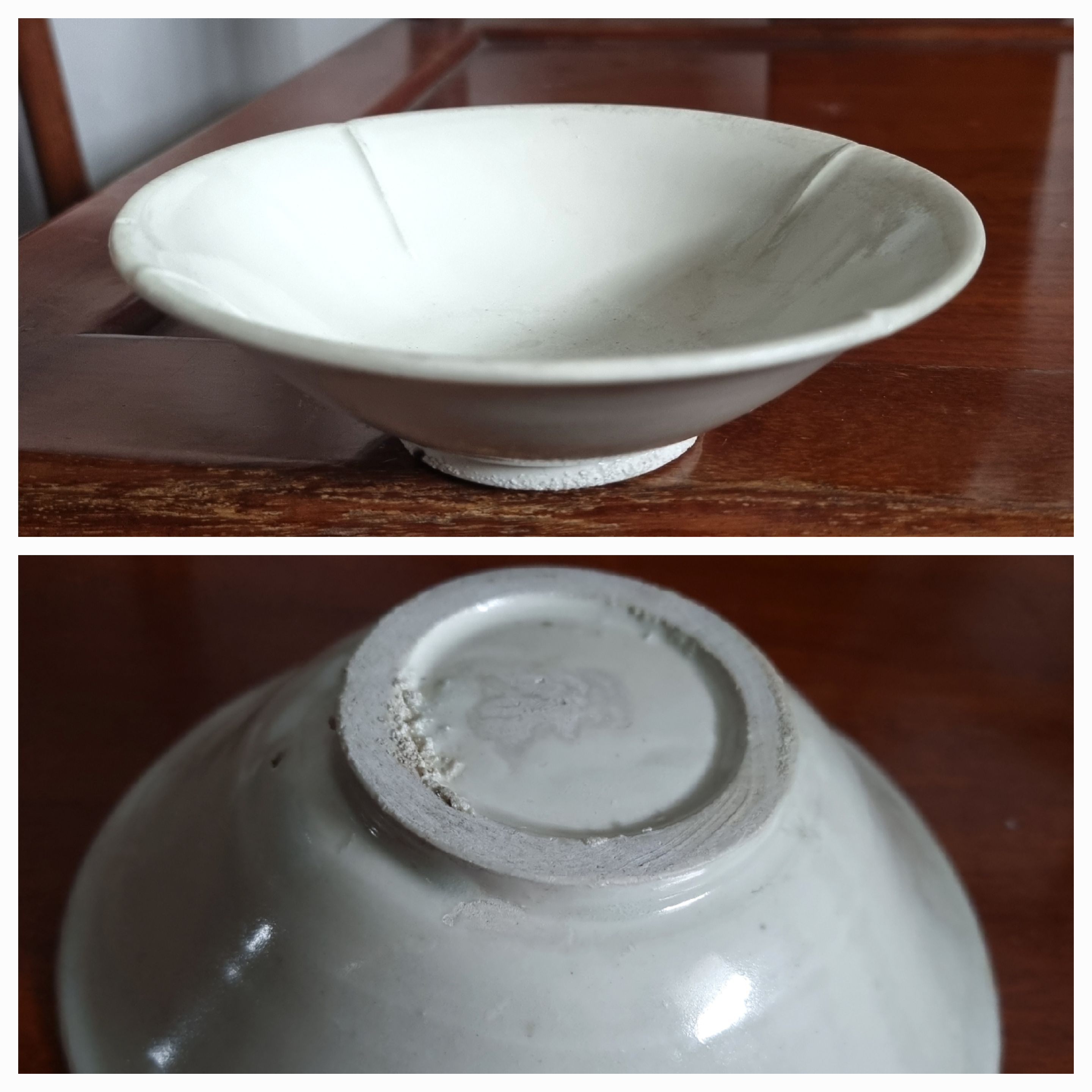 |
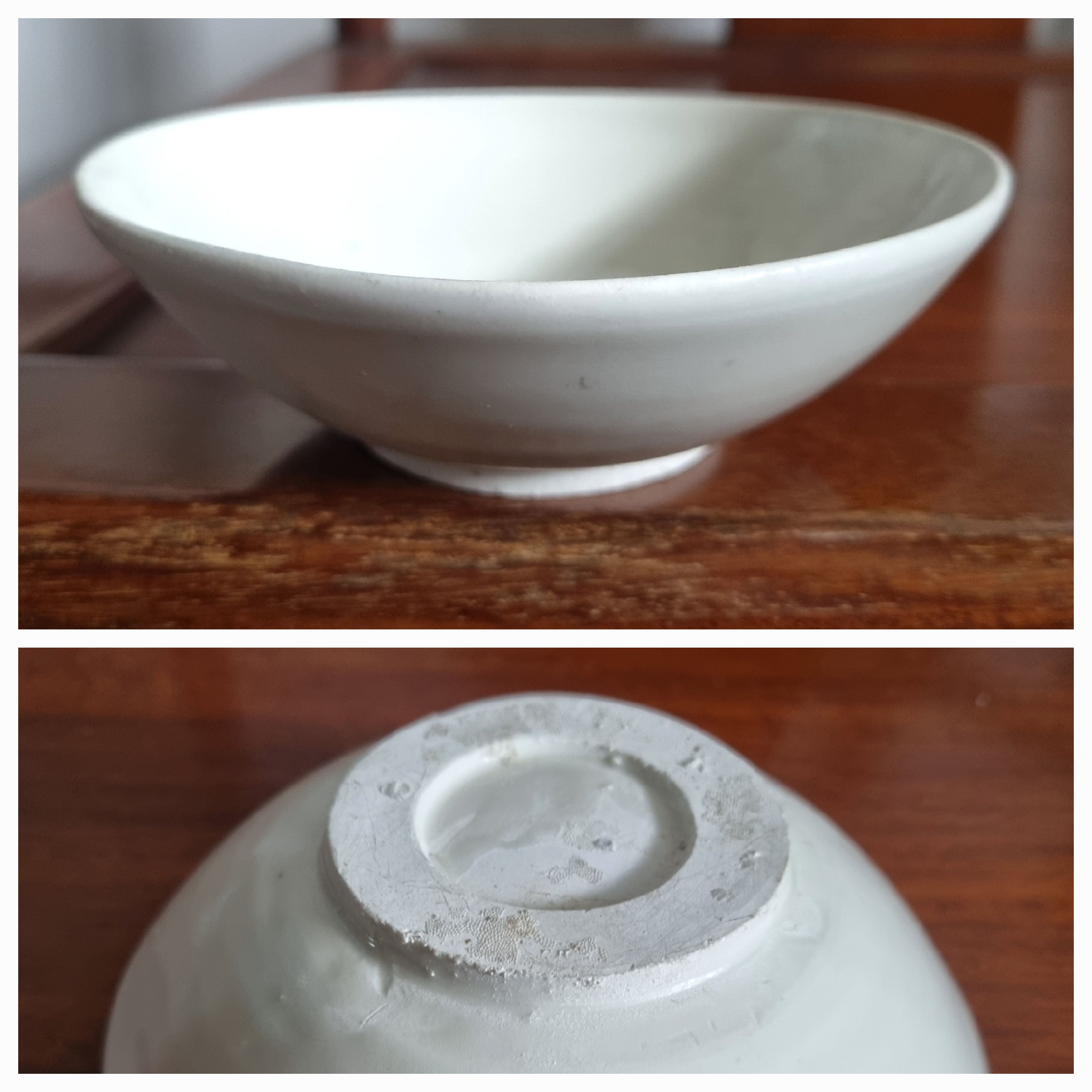 |
 |
| The above types of bowl especially those with the folded rim constituted the bulk of white wares from the Ba Ria Wreck. |
Like the Belitung wreck, the cargo also have some Northern China kilns wares with low fired lead green/amber splashes.
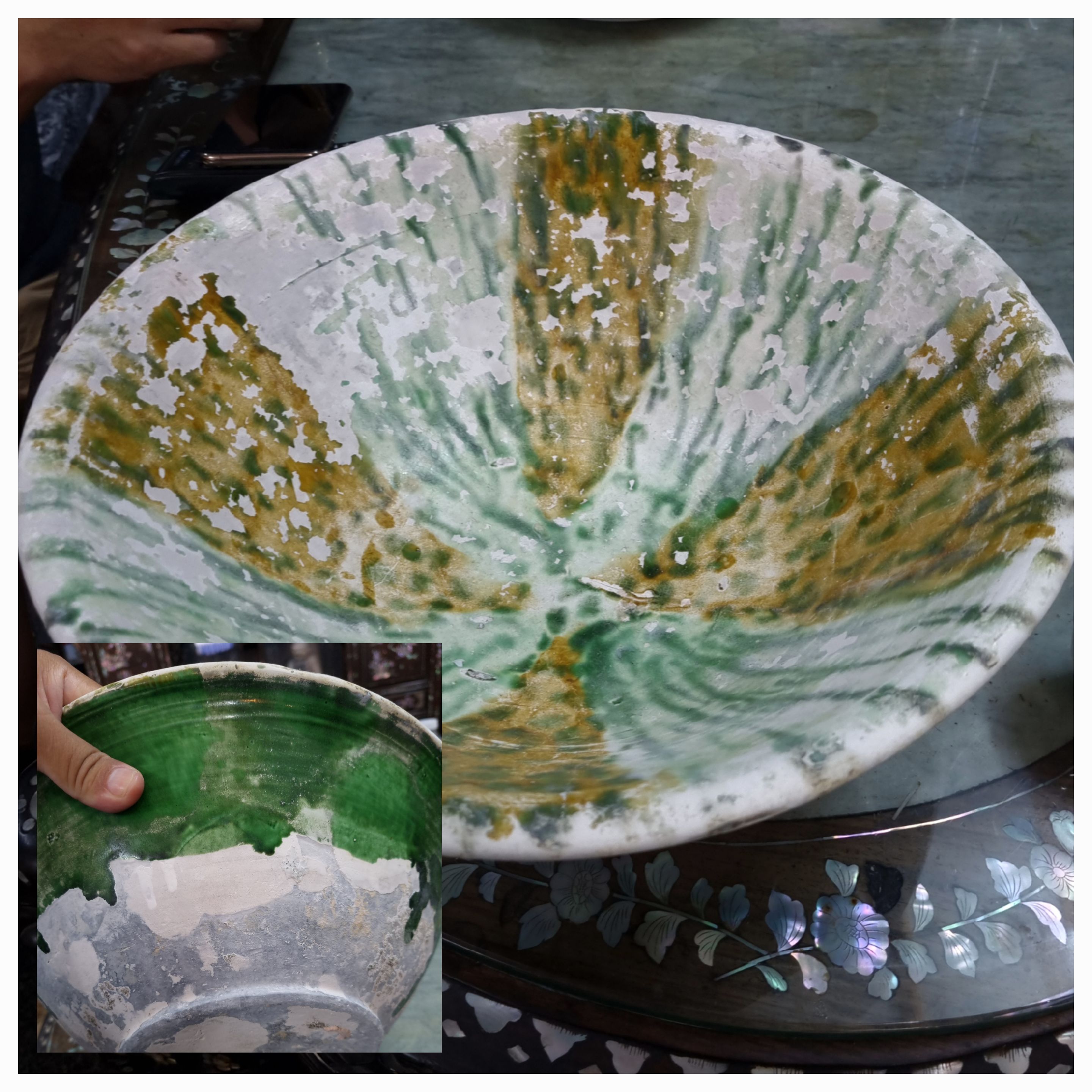 |
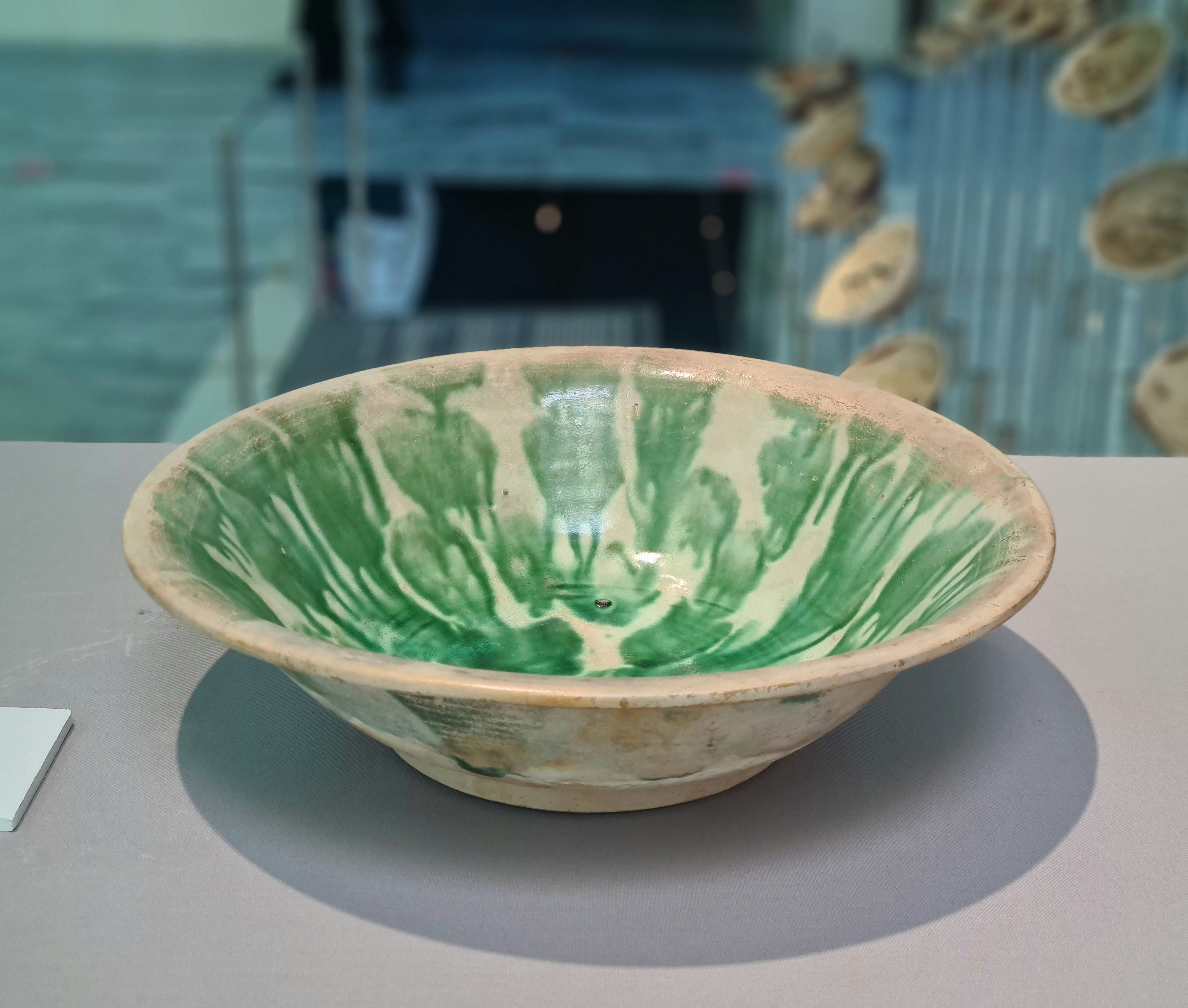 |
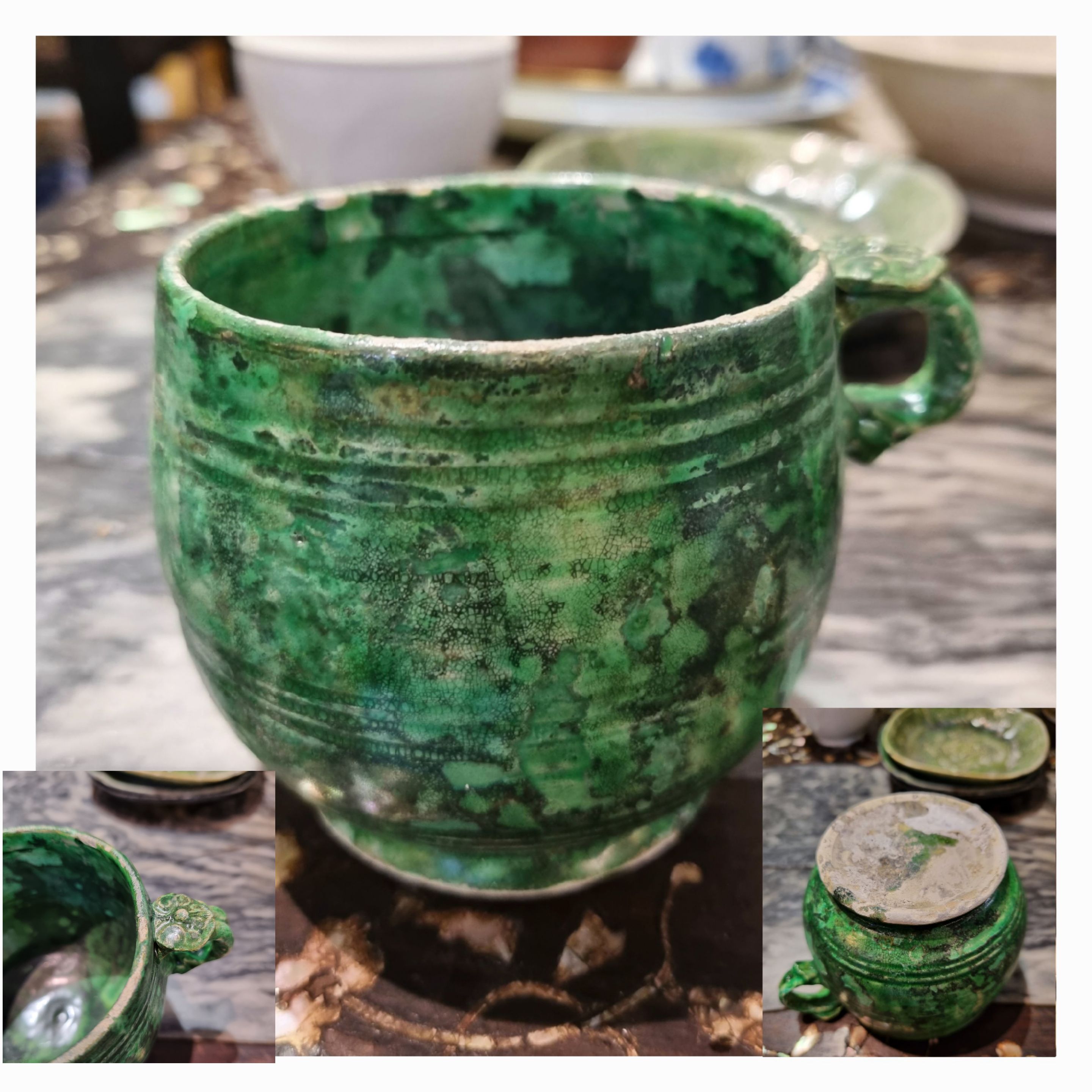 |
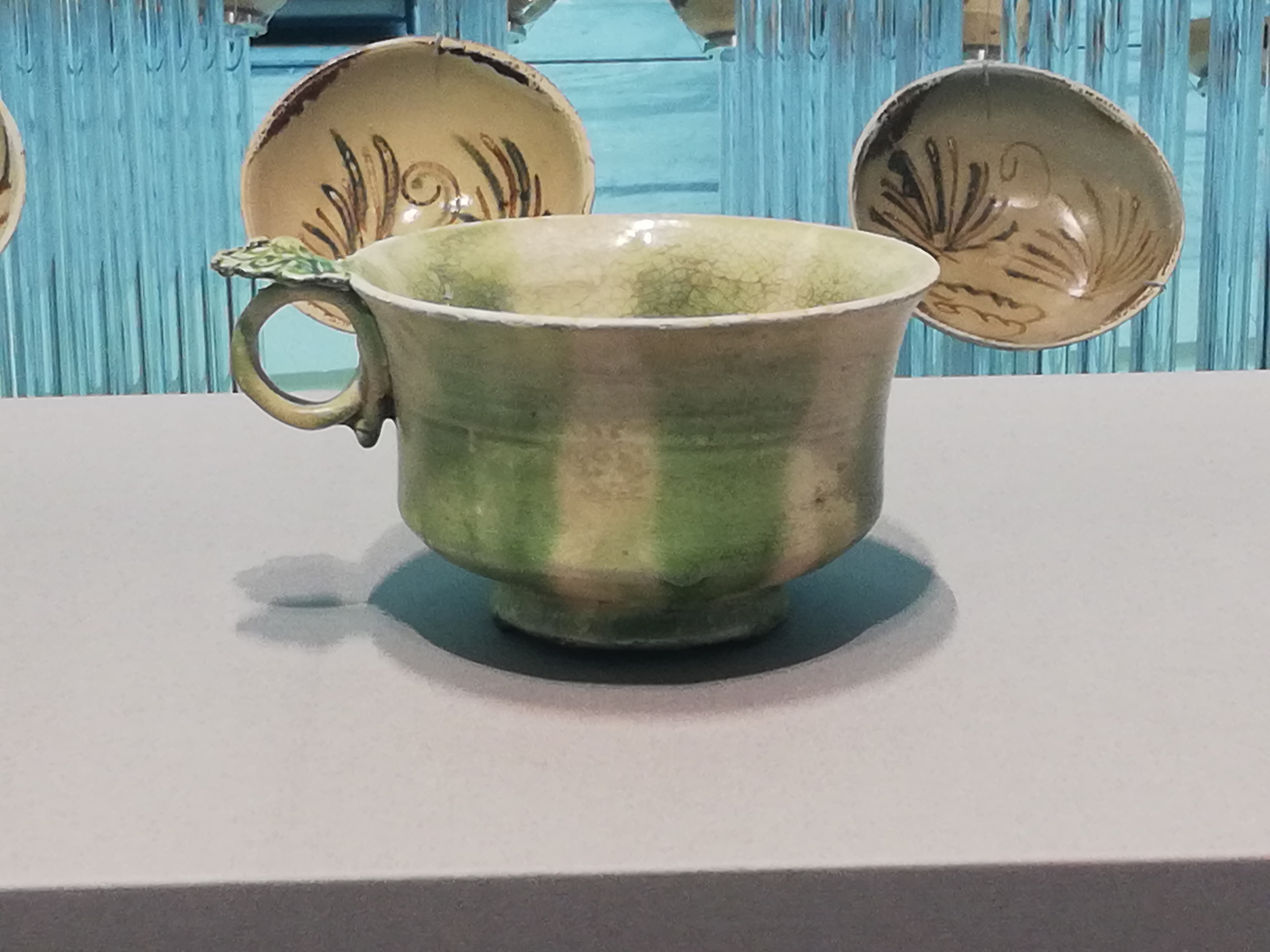 |
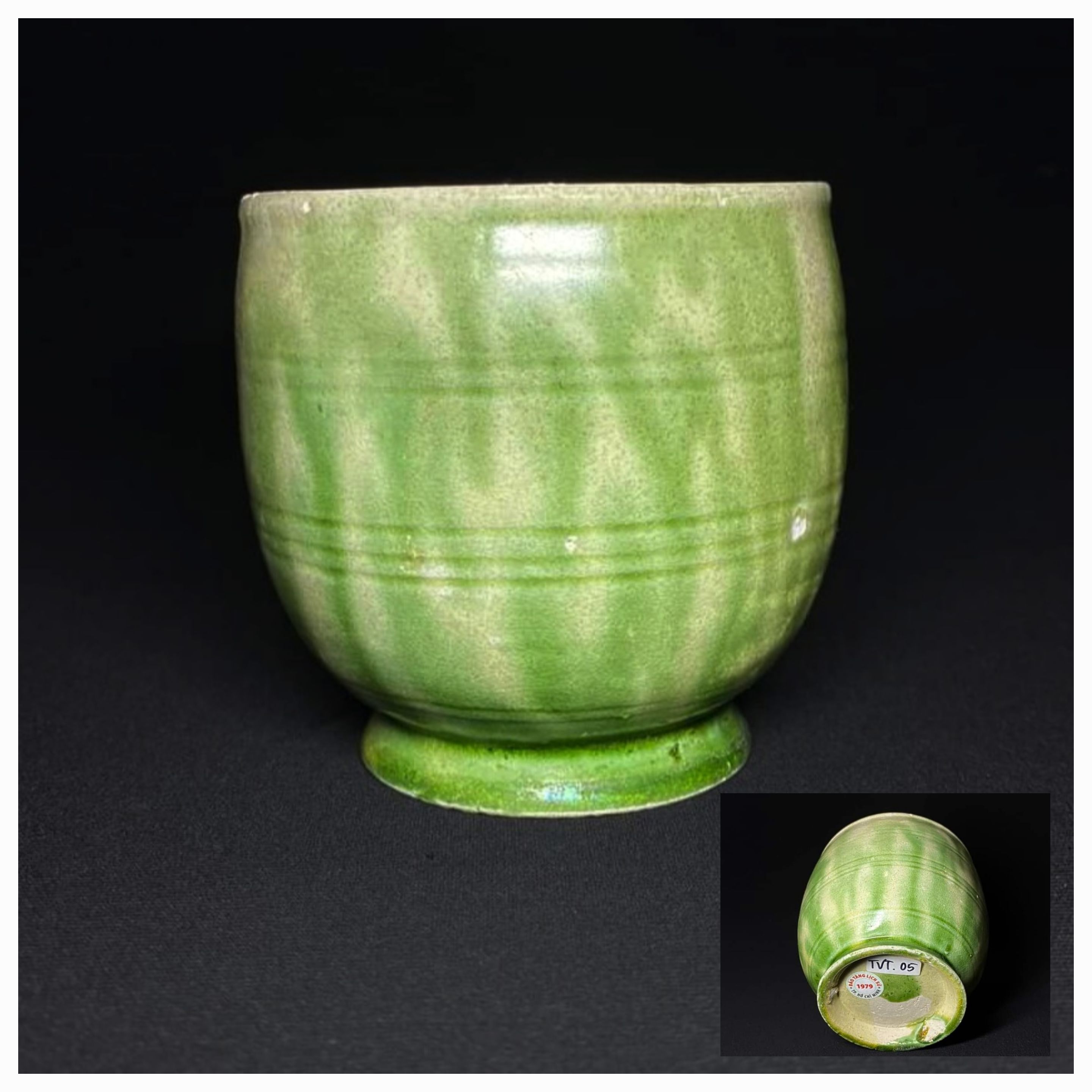 |
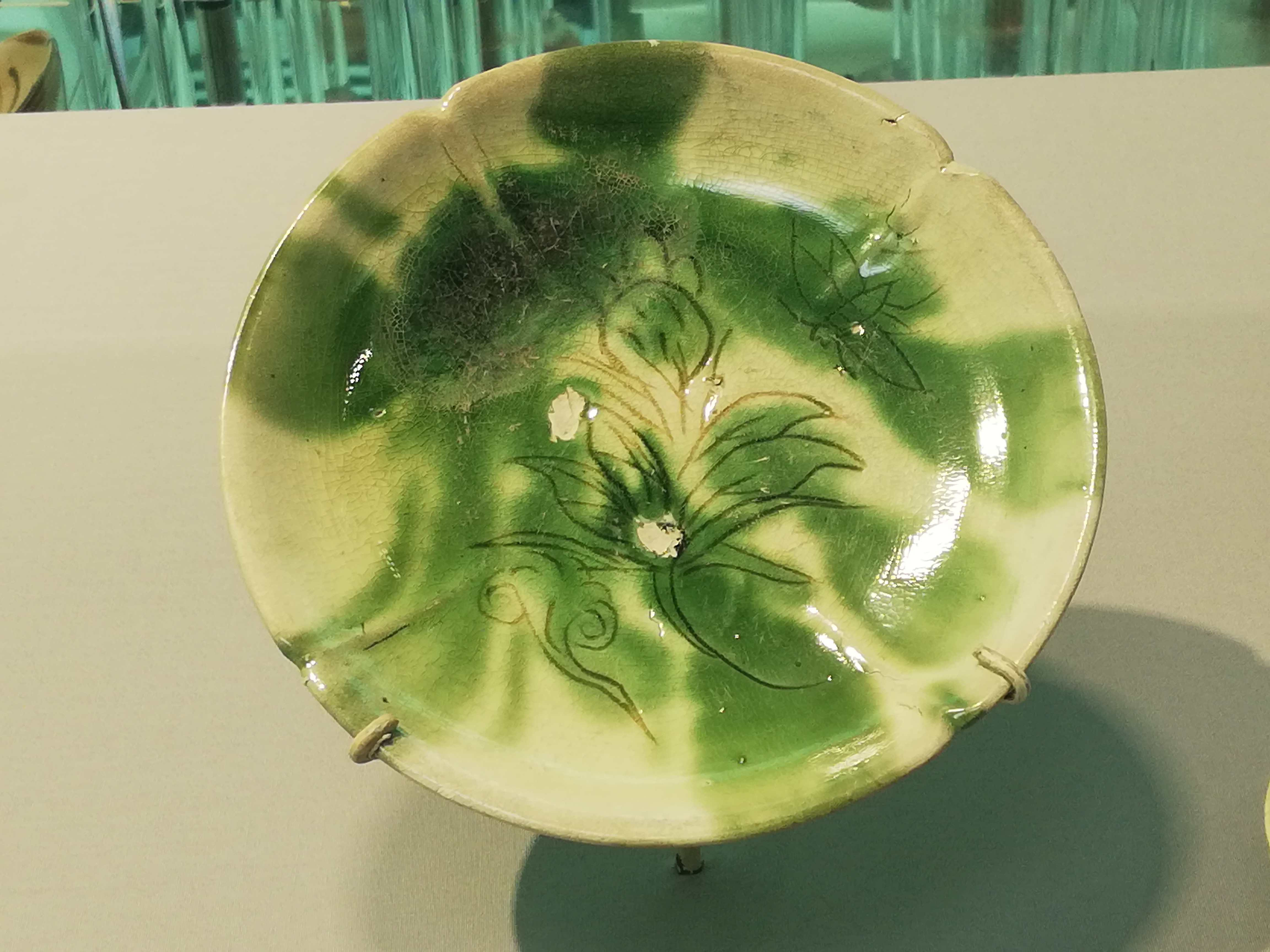 |
 |
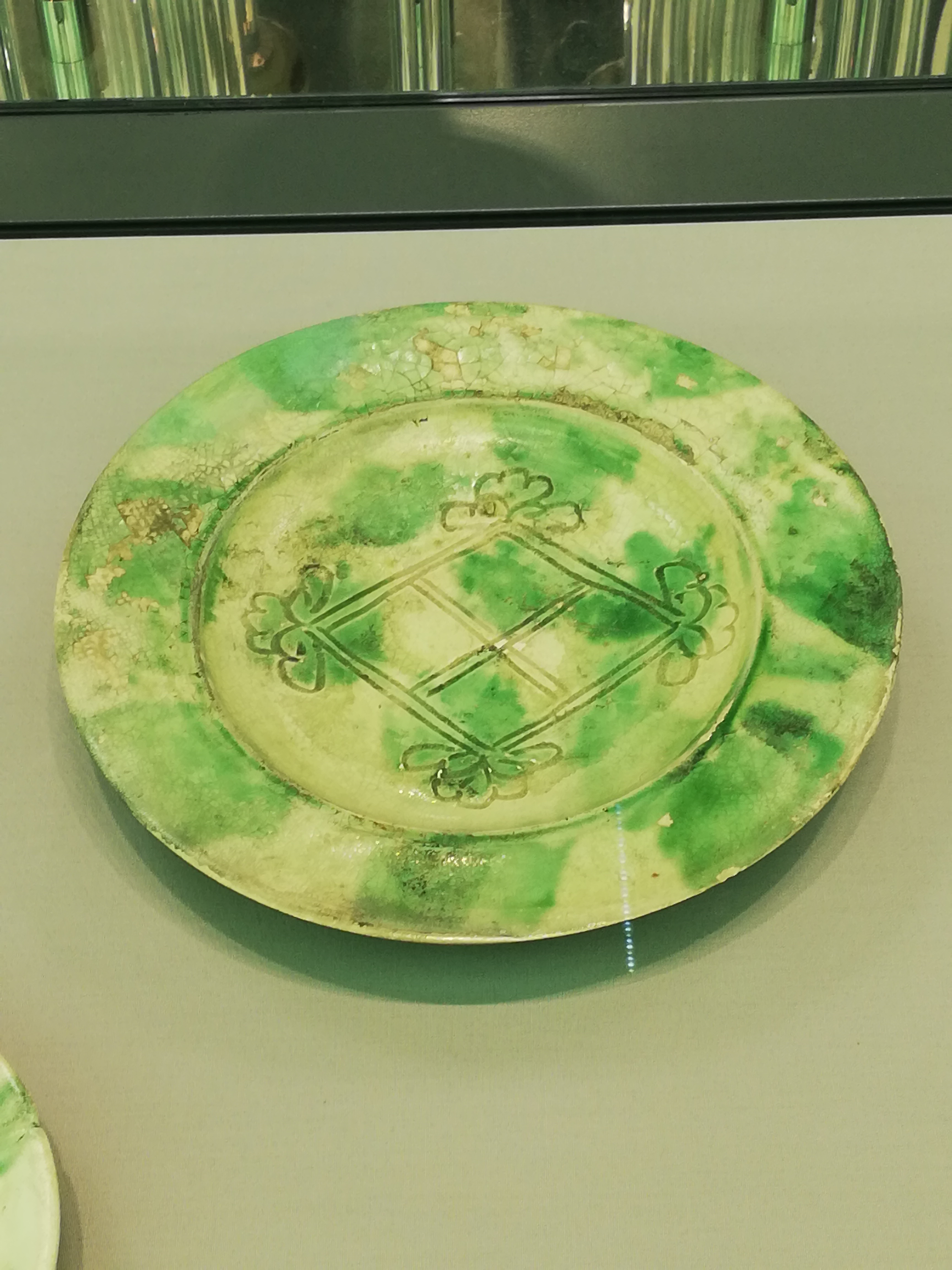 |
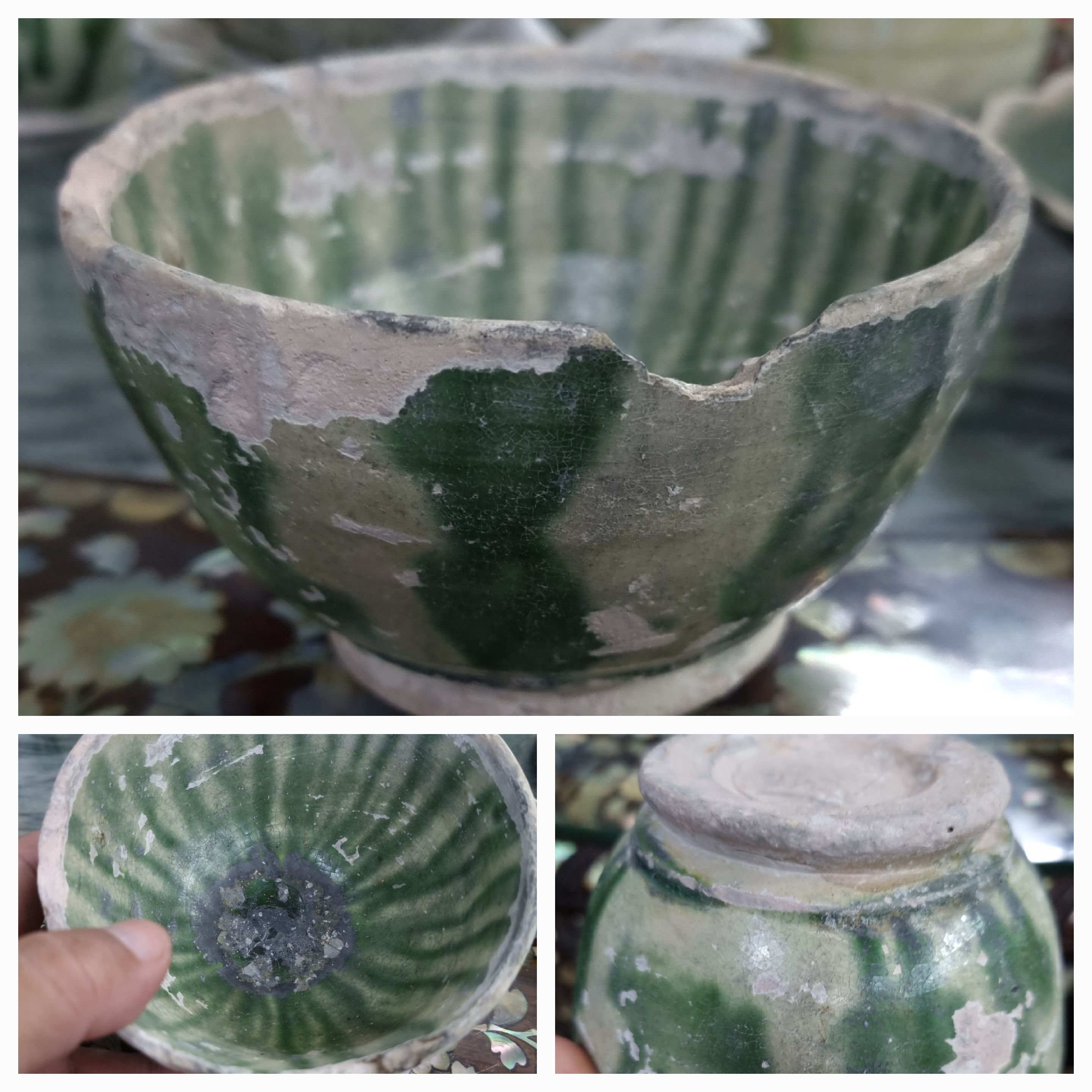 |
|
| Comparison of wares with green/amber splashes from Ba Ria (left) and Belitung wreck. | |
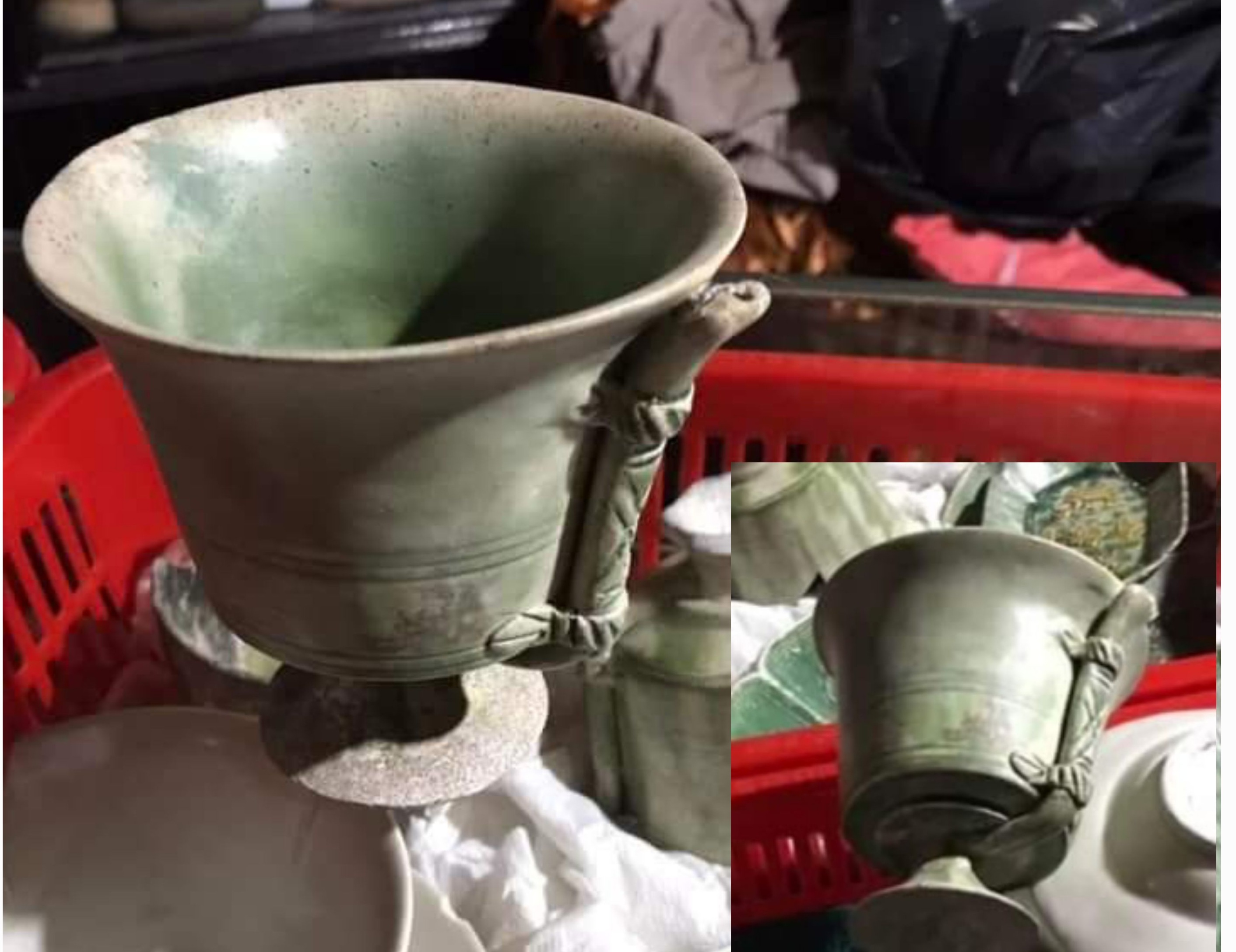 |
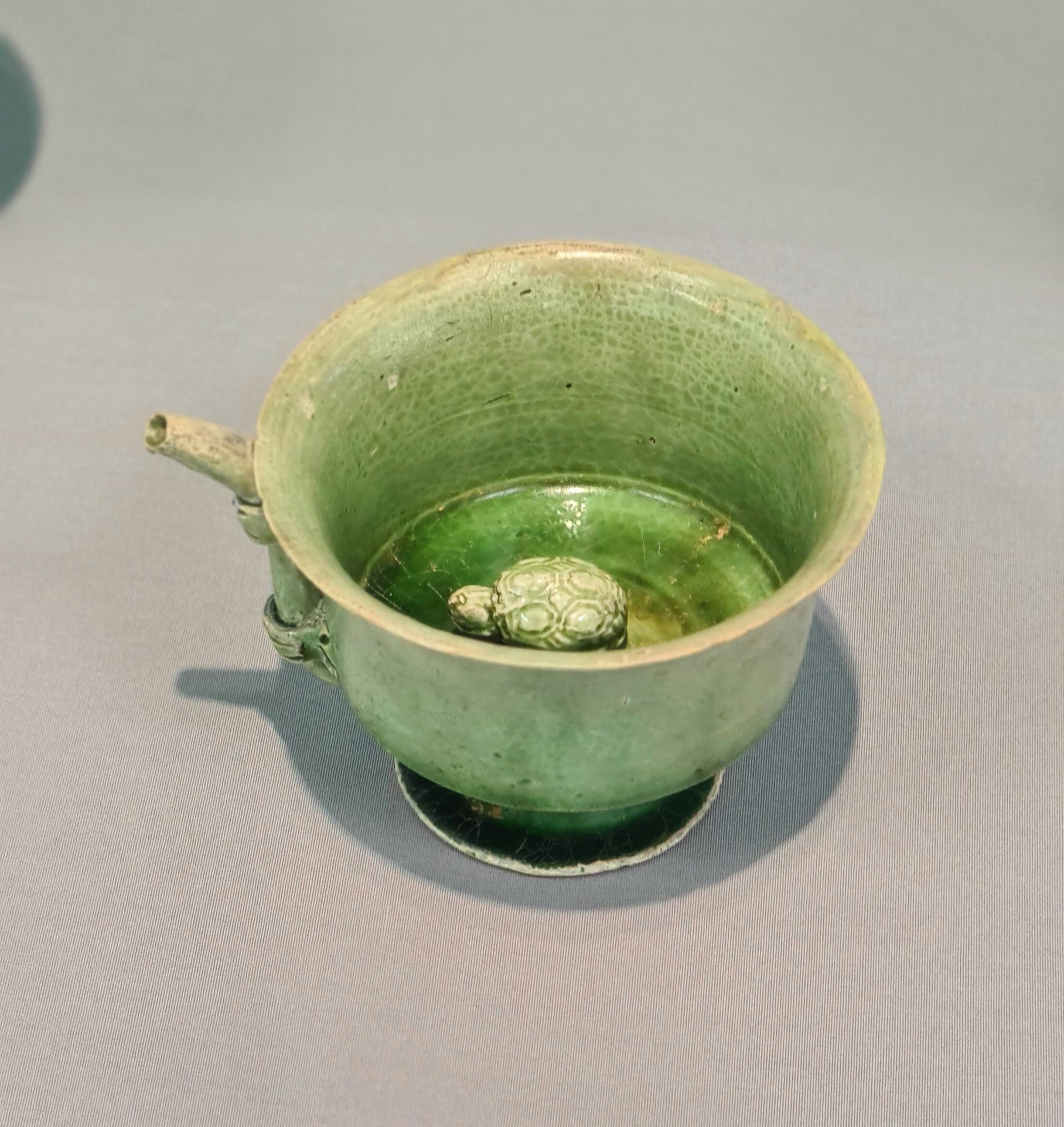 |
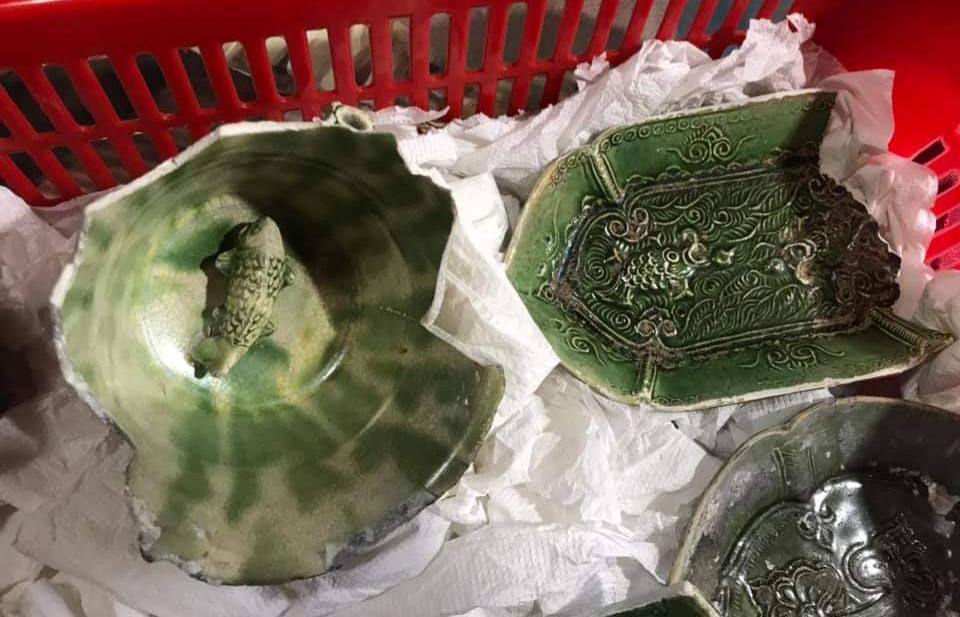 |
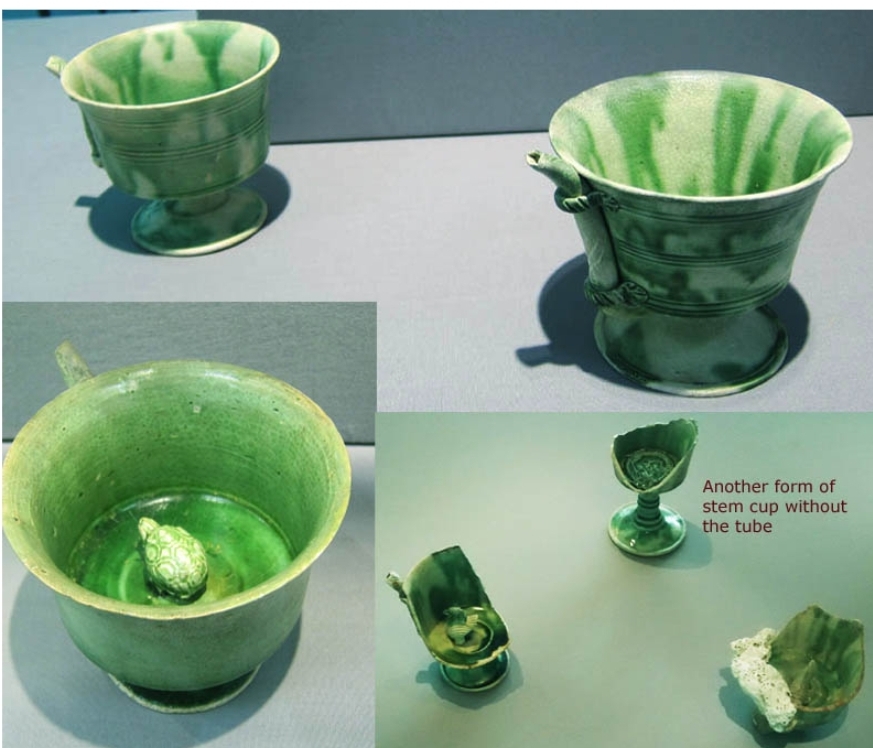 |
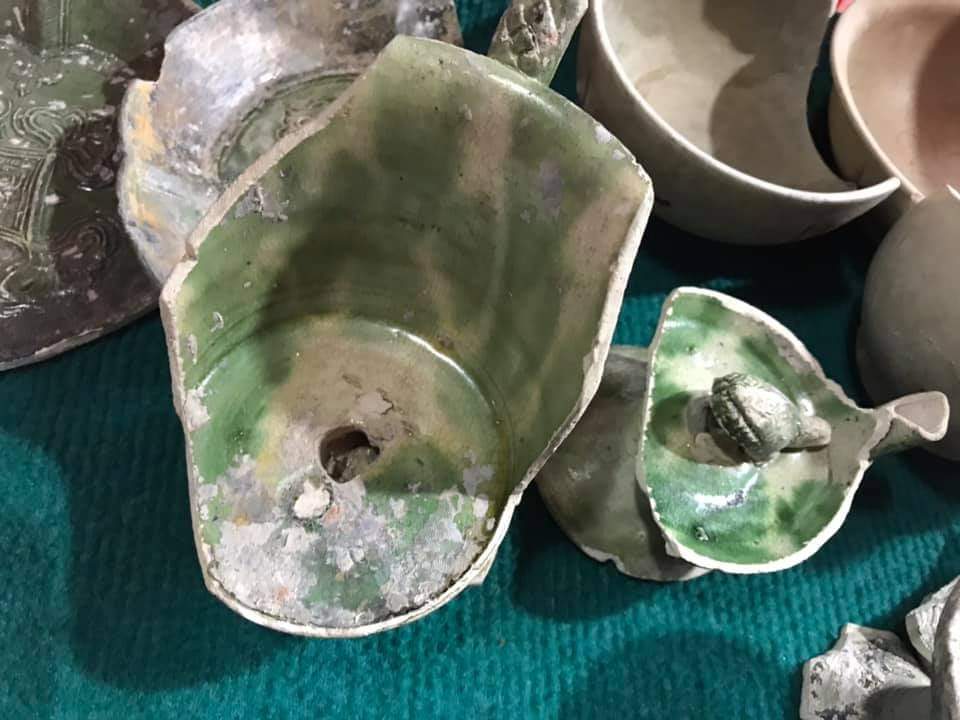 |
| Both the Ba Ria (left) and Belitung wreck carried stem cups that as figurine such as tortoise, fish or duck on the interior. The cup has a tube which is linked to a hole just below the figurine. The drink could be imbibed through the tube. |
Of all the ceramic artefacts from the wreck, those lead green/ yellow wares with impressed decoration are particularly interesting. They came in various dish and cup forms with lobed rim. The form and decoration are clearly influenced by contemporaneous Middle East/West Asia Islamic gold/silver vessels. Such products were known to be exported in relatively small quantity and mainly targetted at the Middle East/West Asia markets.
Based on archaeological exavation sources, they were known to be produced in Henan,Hebei and Shanxi kilns. Those from this wreck bear much similarity to that produced in Hebei Jingxing kiln (河北井陉窑).
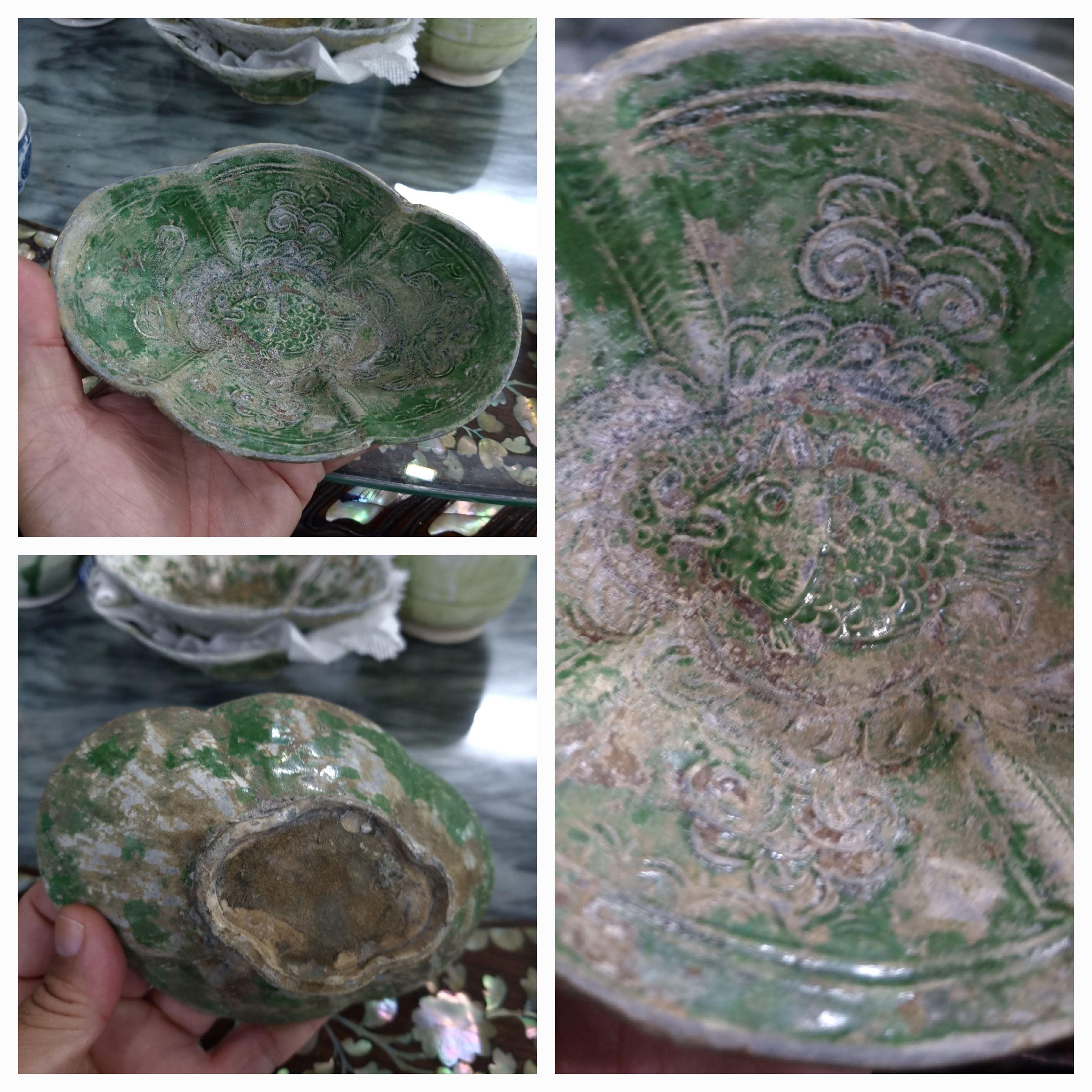 |
 |
|
Comparison of an oval shaped cup with lobed rim from
Ba Ria Wreck (left) and that from a Tang grave attributed to
Hebei jingxing kiln. Based on the museum description, the
grave is dated to 3rd year of Tang Hui Chang (会昌三年) i.e. 843 A.D. |
|
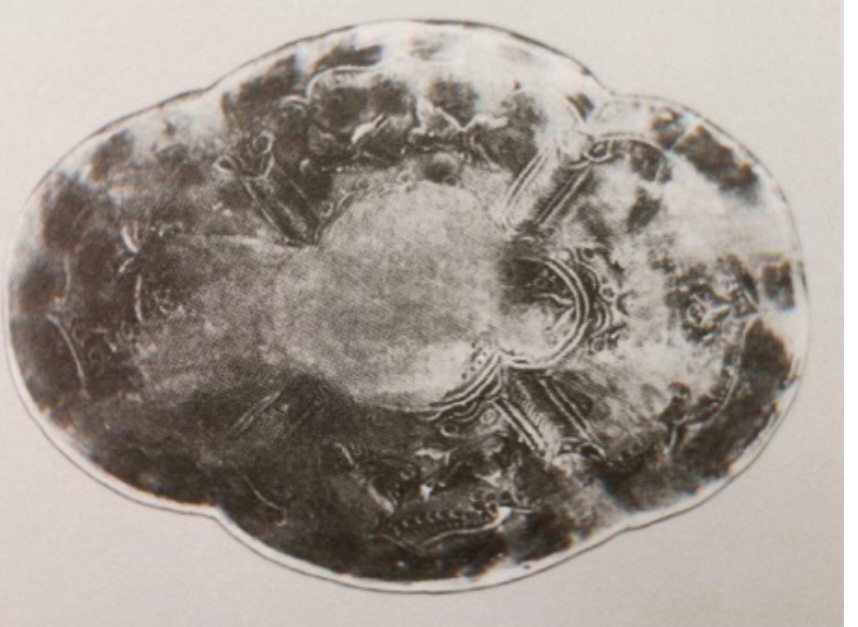 |
|
| An example found at Iran Shiraf ancient site | |
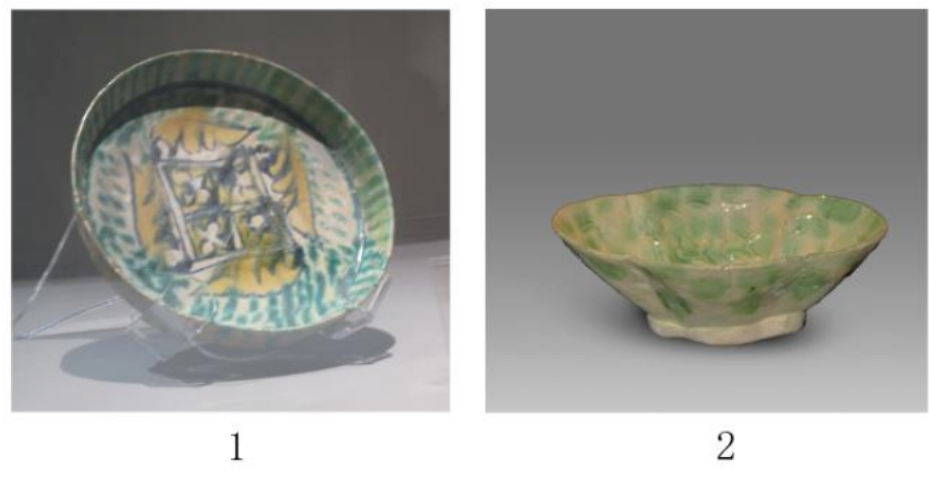 |
|
| Two 9th cent. locally produced vessels with green splashes in Iran National Museum | |
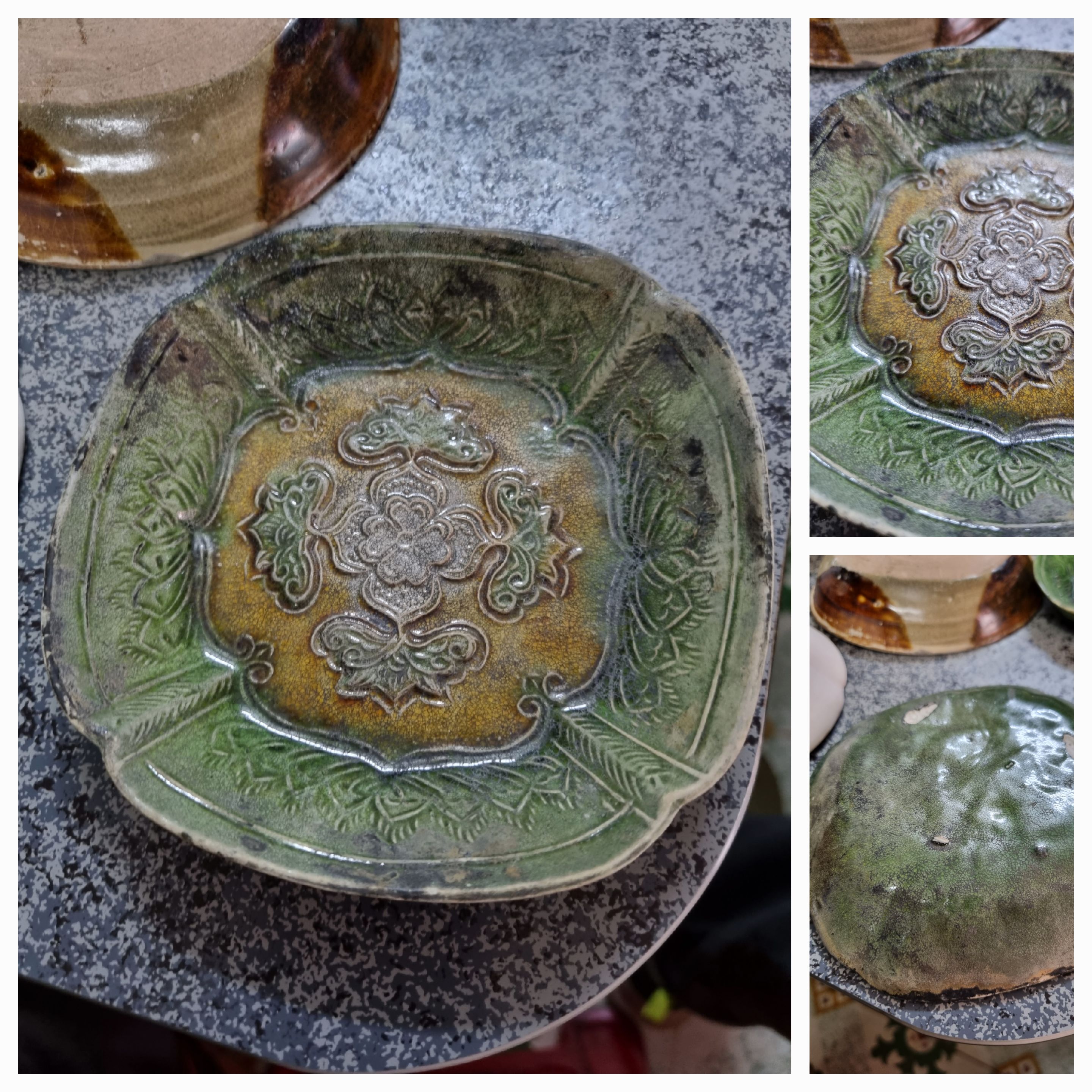 |
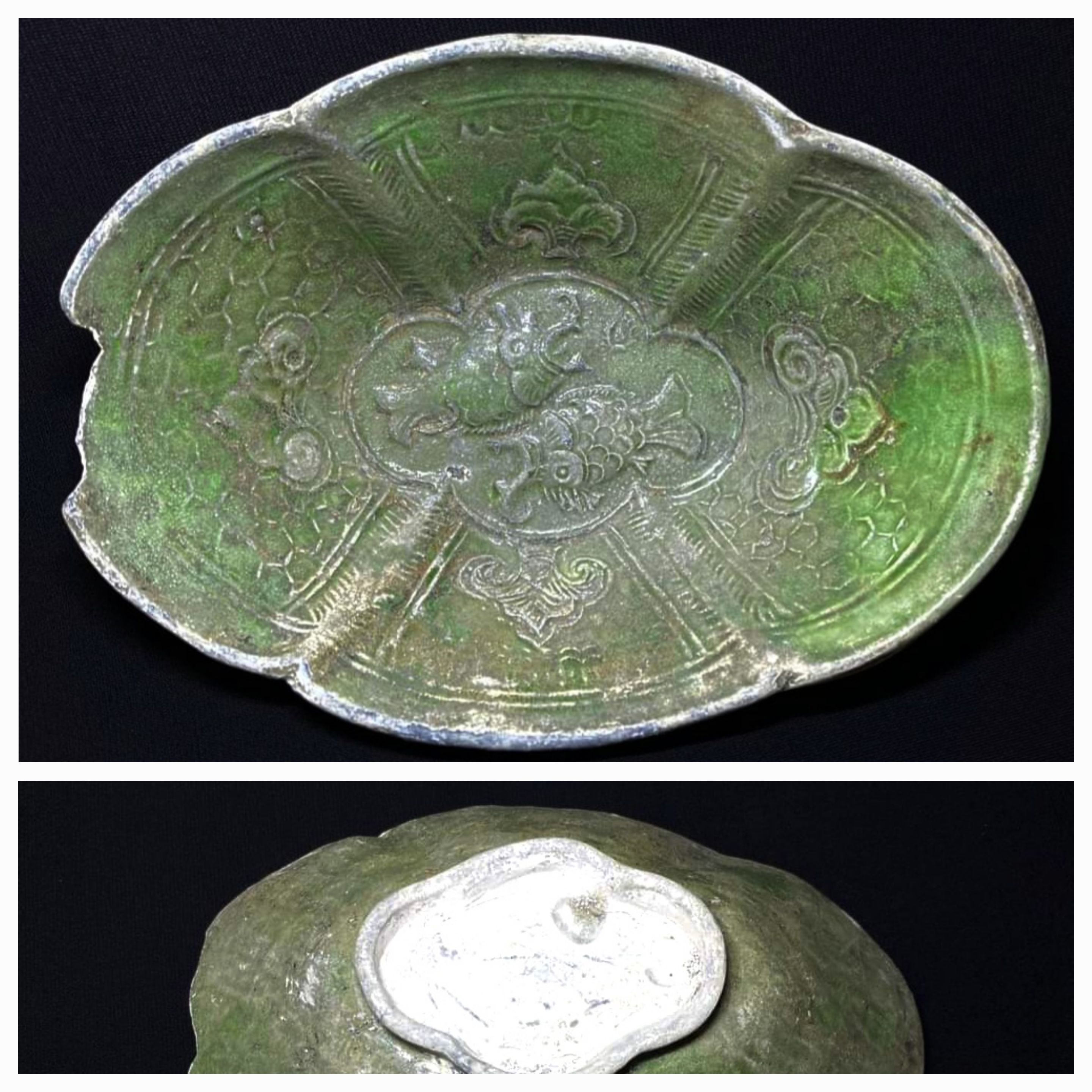 |
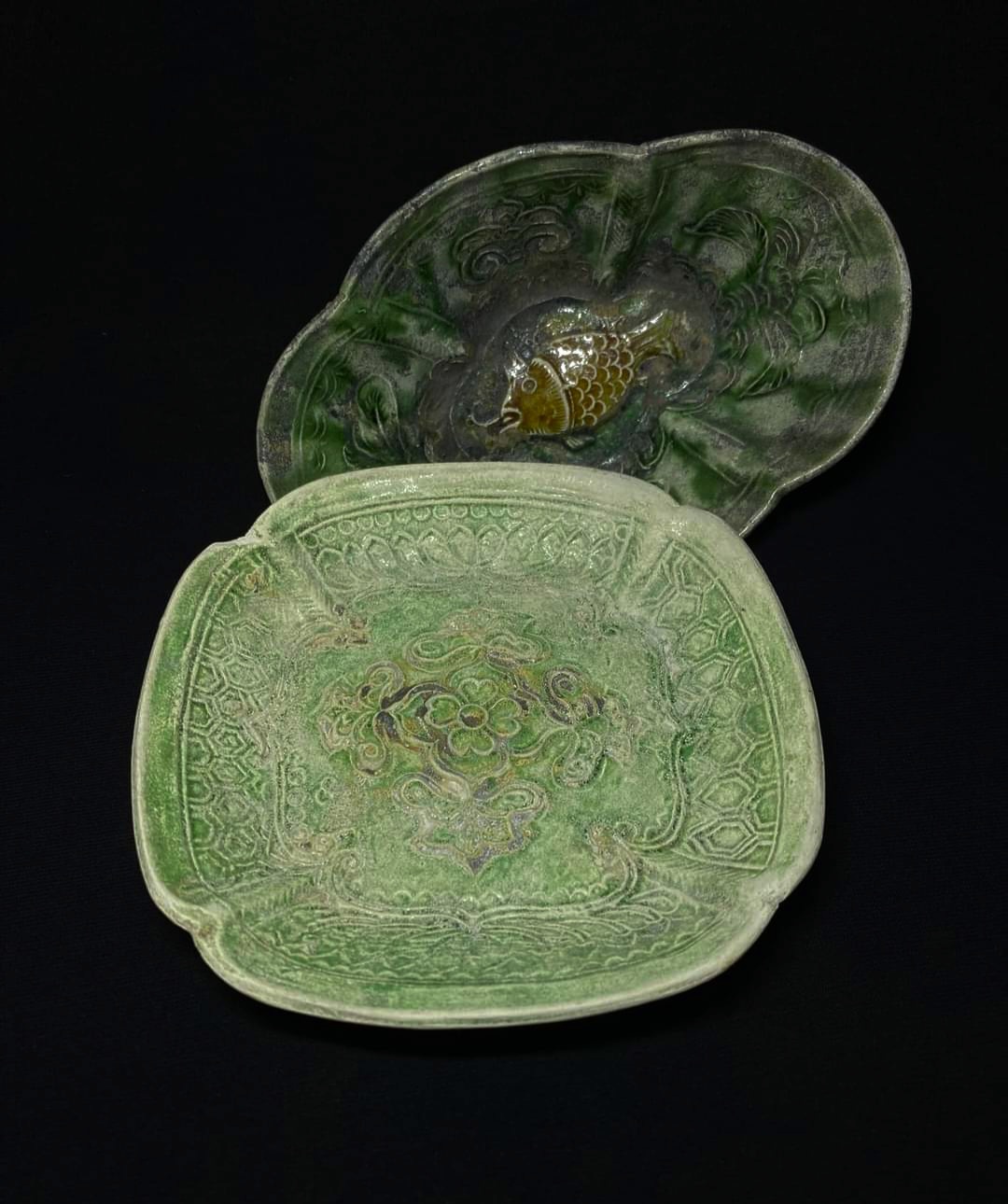 |
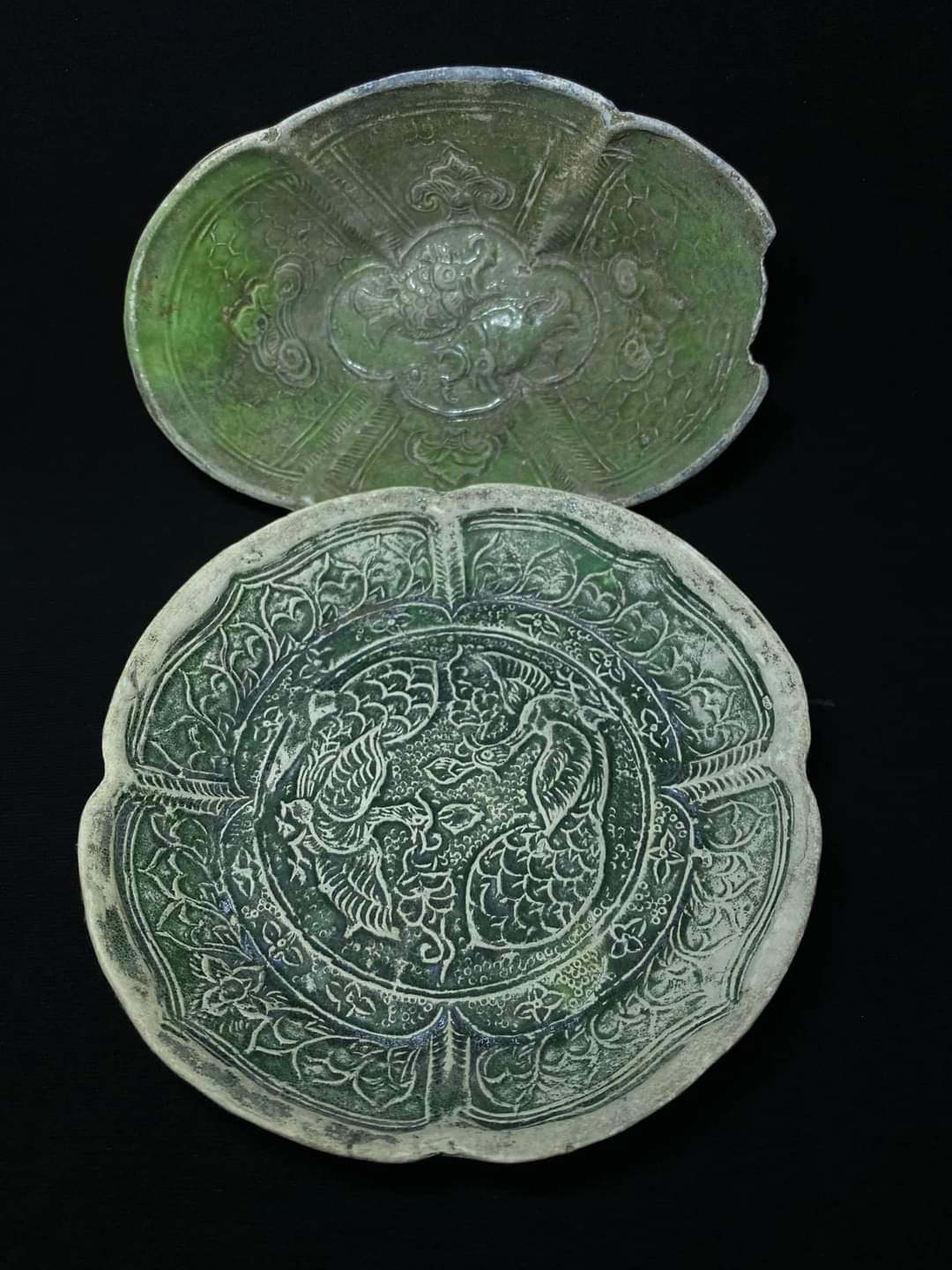 |
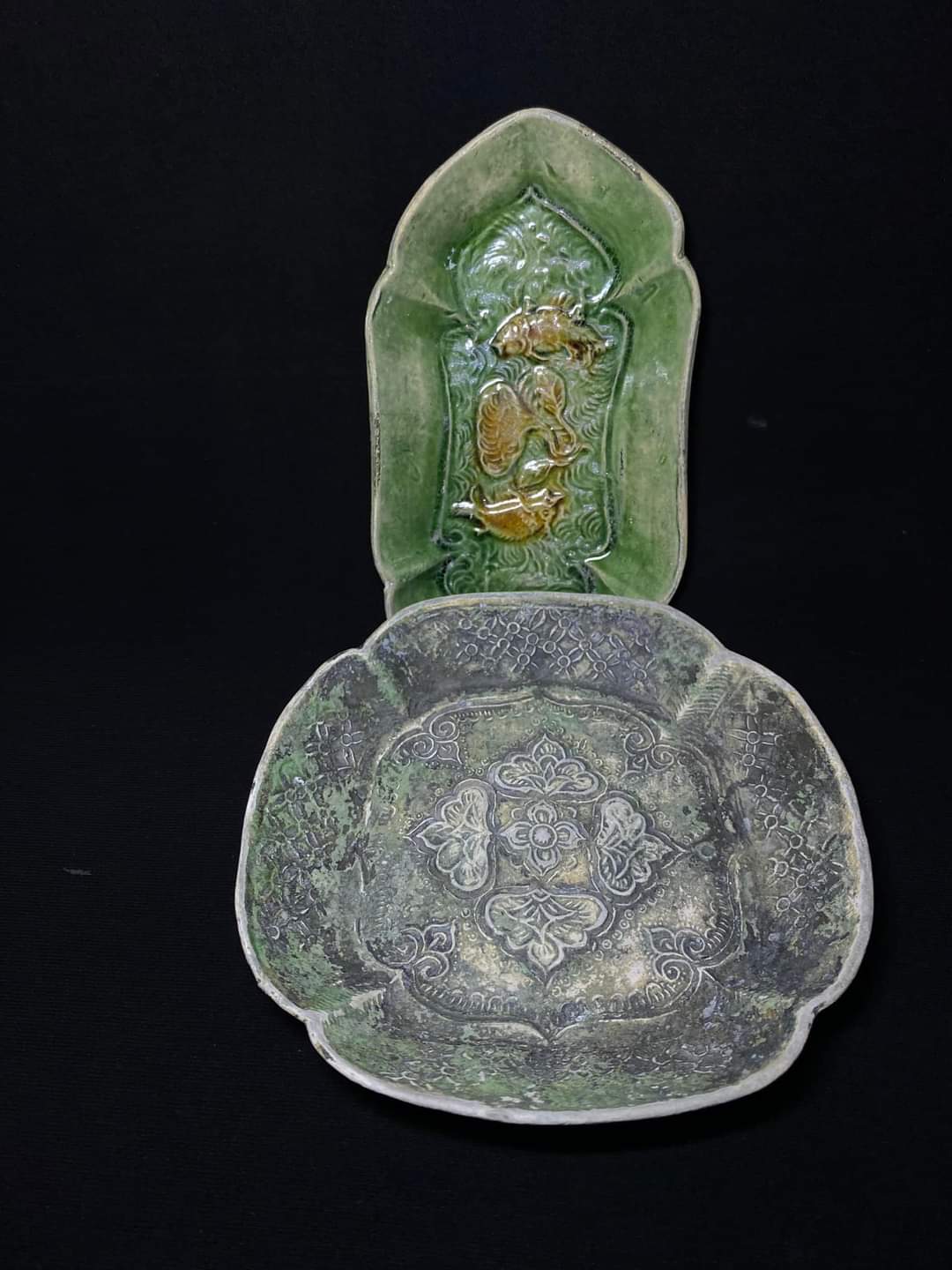 |
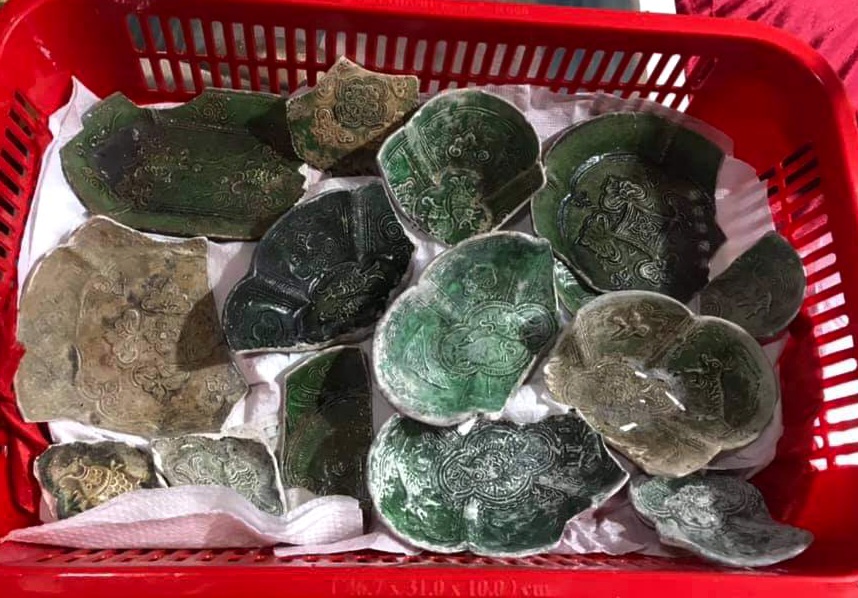 |
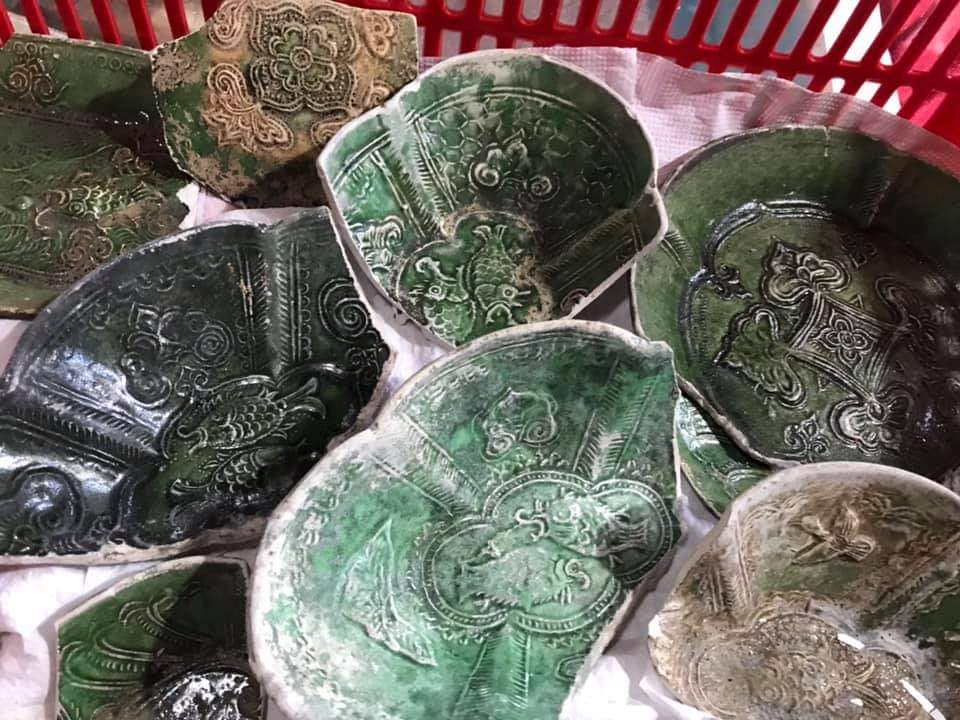 |
 |
|
Various examples from Facebook
sources. Photo credit: Thien Tong and Lam Du Xenh |
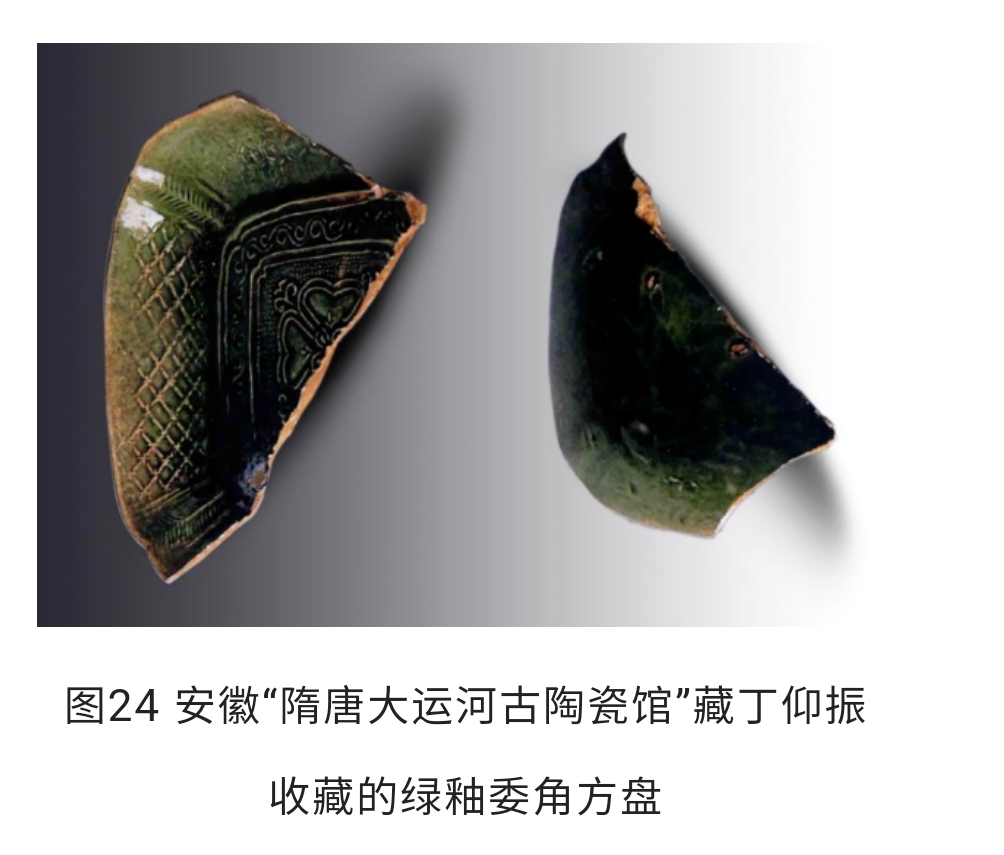 |
| Green glaze dish fragments recovered from the Sui/Tang Grand Canal |
Chronologically, are the artefacts from the Ba Ria Wreck produced earlier or later than those from the Belitung wreck? The Belitung wreck is generally accepted as dating to around 826 A.D based the inscription of 2nd year of Baoli found on a Changsha bowl. For Ba Ria wreck, two archaeological references from China are useful starting point to date it. The first is the Tang grave in Hebei Jingxing mentioned earlier. In the grave, there is a lead green glaze oval shaped lobed rim cup with impressed fish (or makara?). The grave is dated to 3rd year of Hui Chang (会昌三年) , i.e. 843 A.D. The second reference are two pieces of green glaze dishes with impressed decoration, found in the ancient Luoyang residential site of Tang poet, Bai Juyi (白居易). He returned to Luoyang in 824 A.D and passed away in 846 A.D. Hence, the wreck is likely dated to 2nd quarter of the 9th century and could be a couple of decades later than the Belitung wreck.
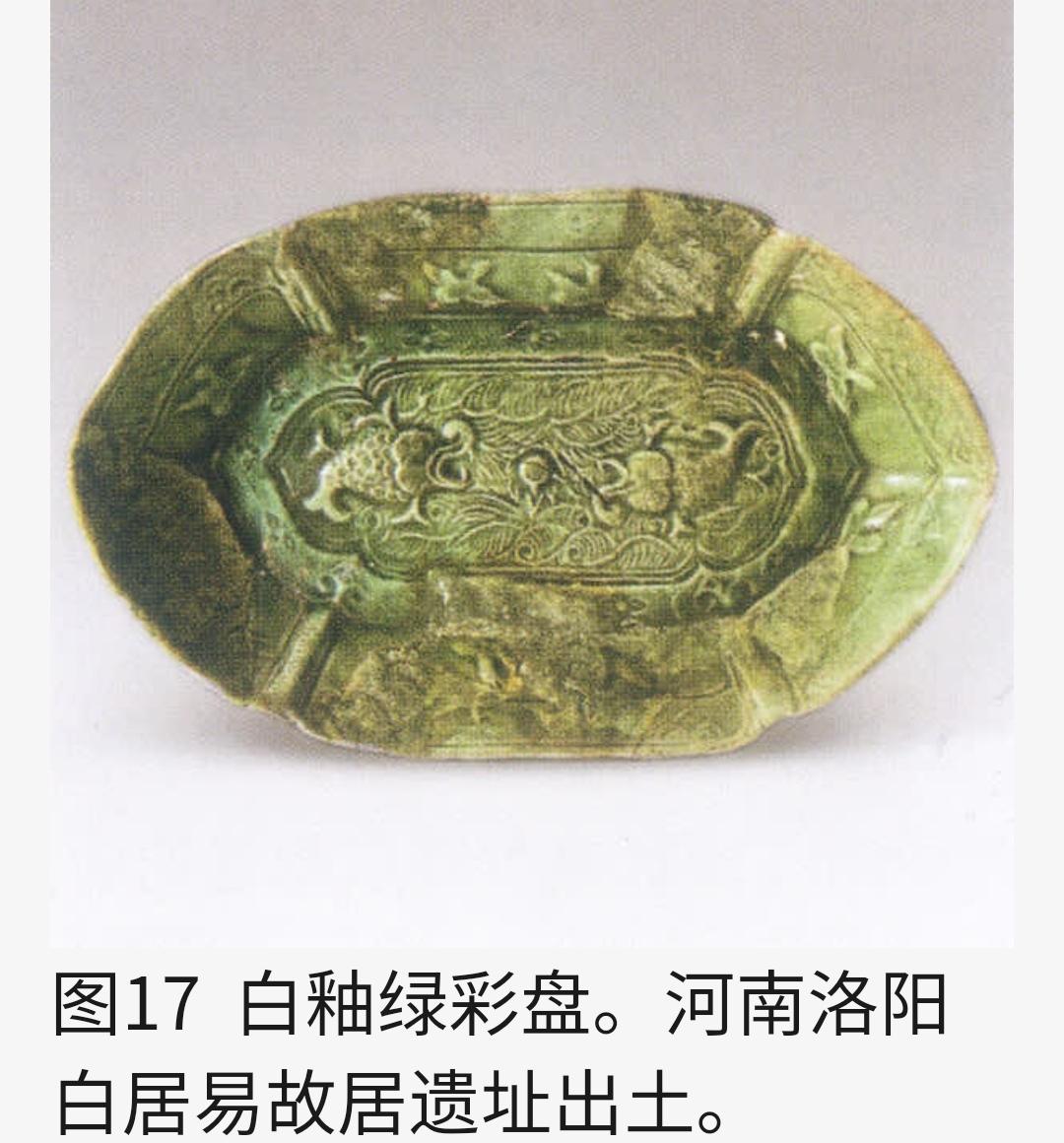 |
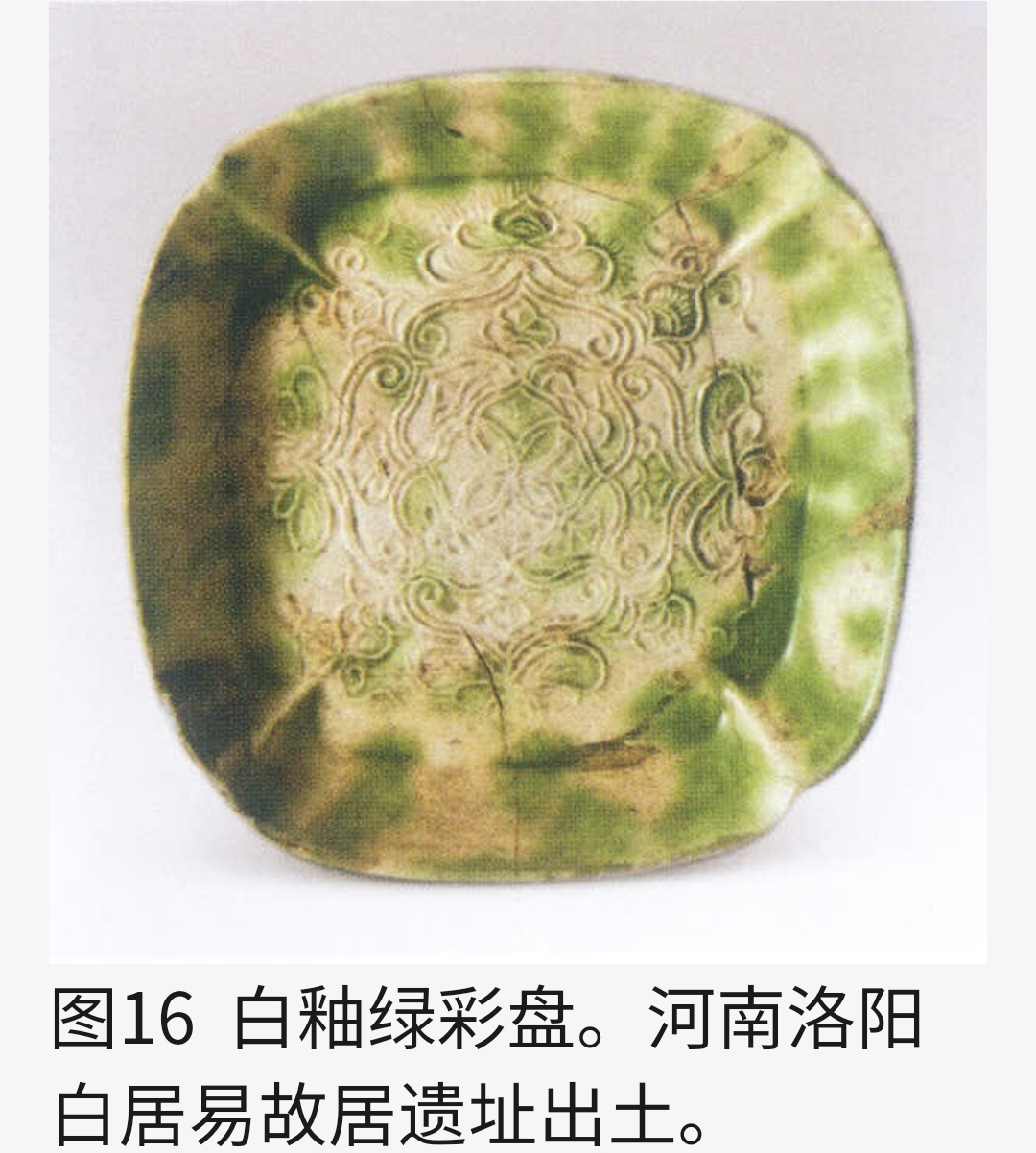 |
| Two green glaze dish with impressed decoration recovered from the Luoyang ancient residential site of Bai Ju Yi | |
In conclusion, the Vietnam Ba Ria wreck is another important find which together with the Belitung wreck provided a wealth of material useful for the study and understanding of Tang export trade ceramics of half of 9th century.
Written by: NK Koh (7 Sep 2022)
References: